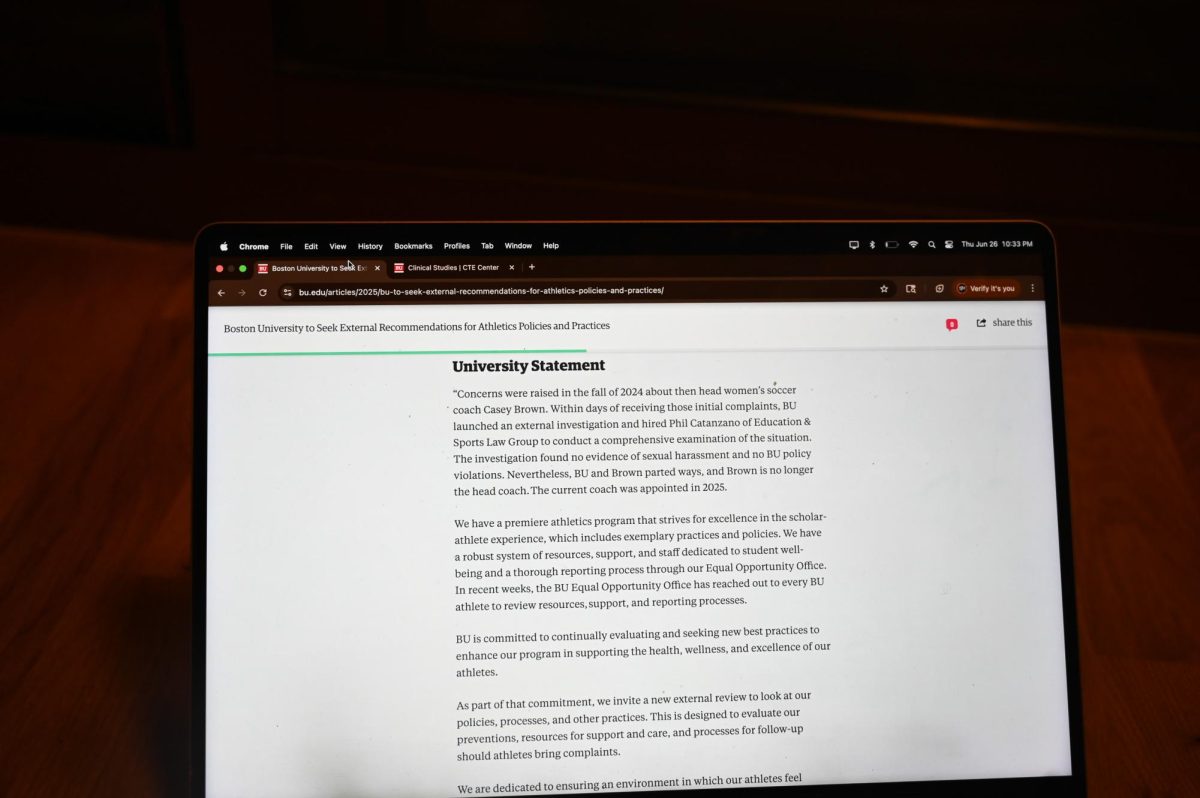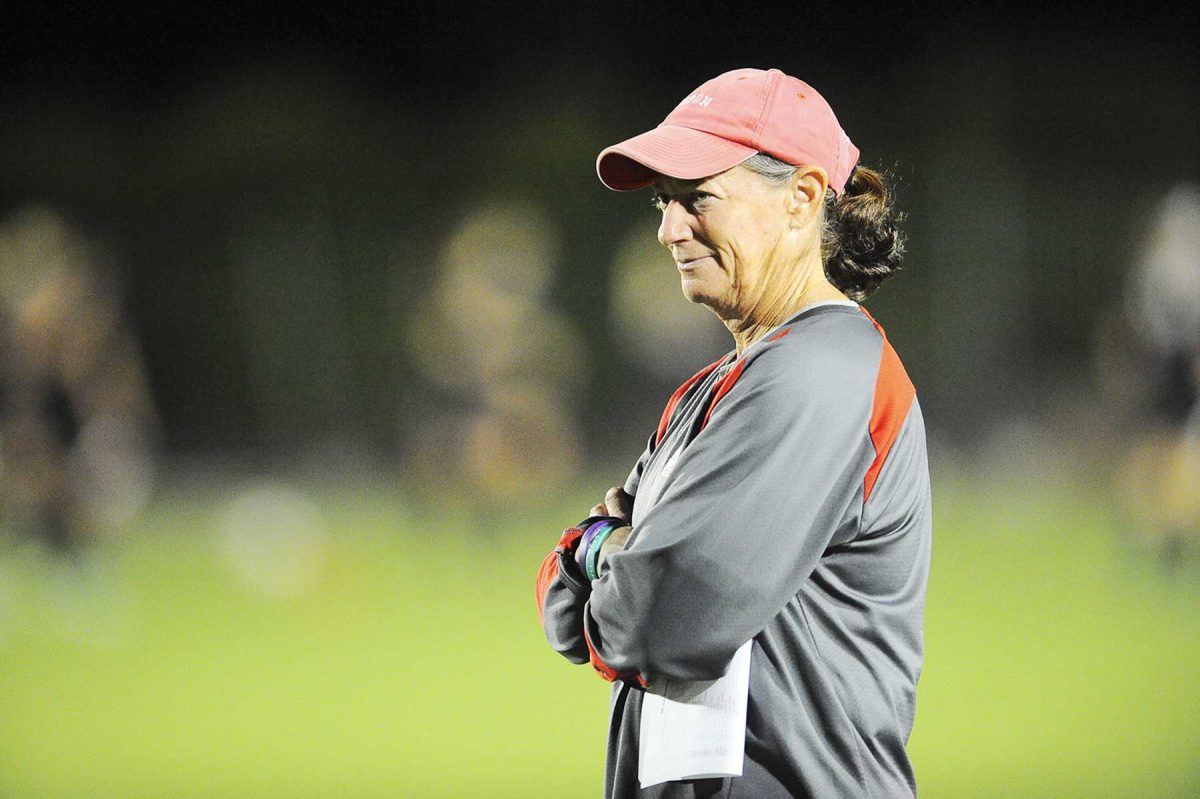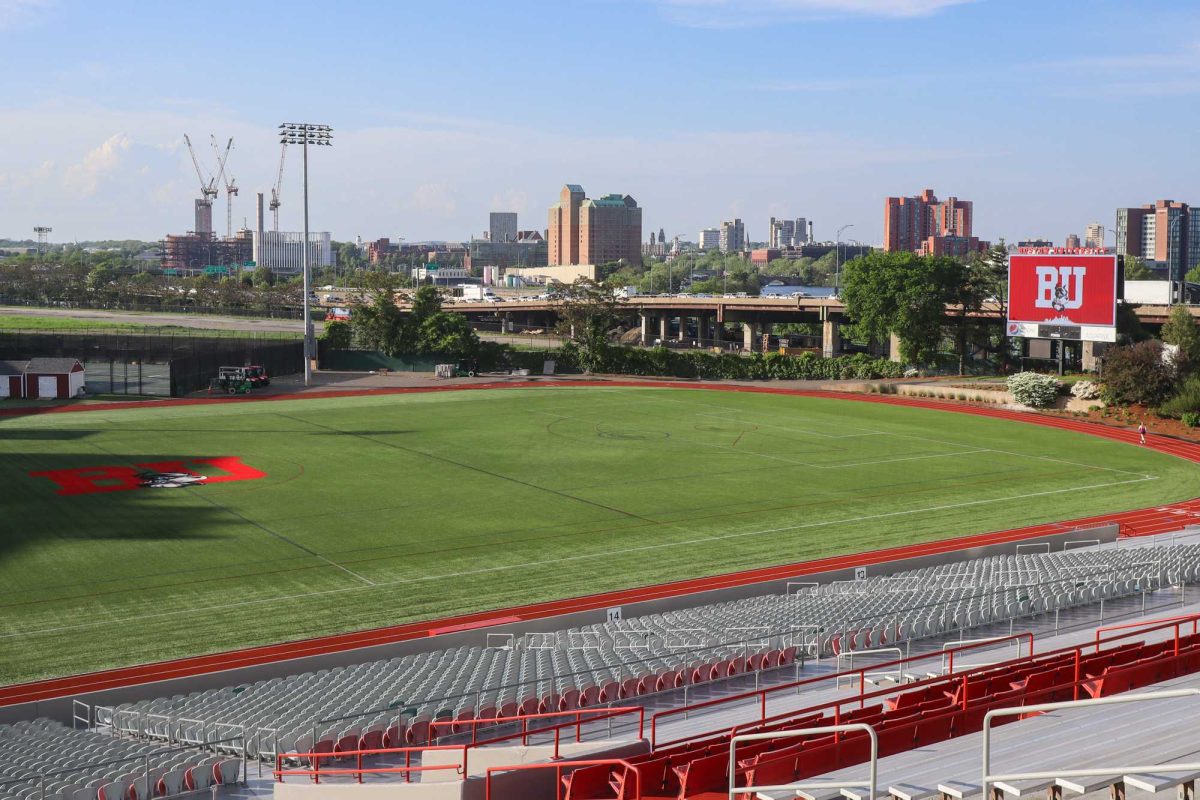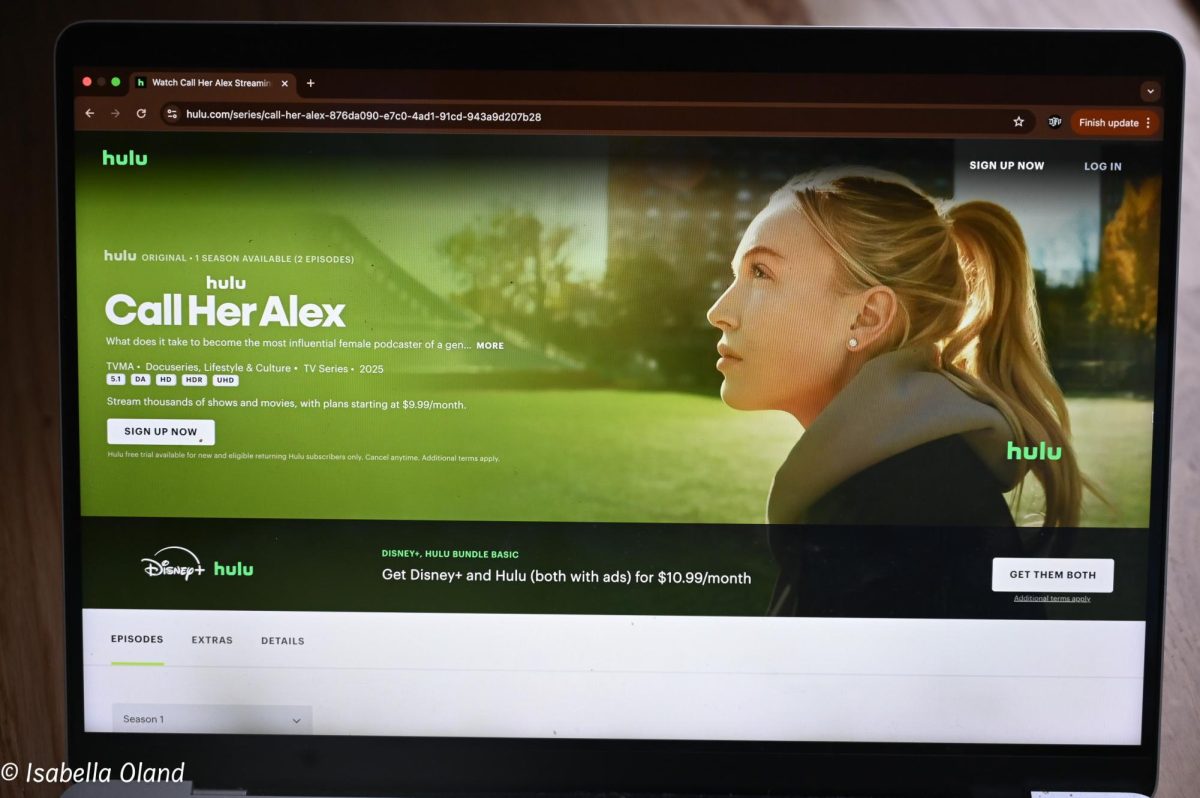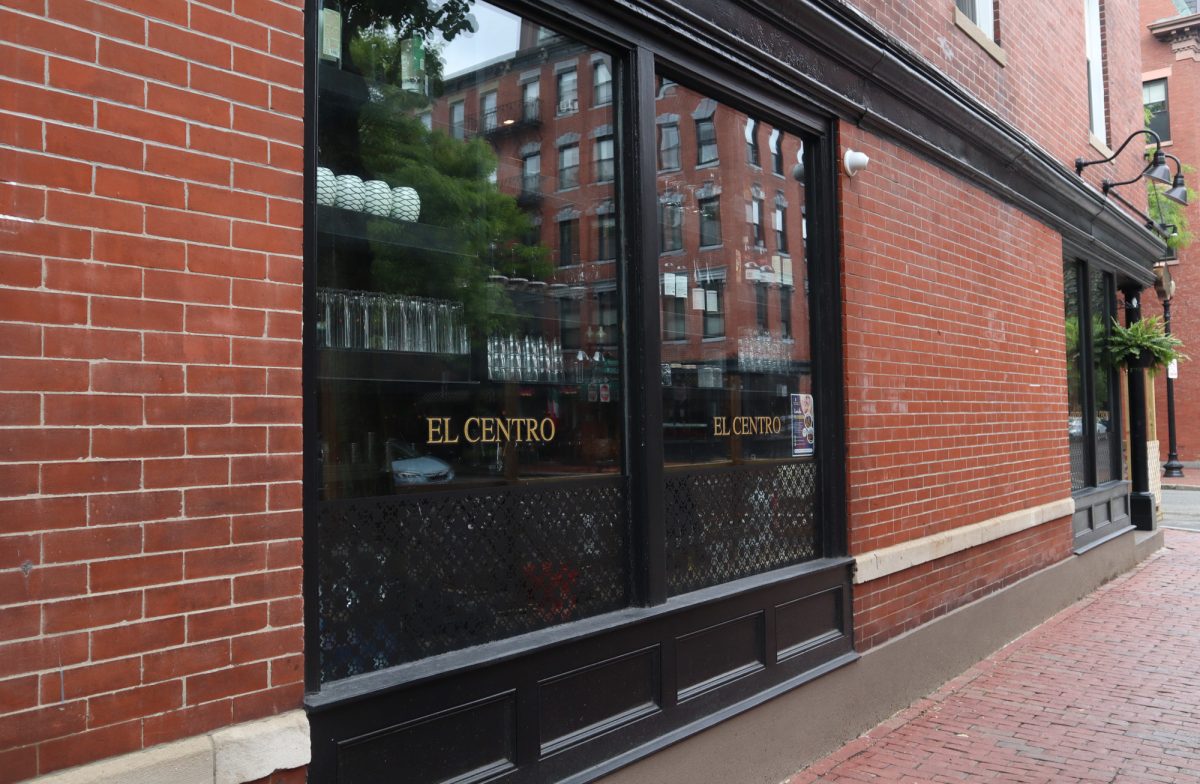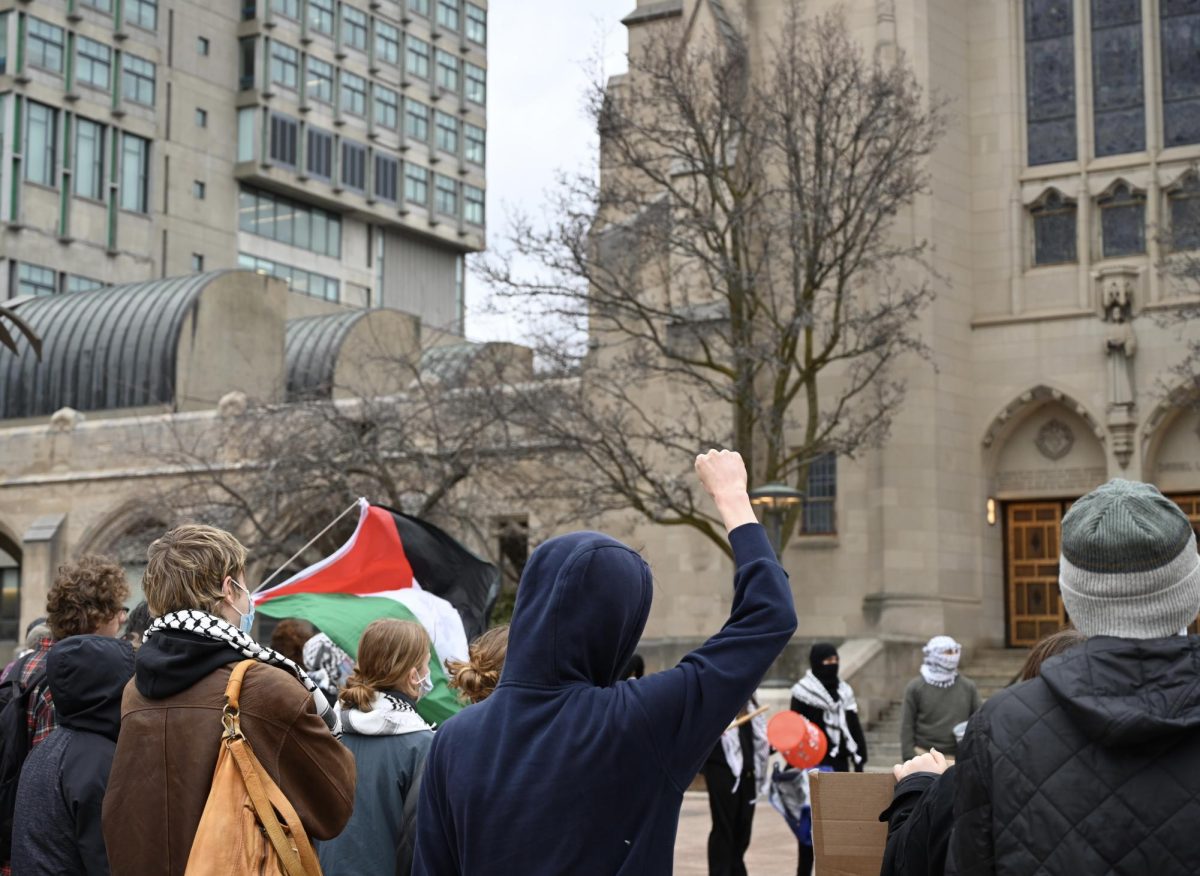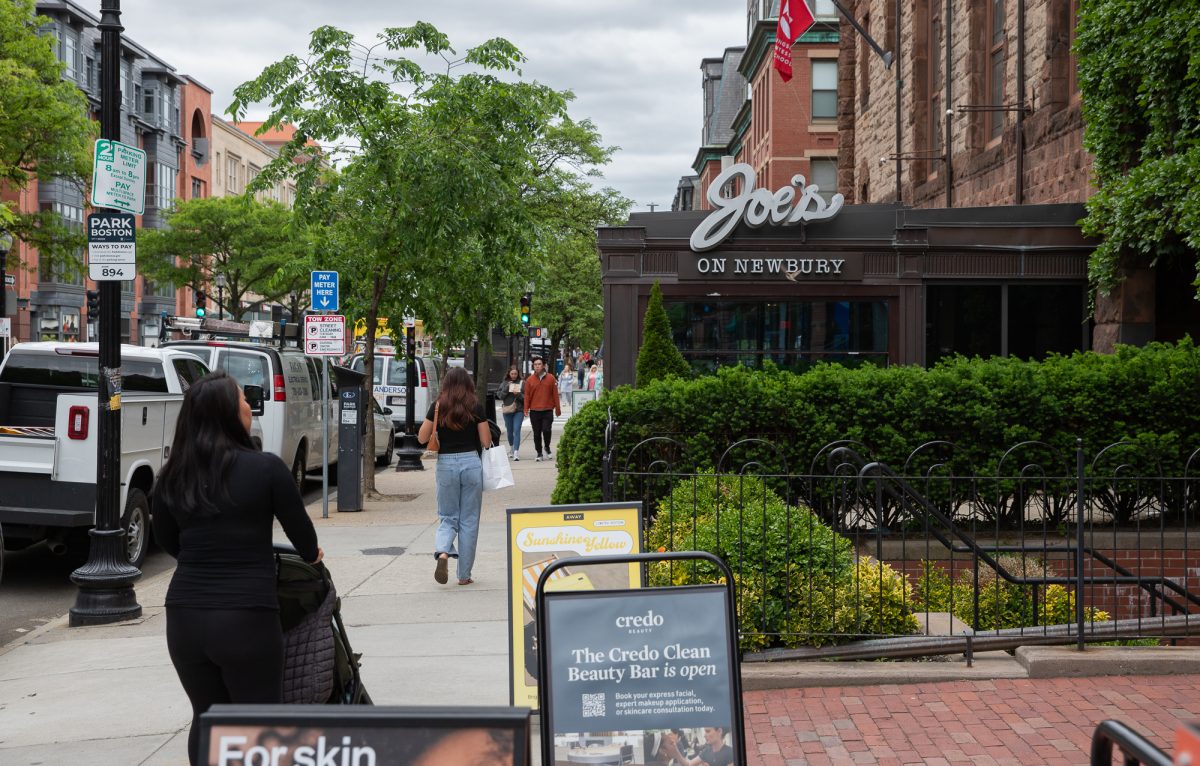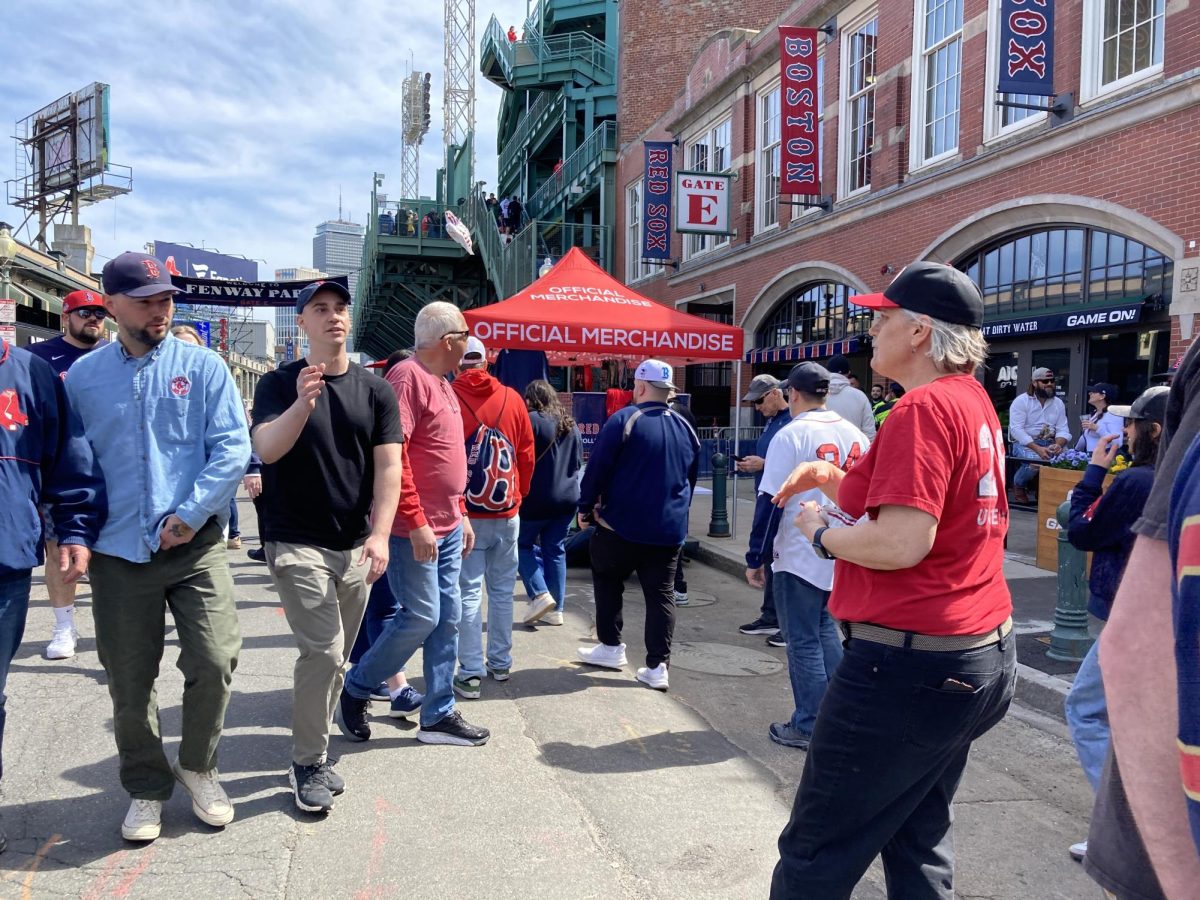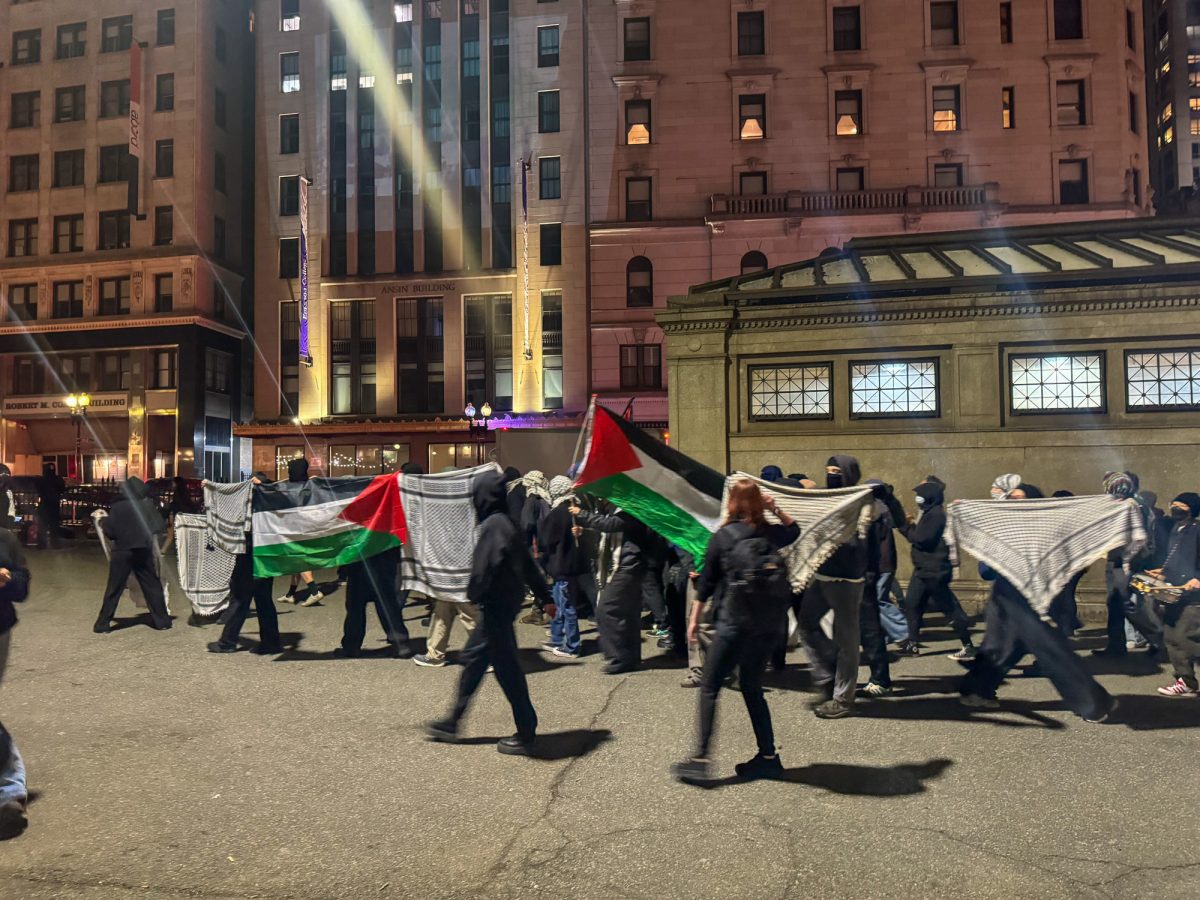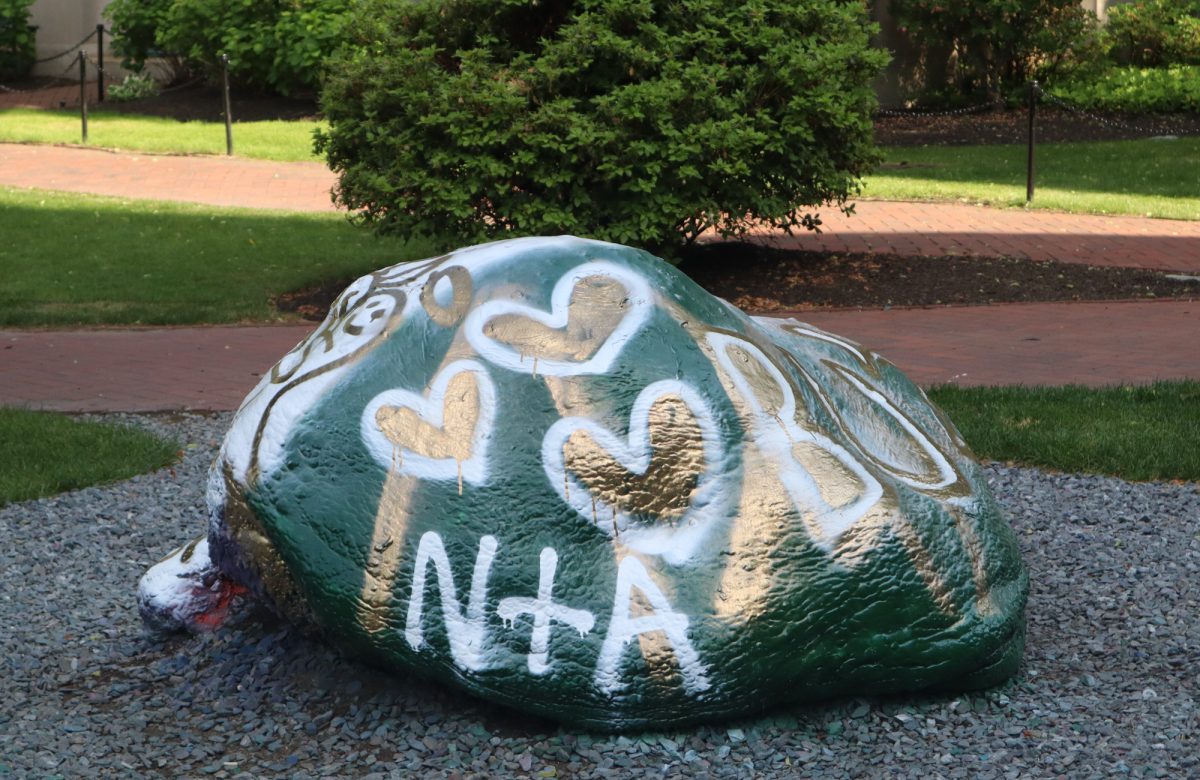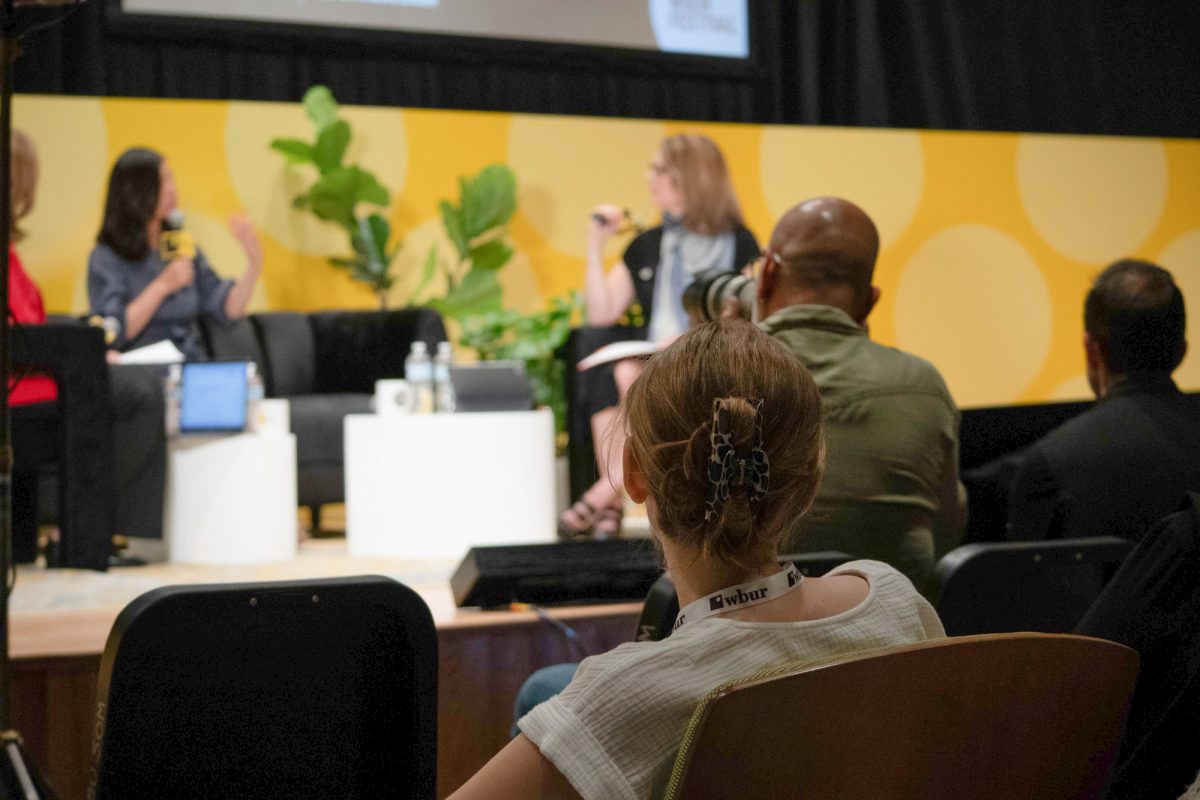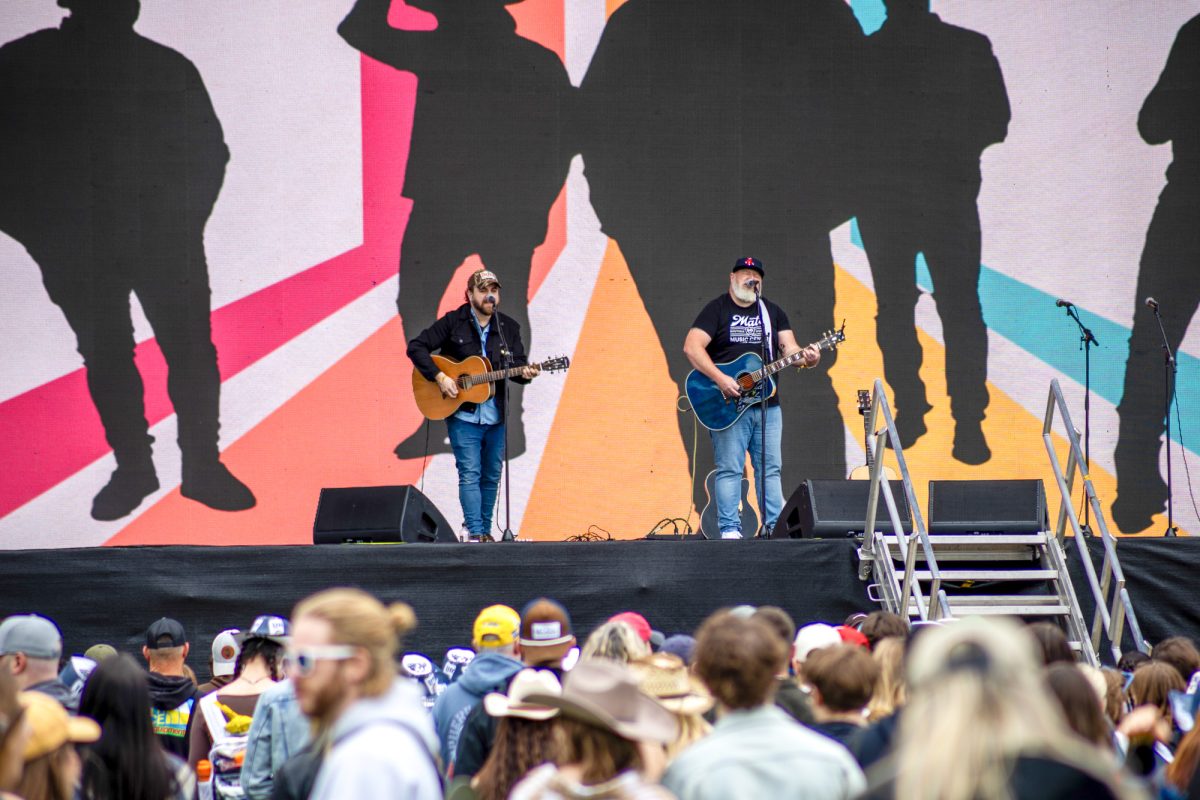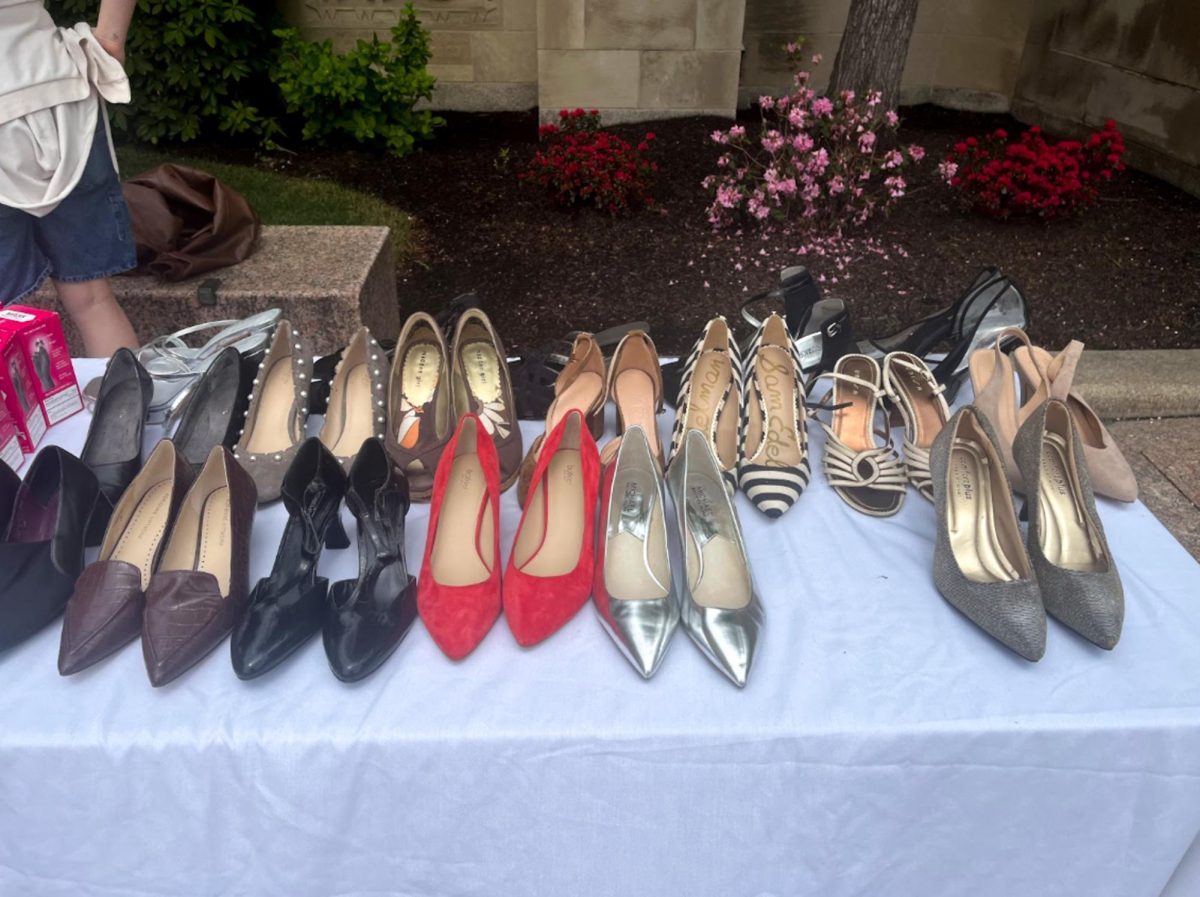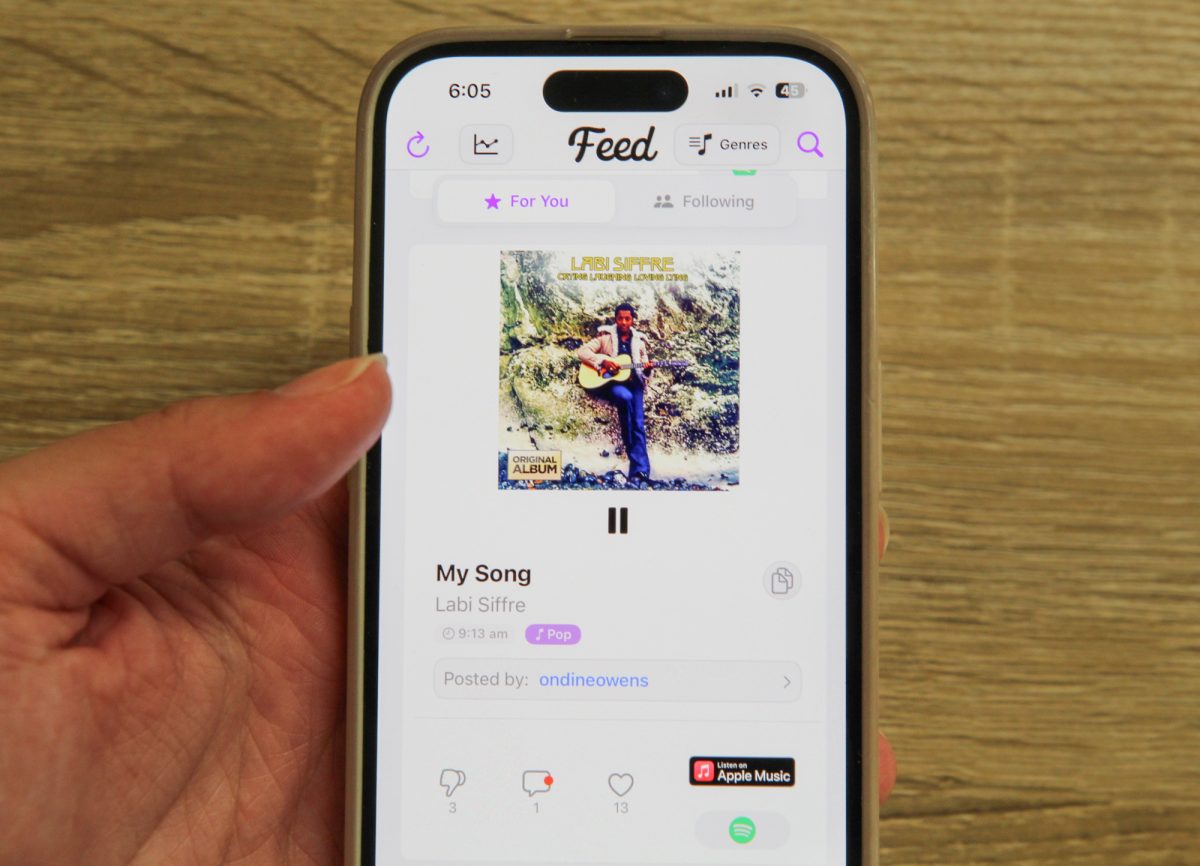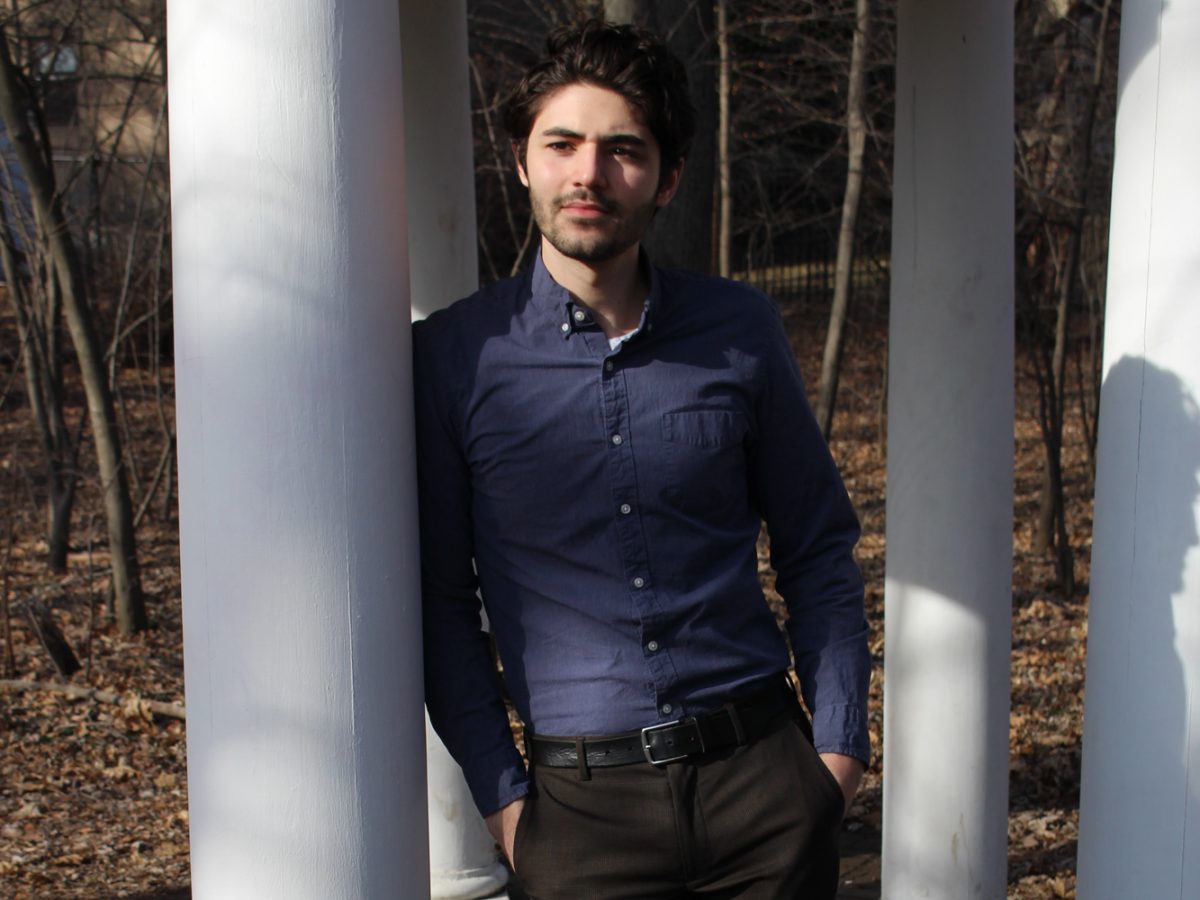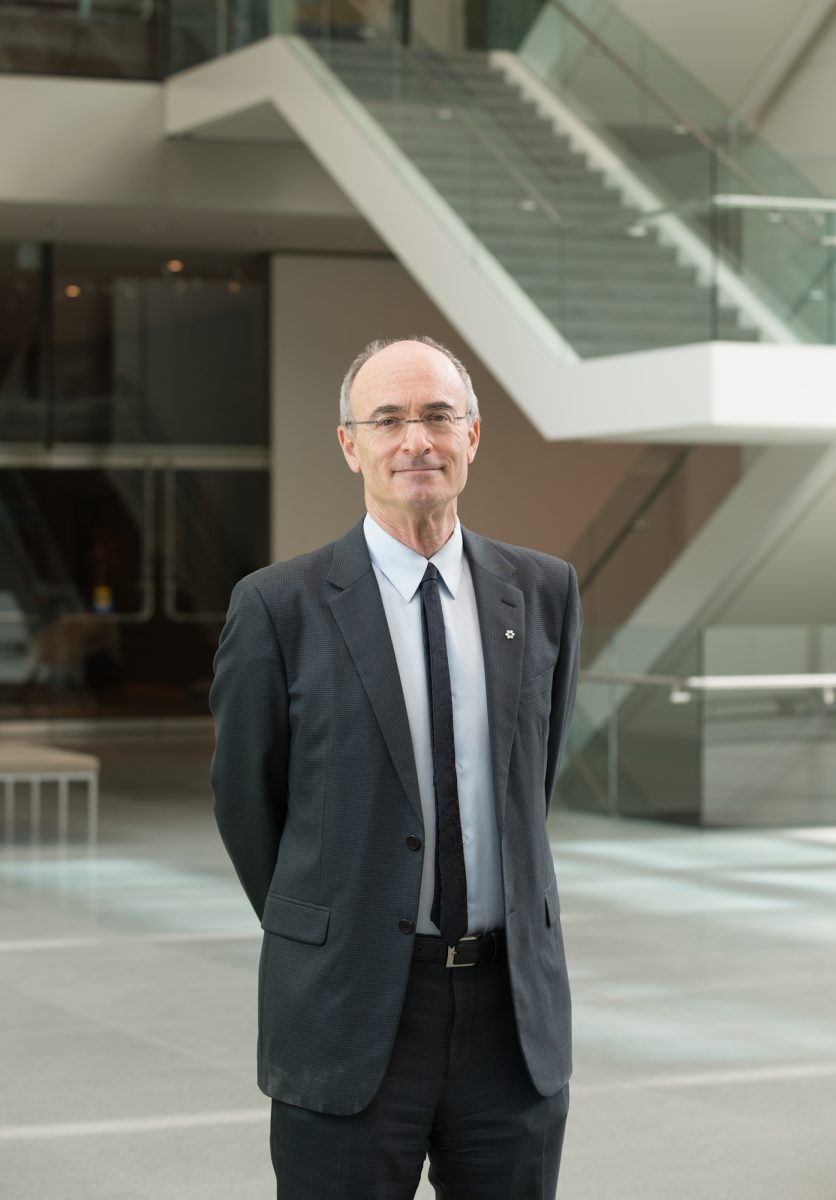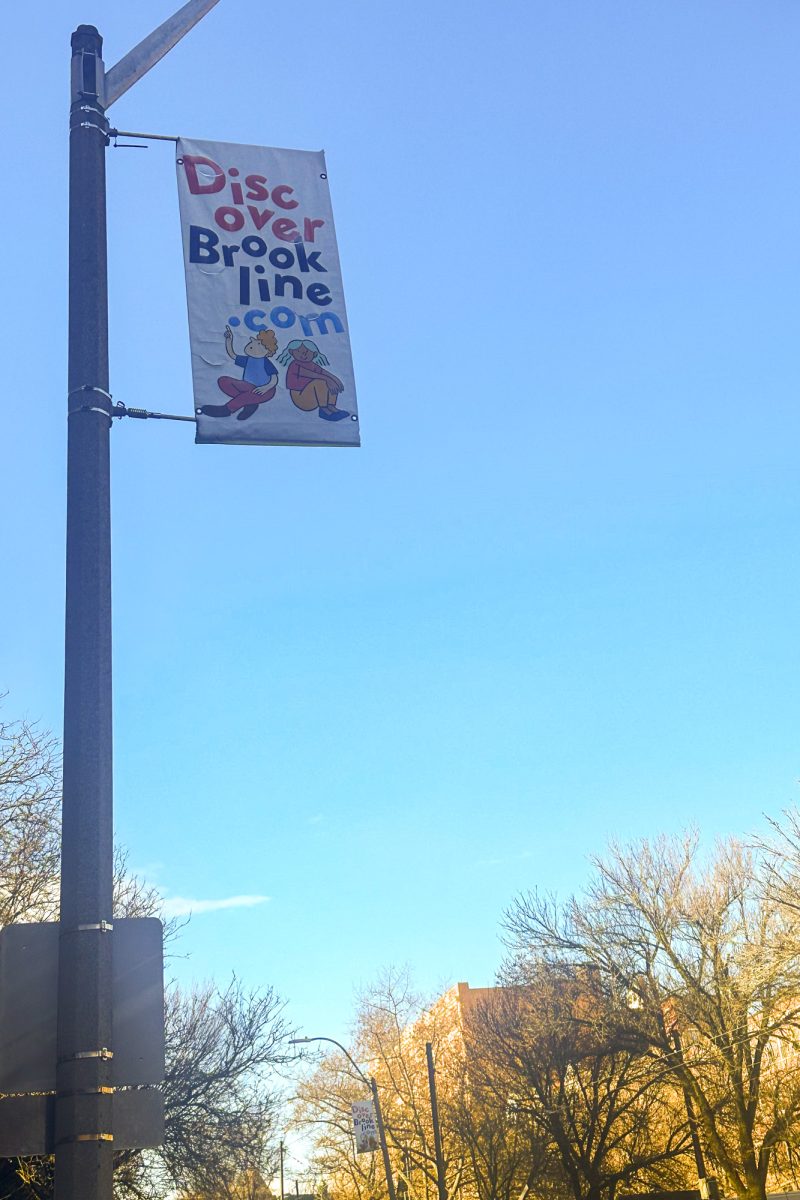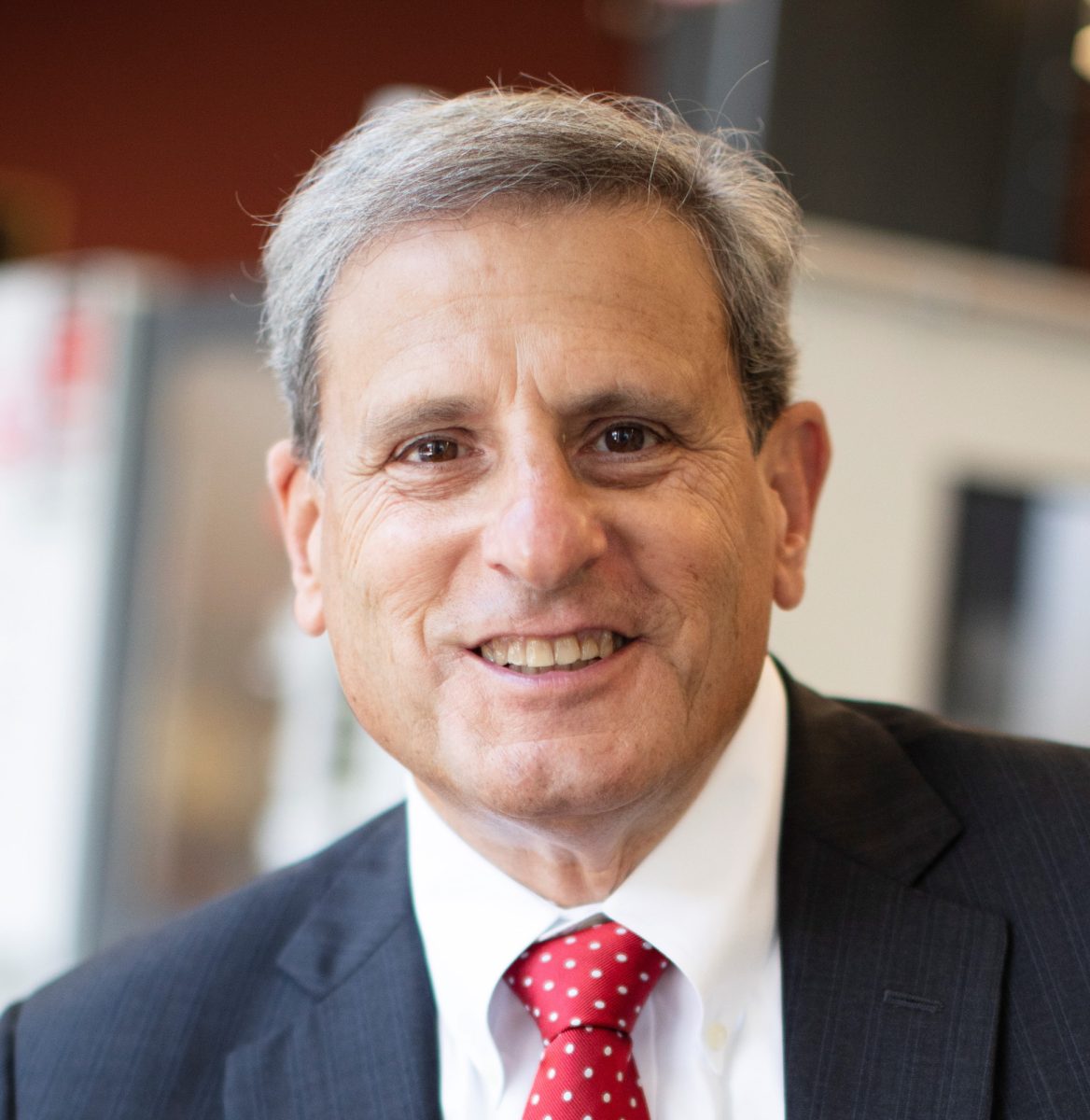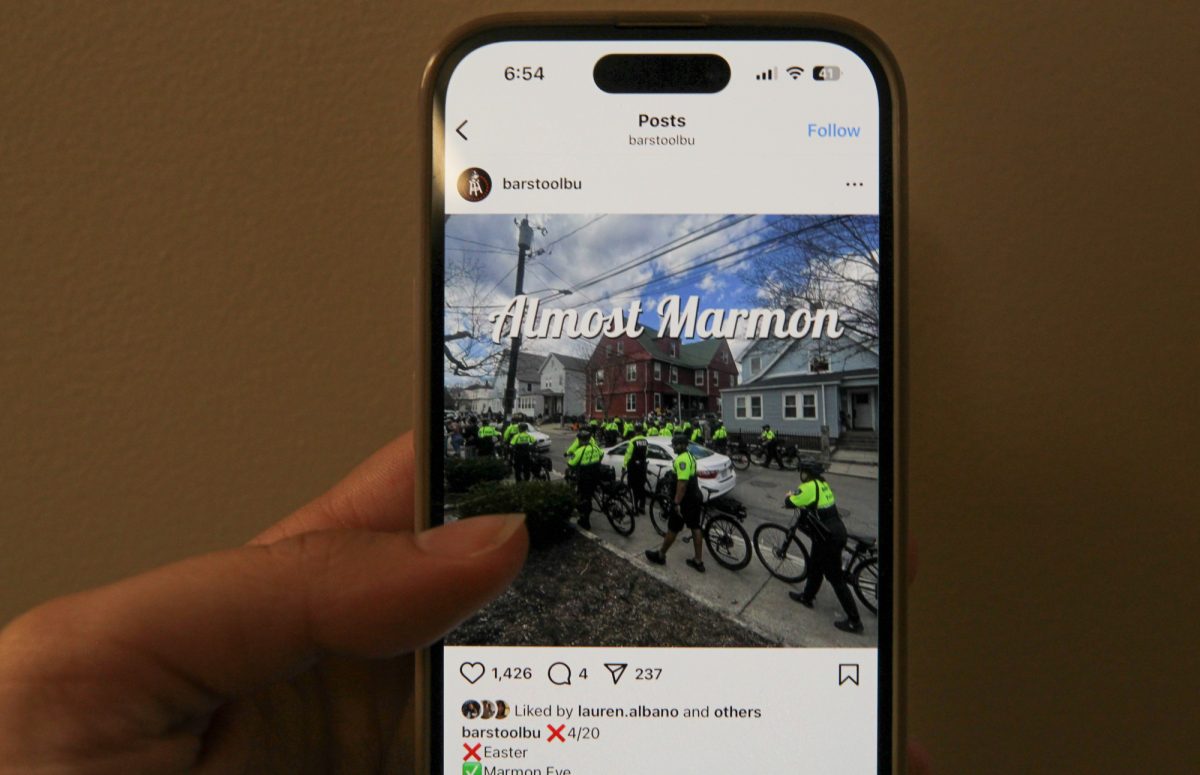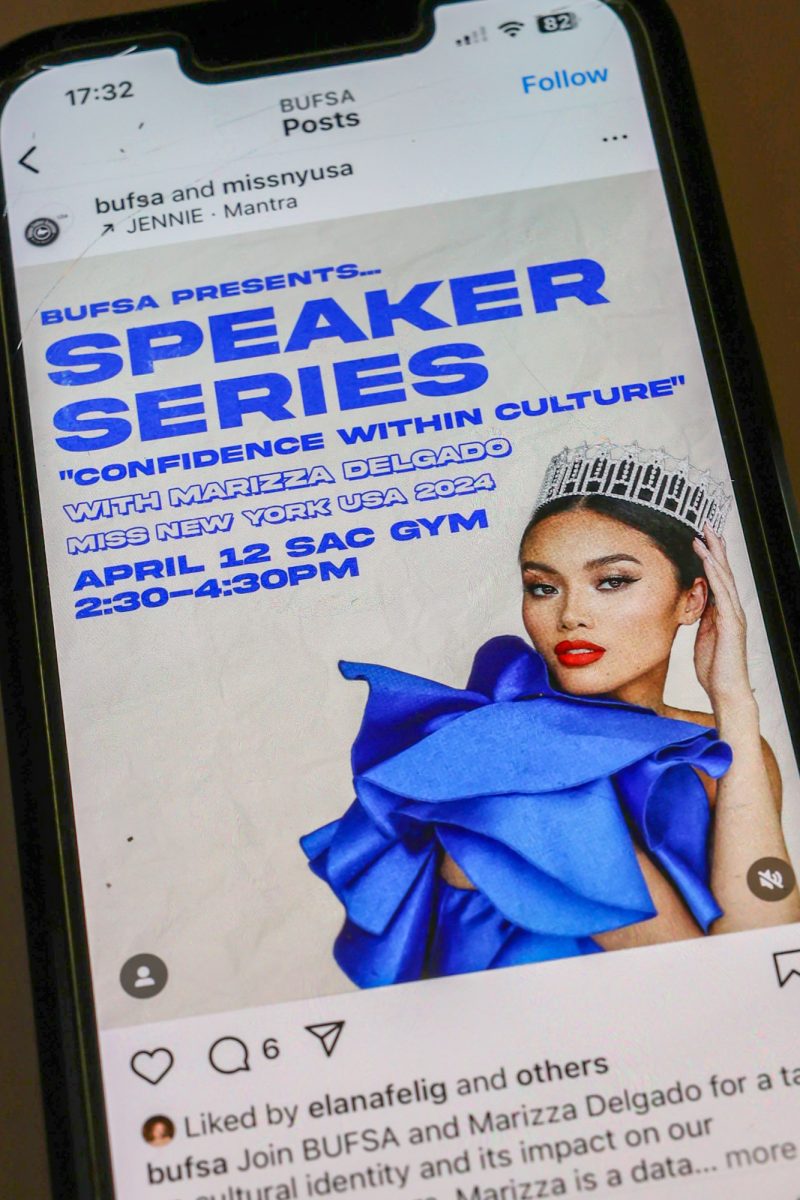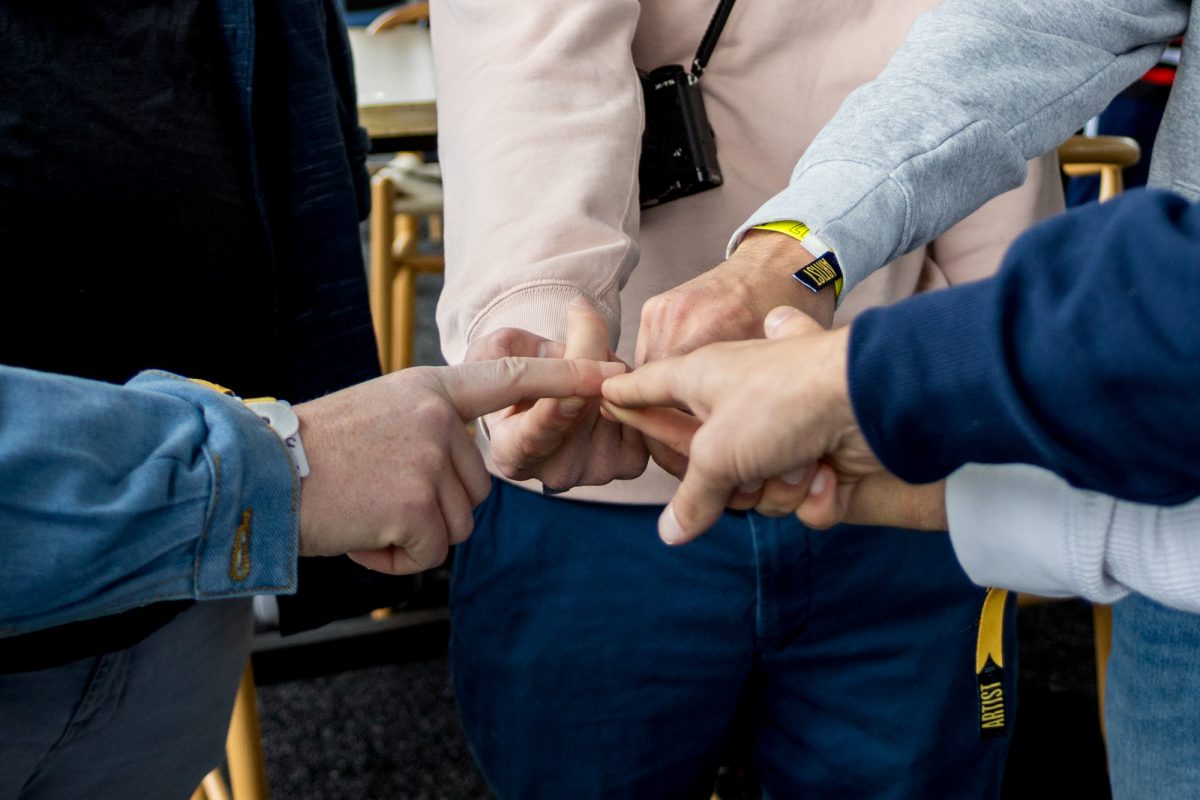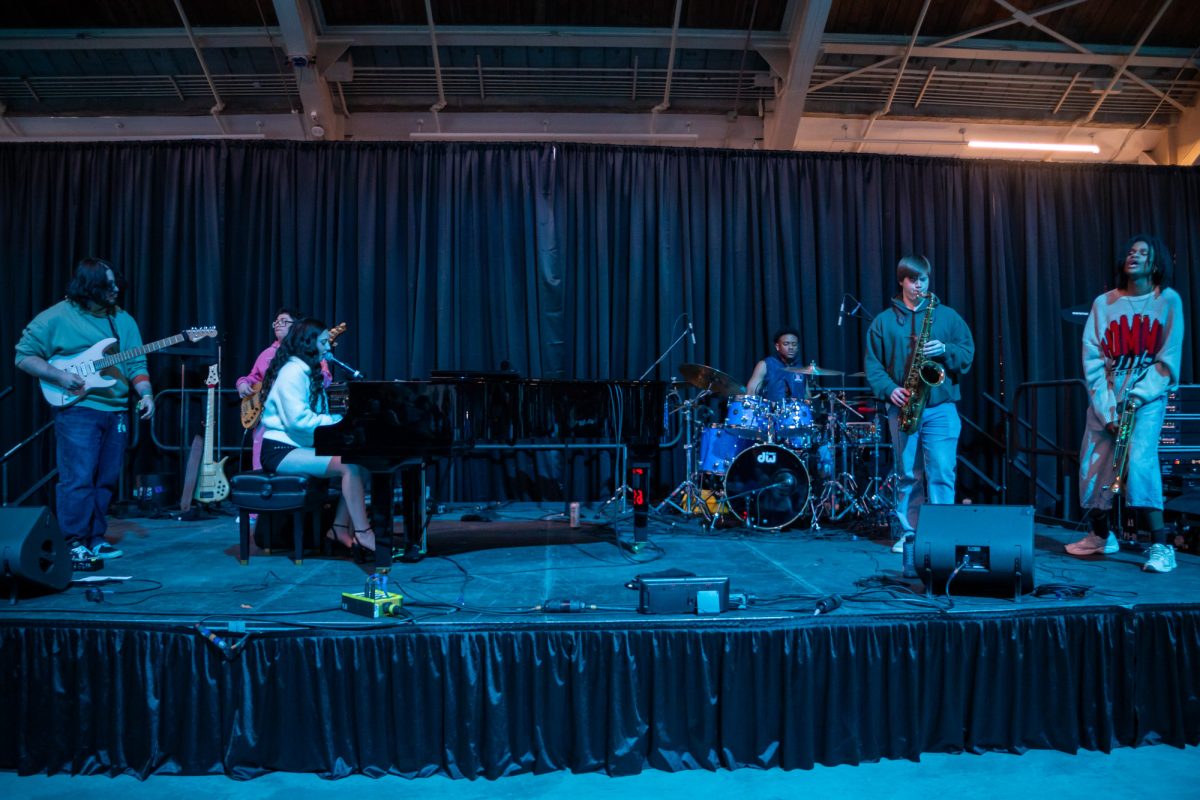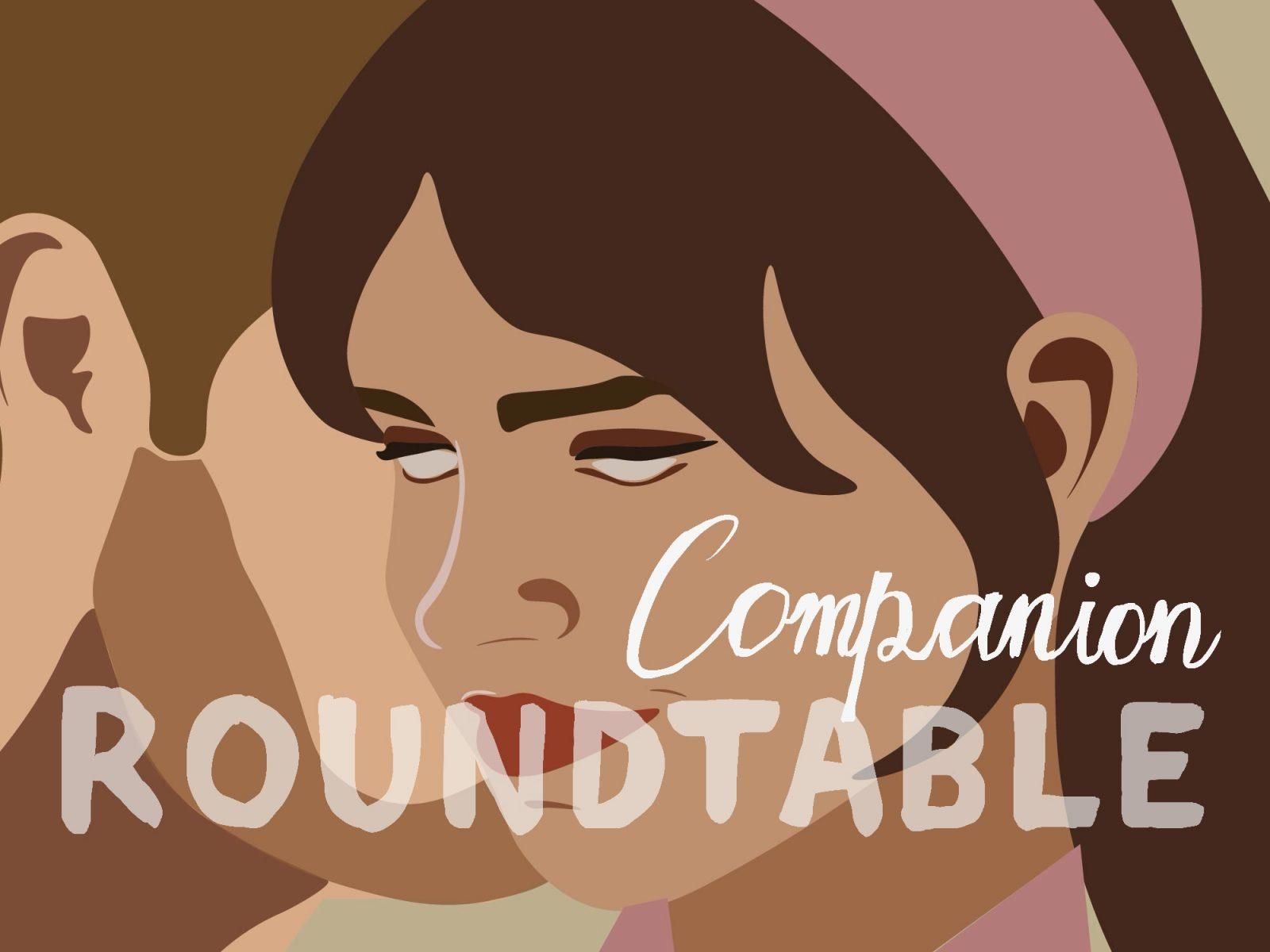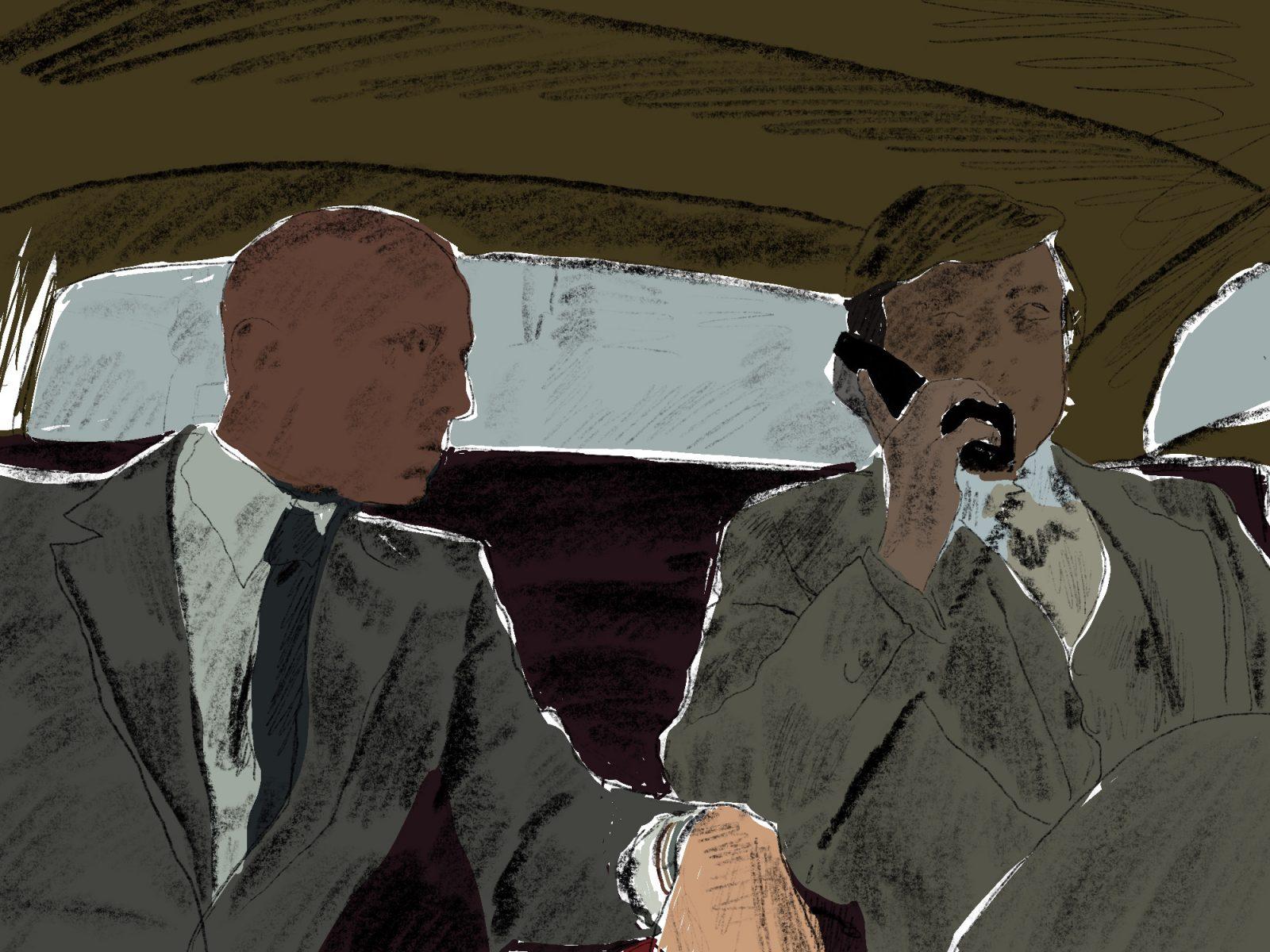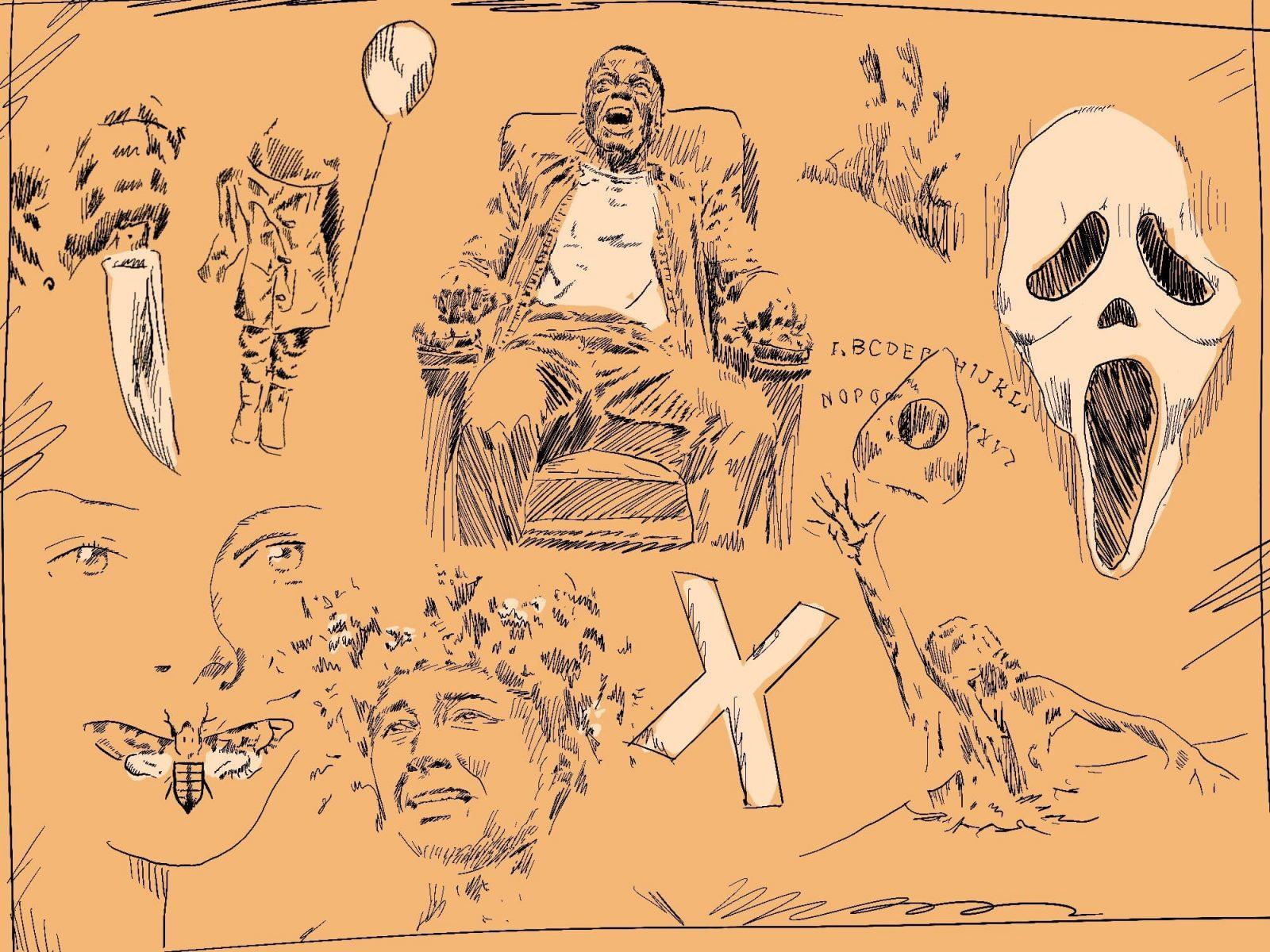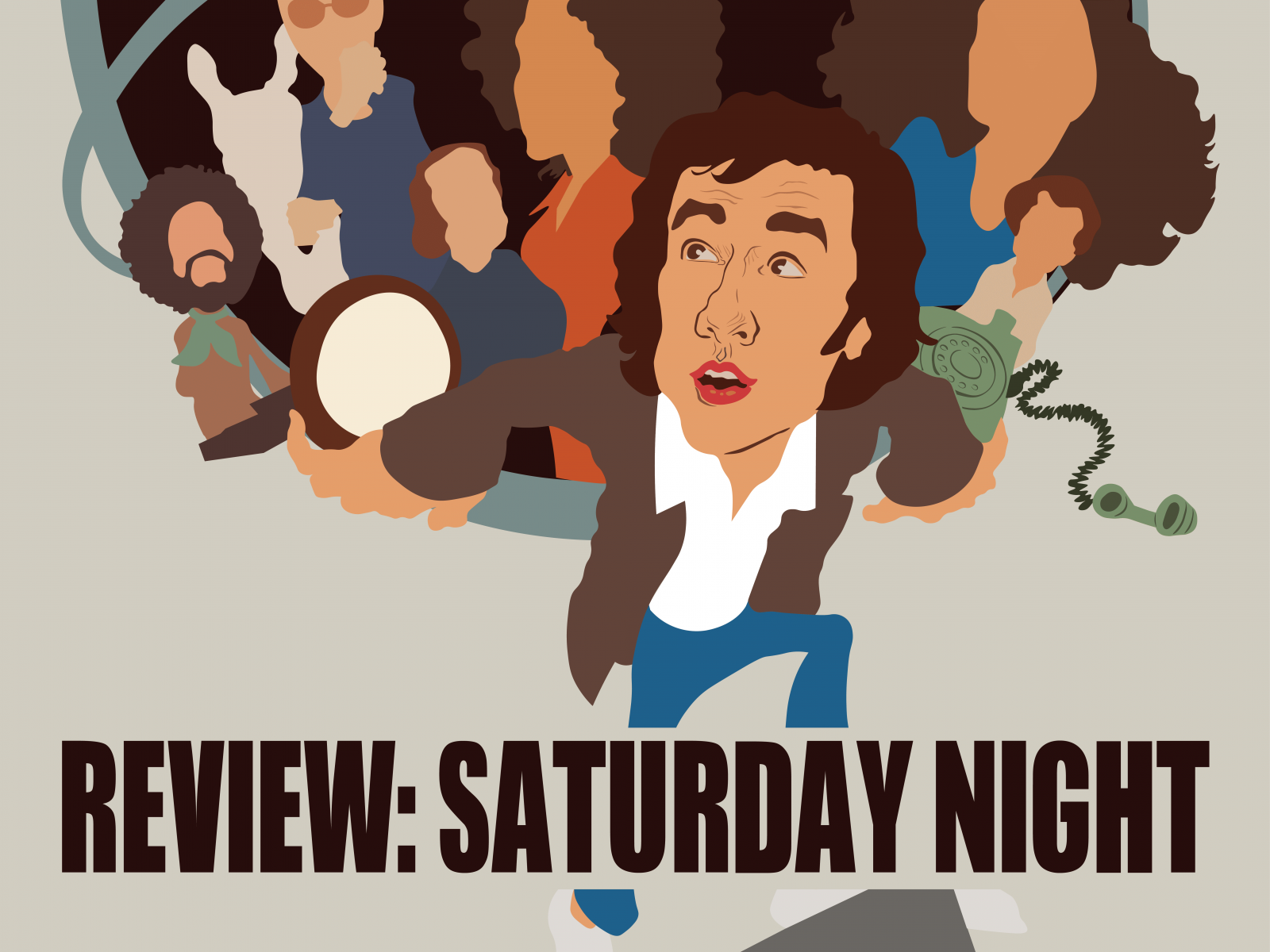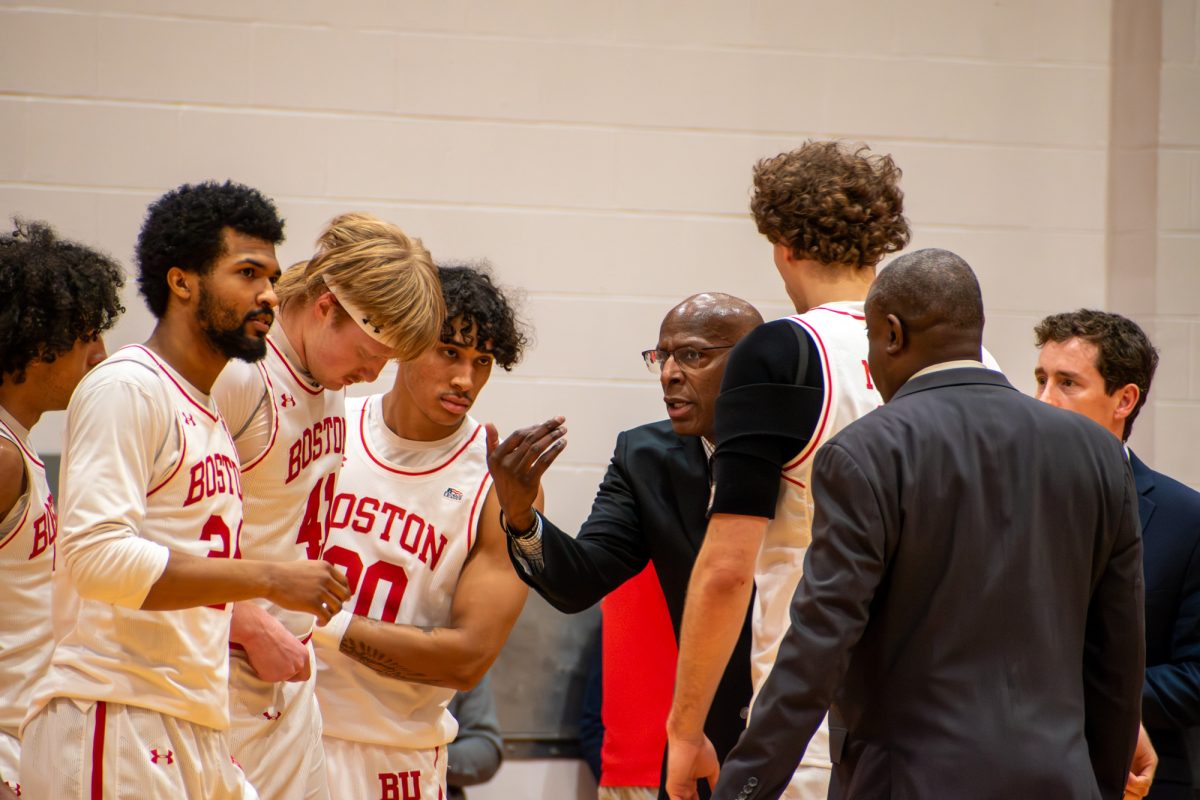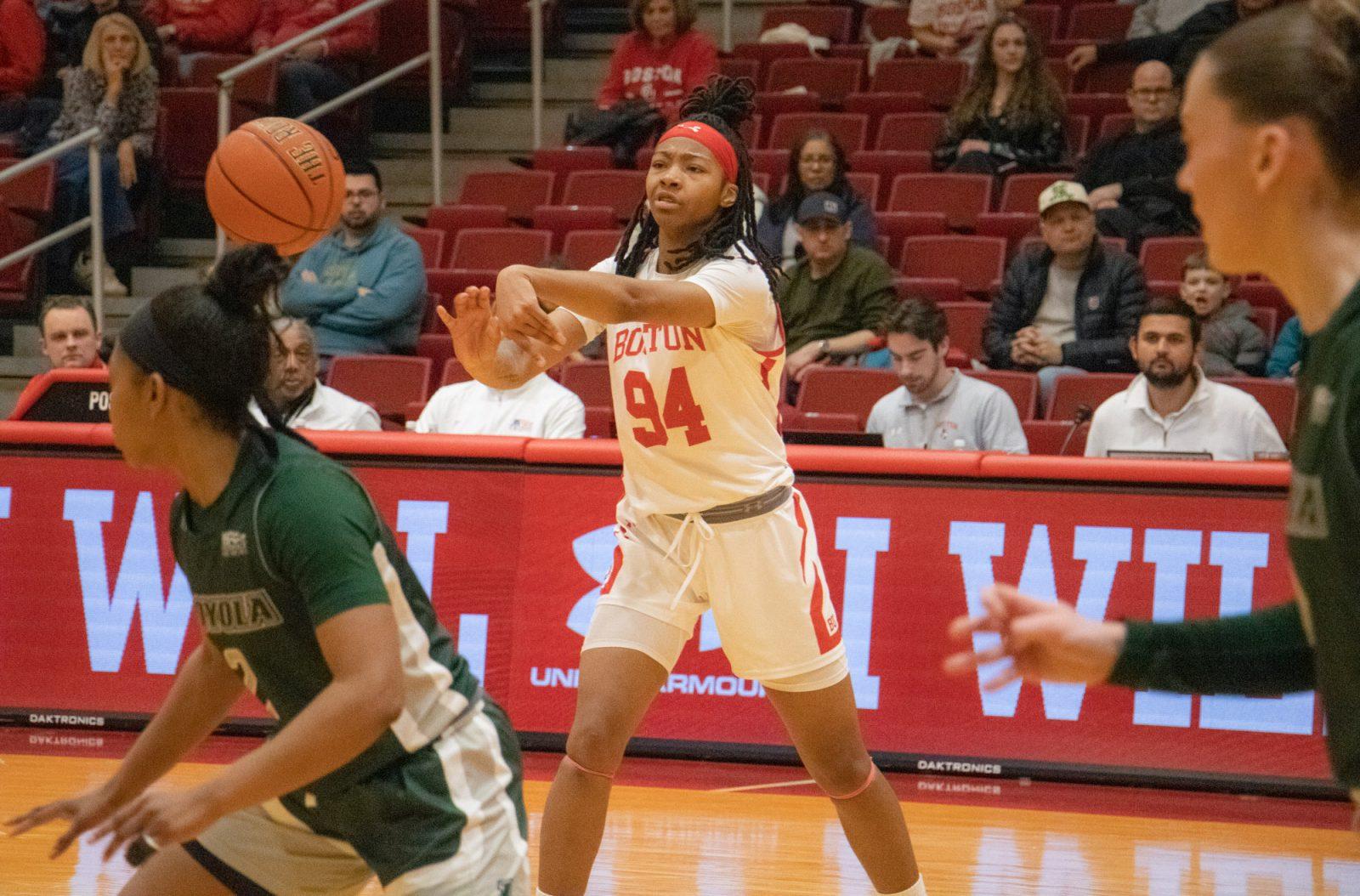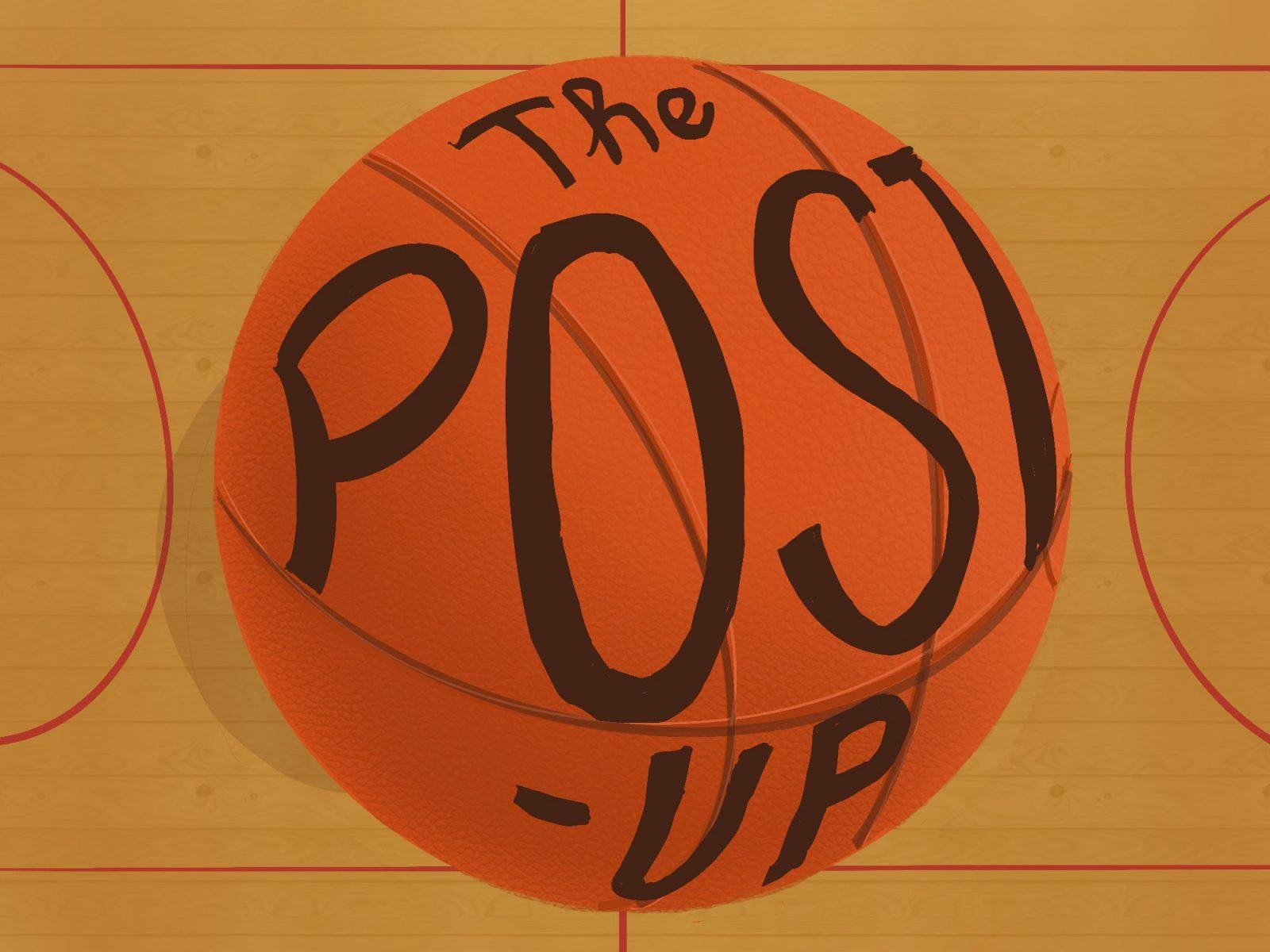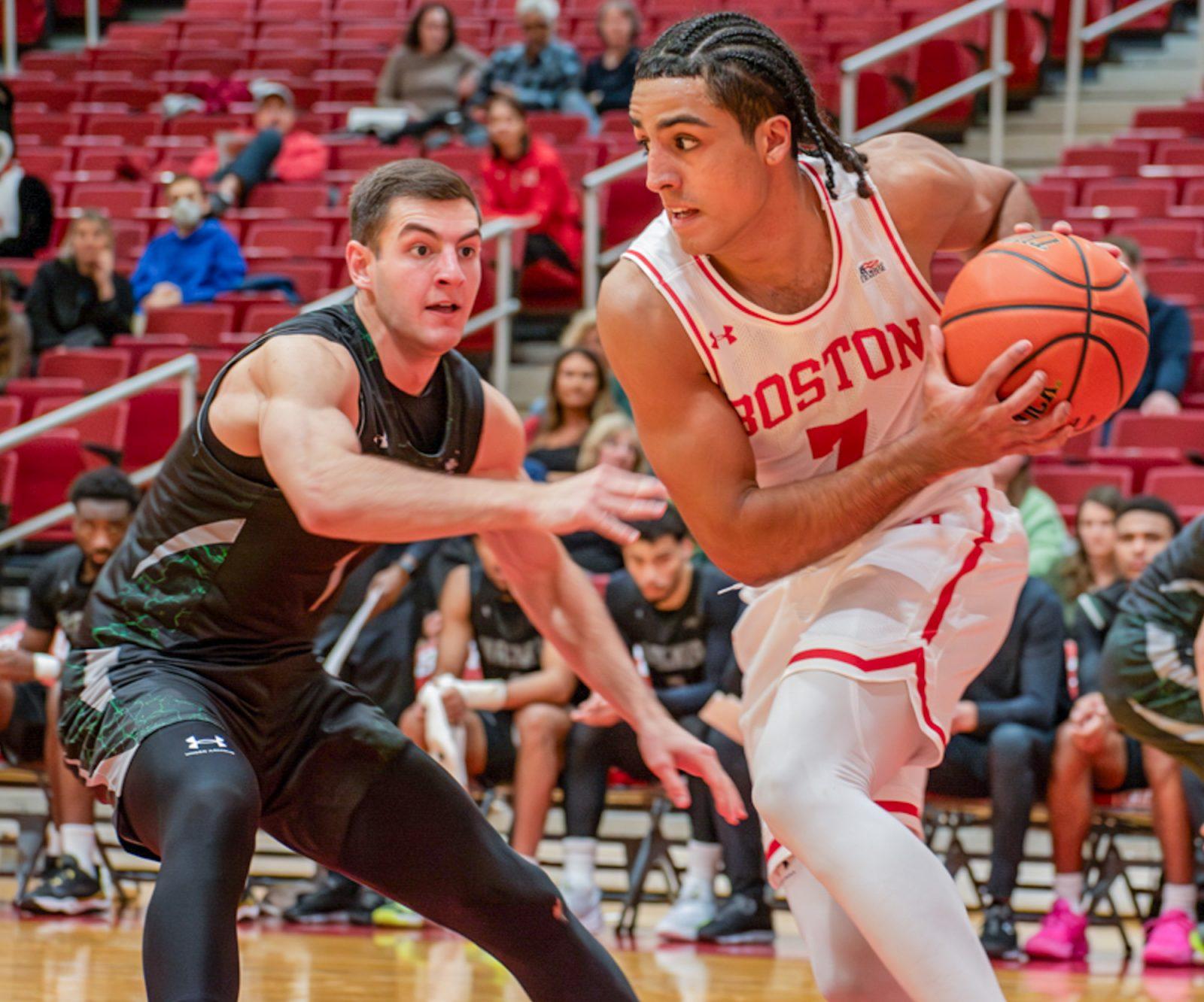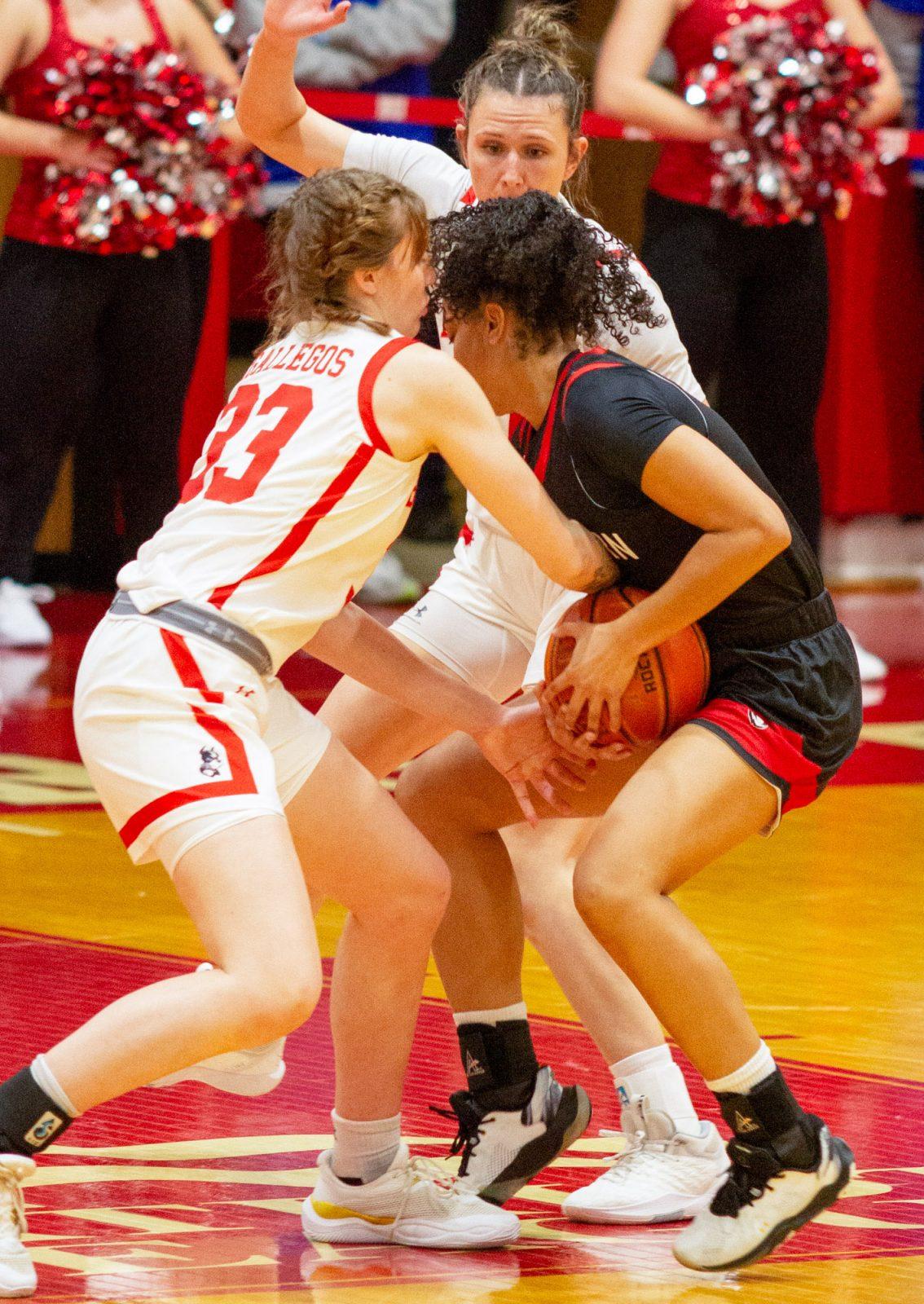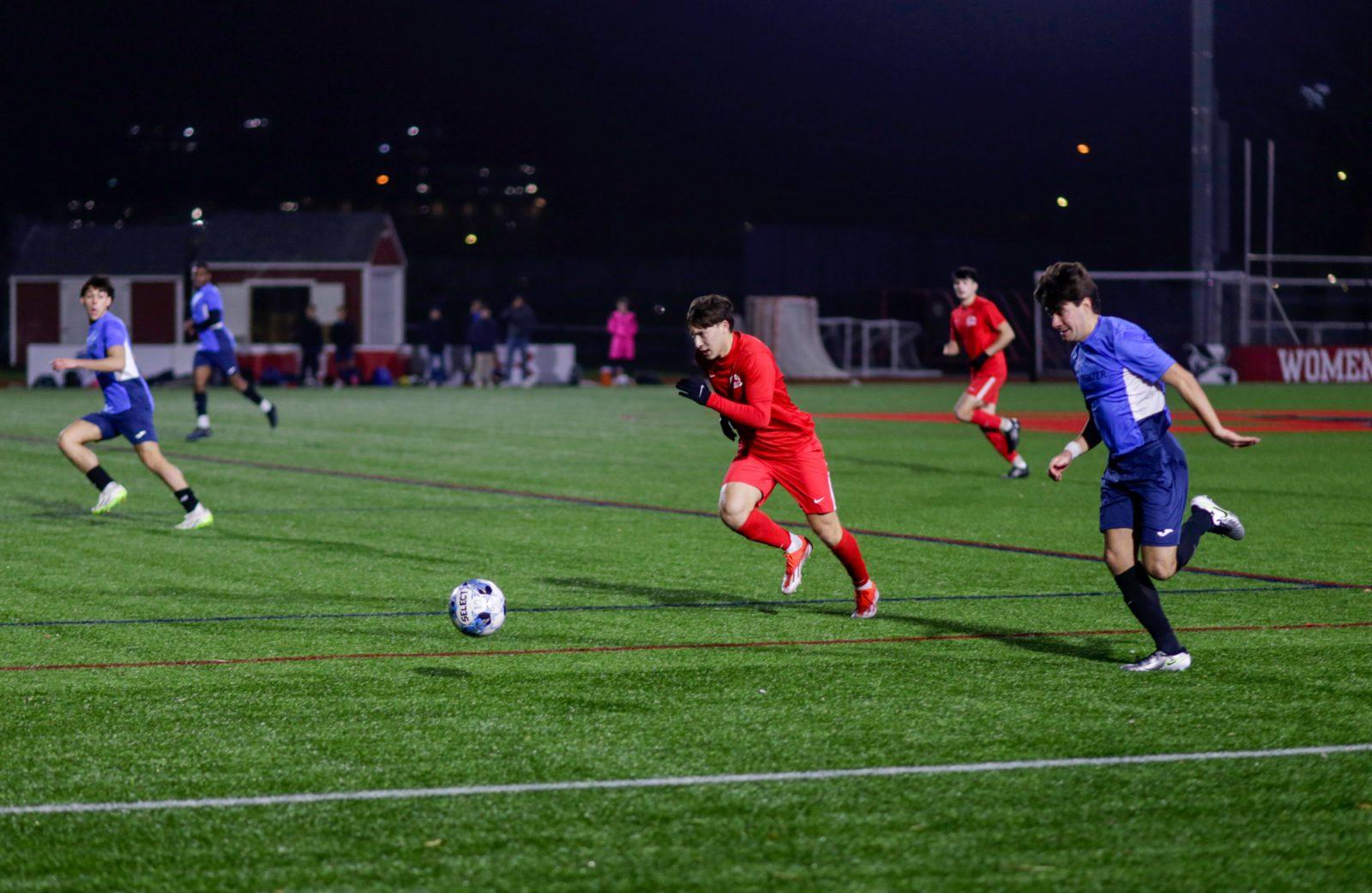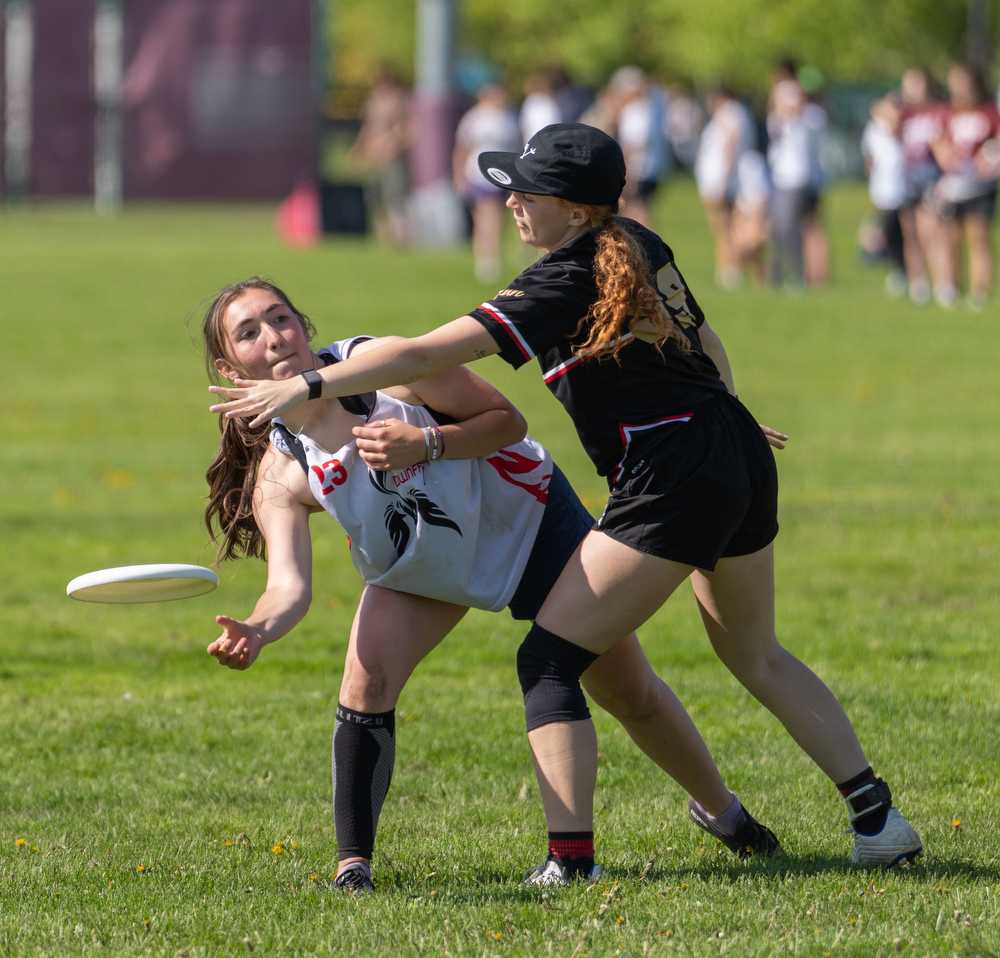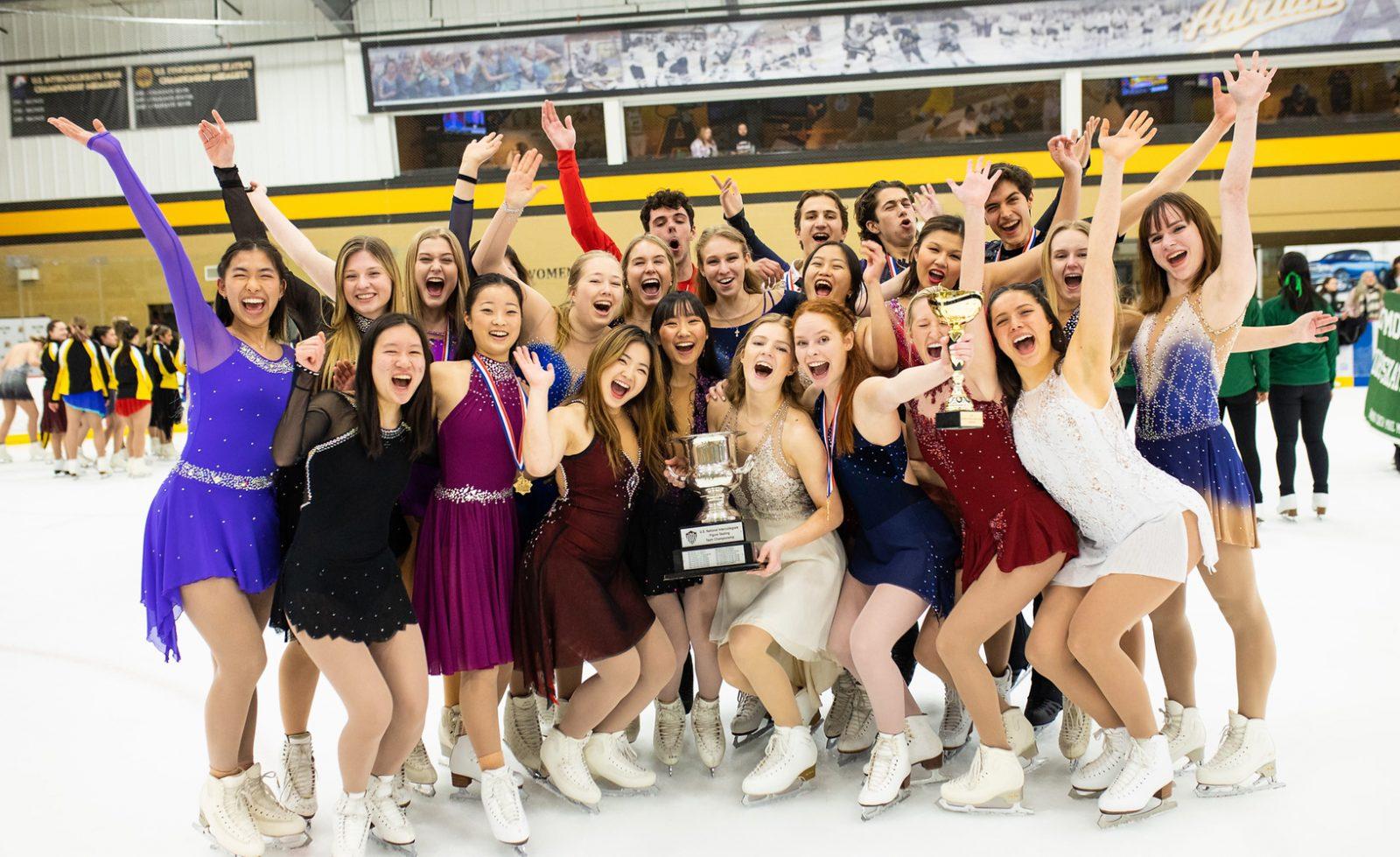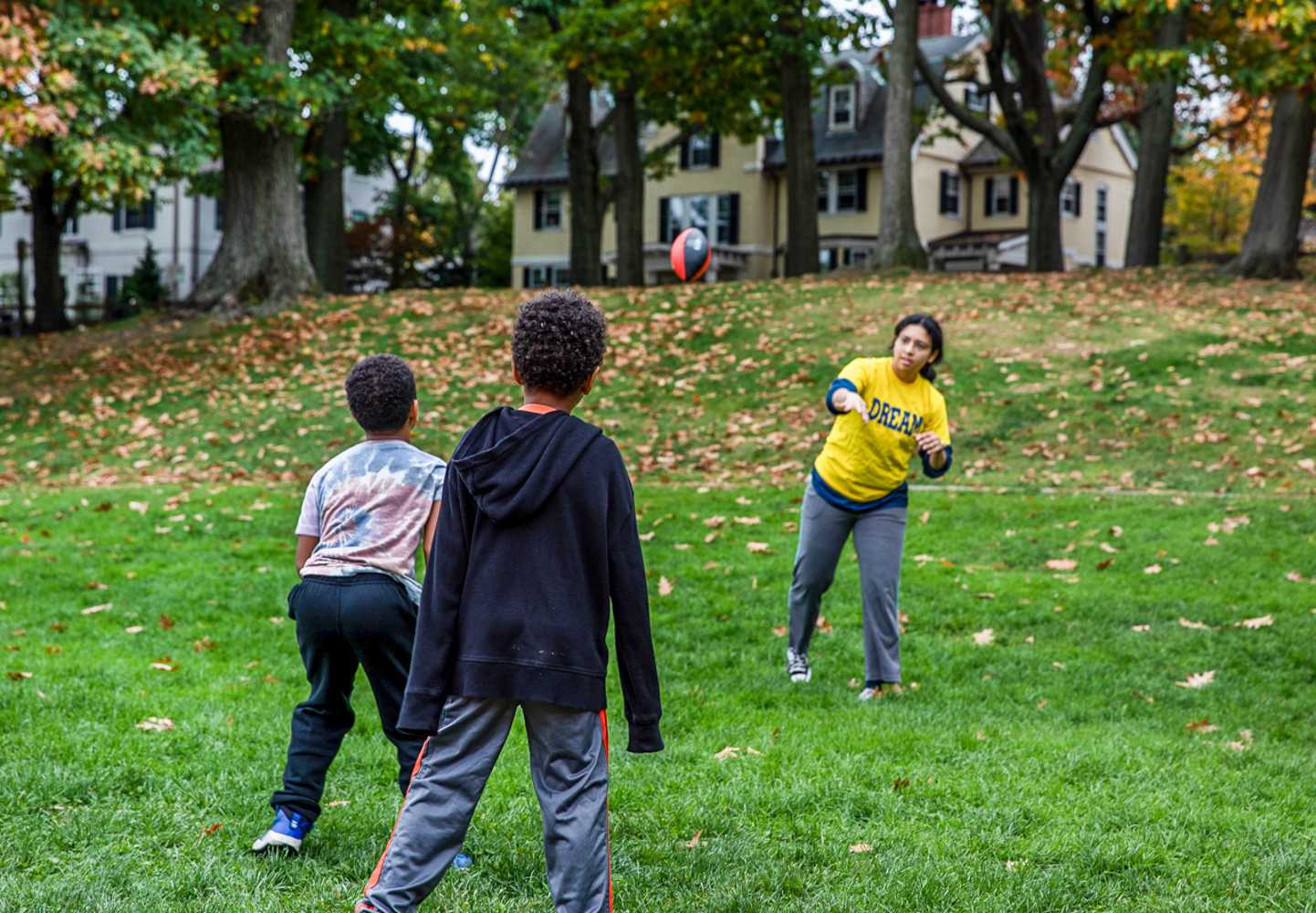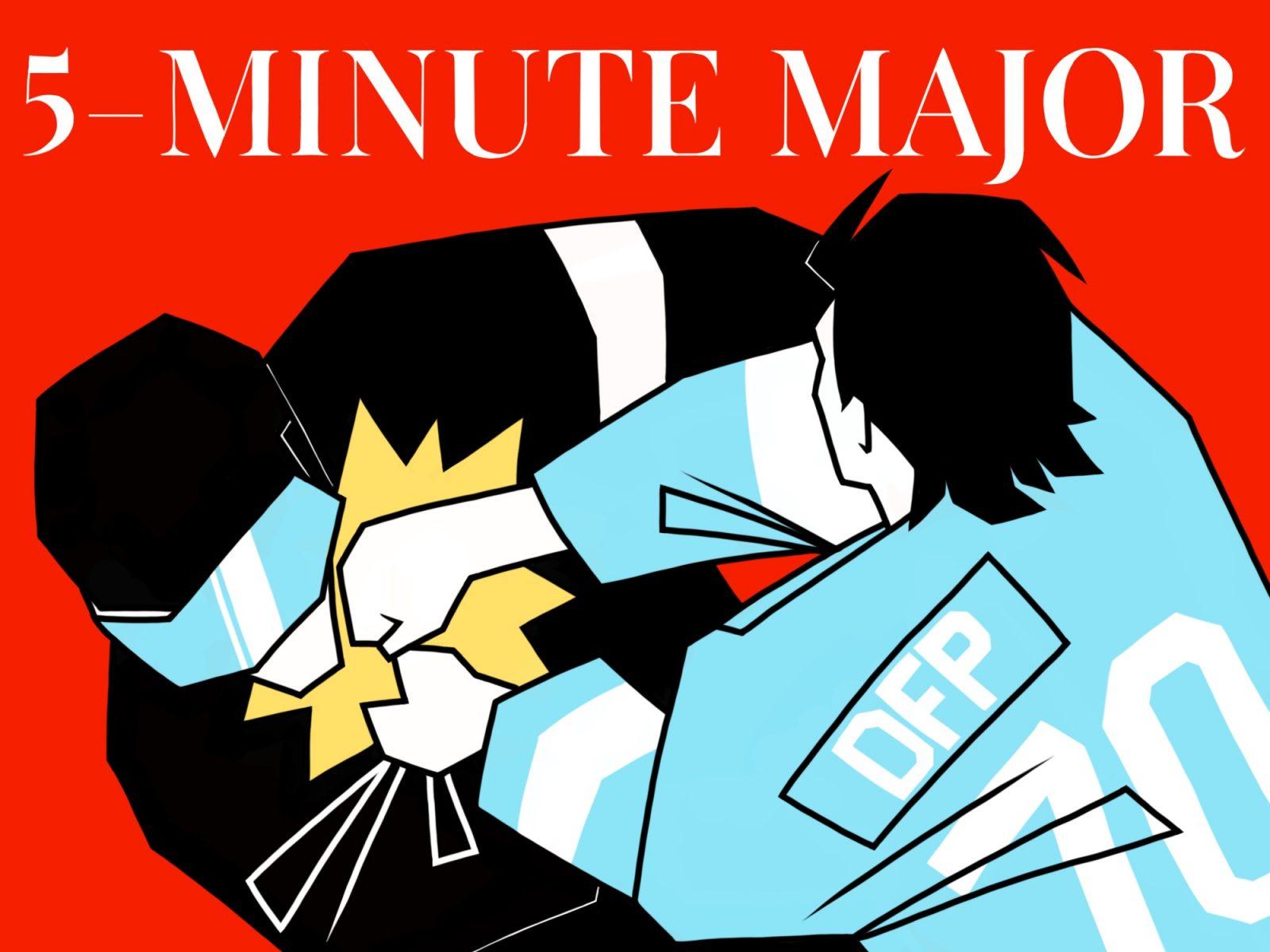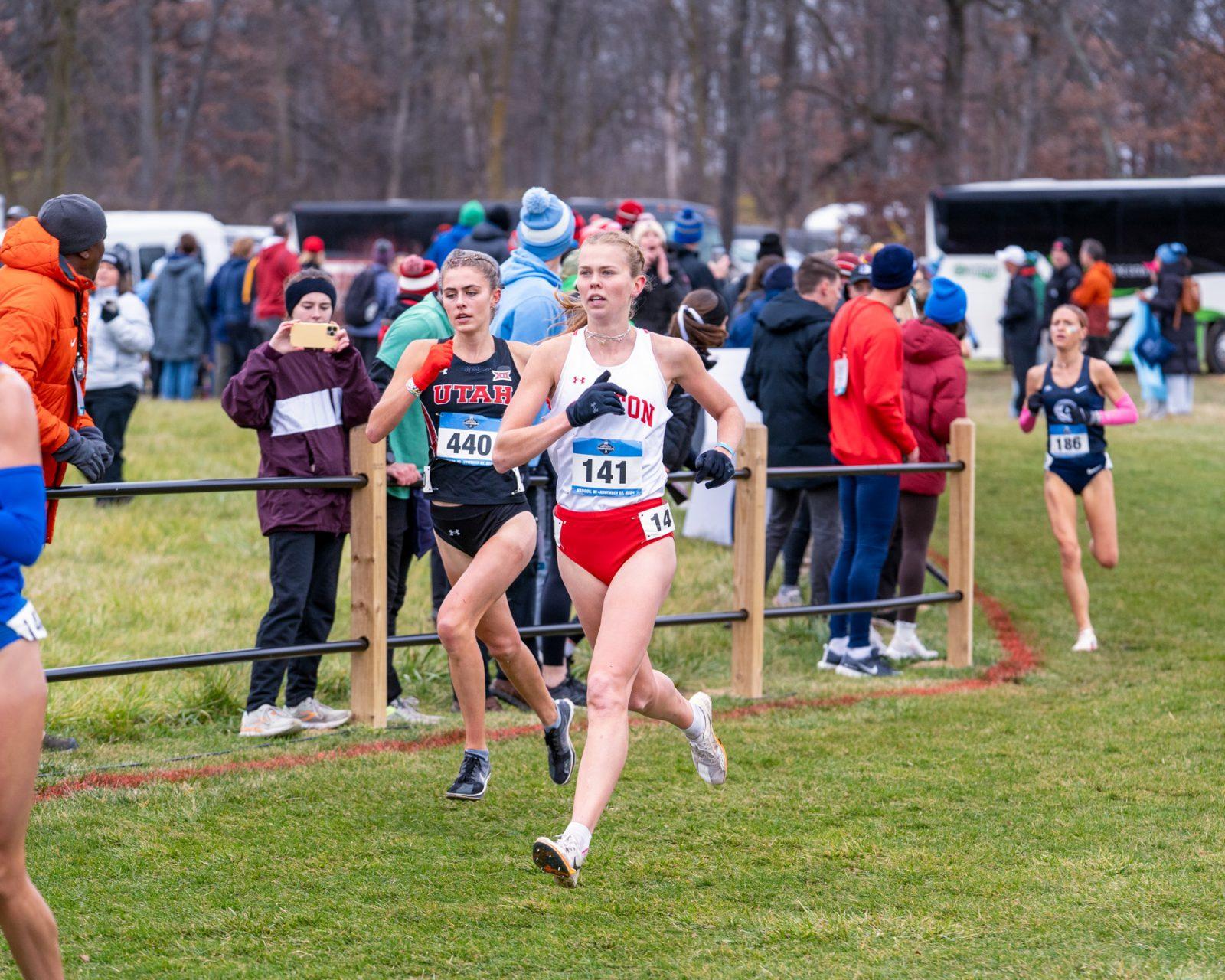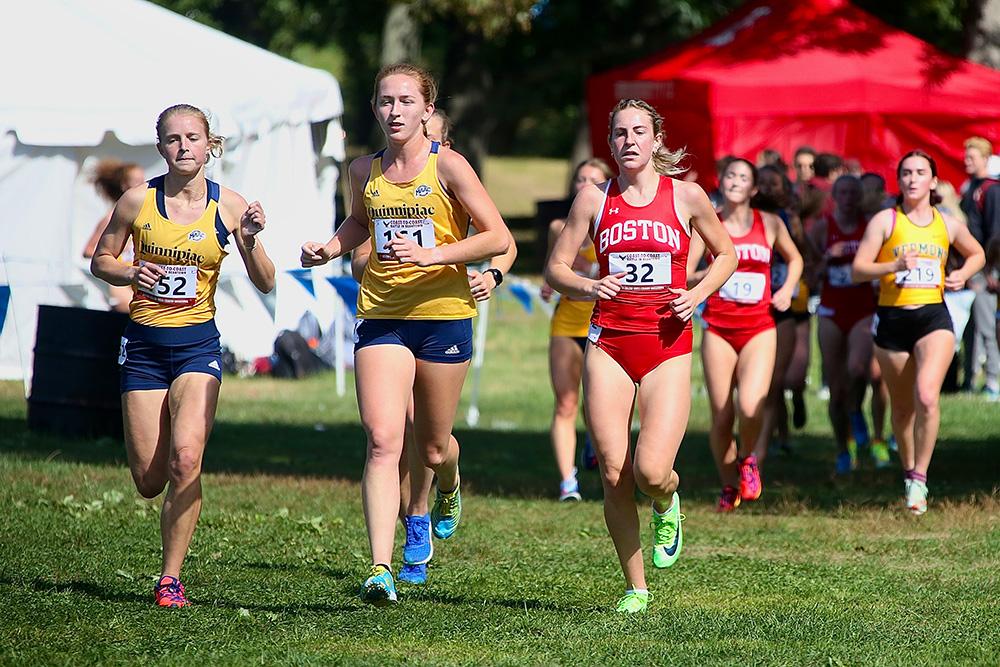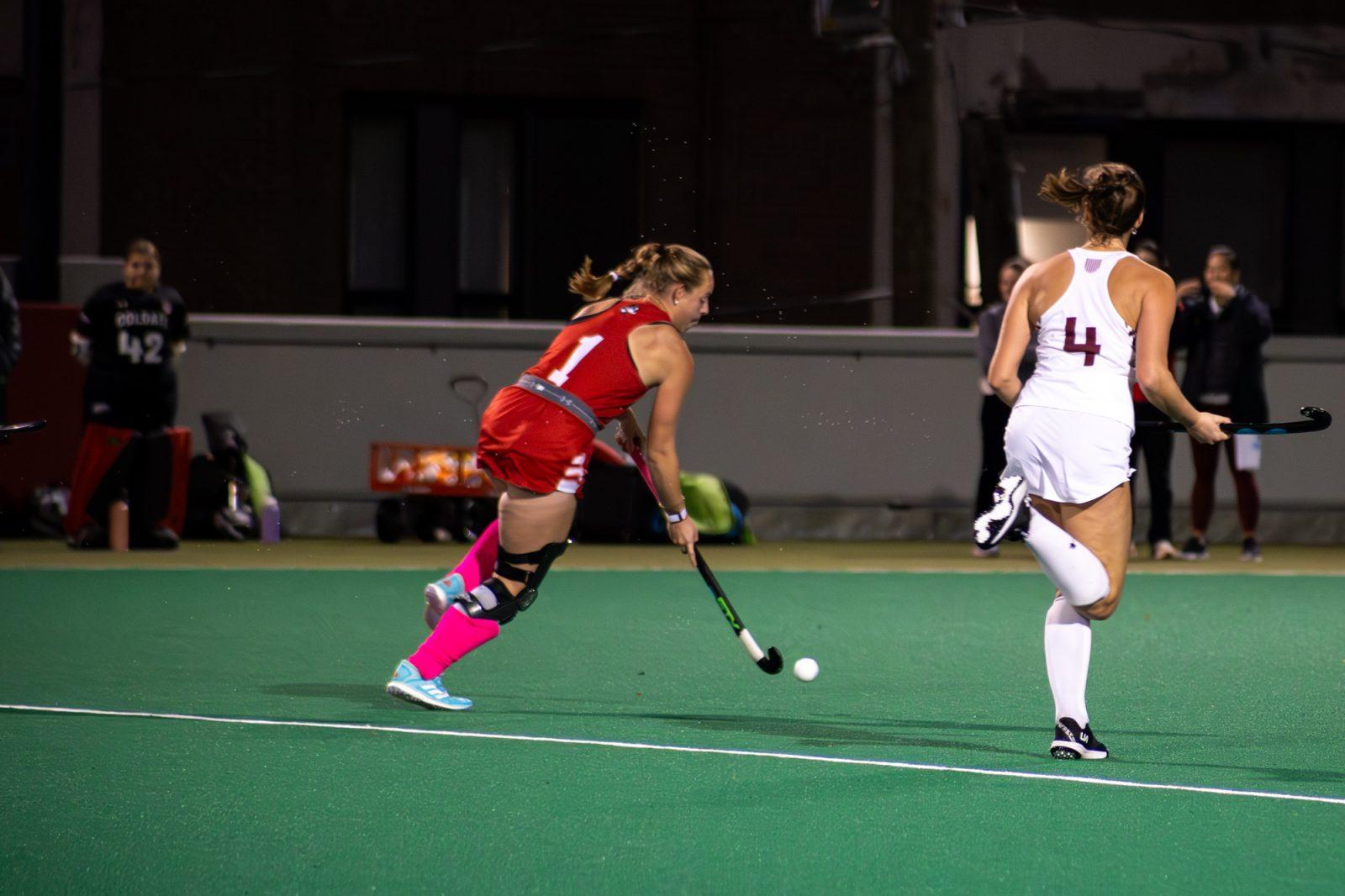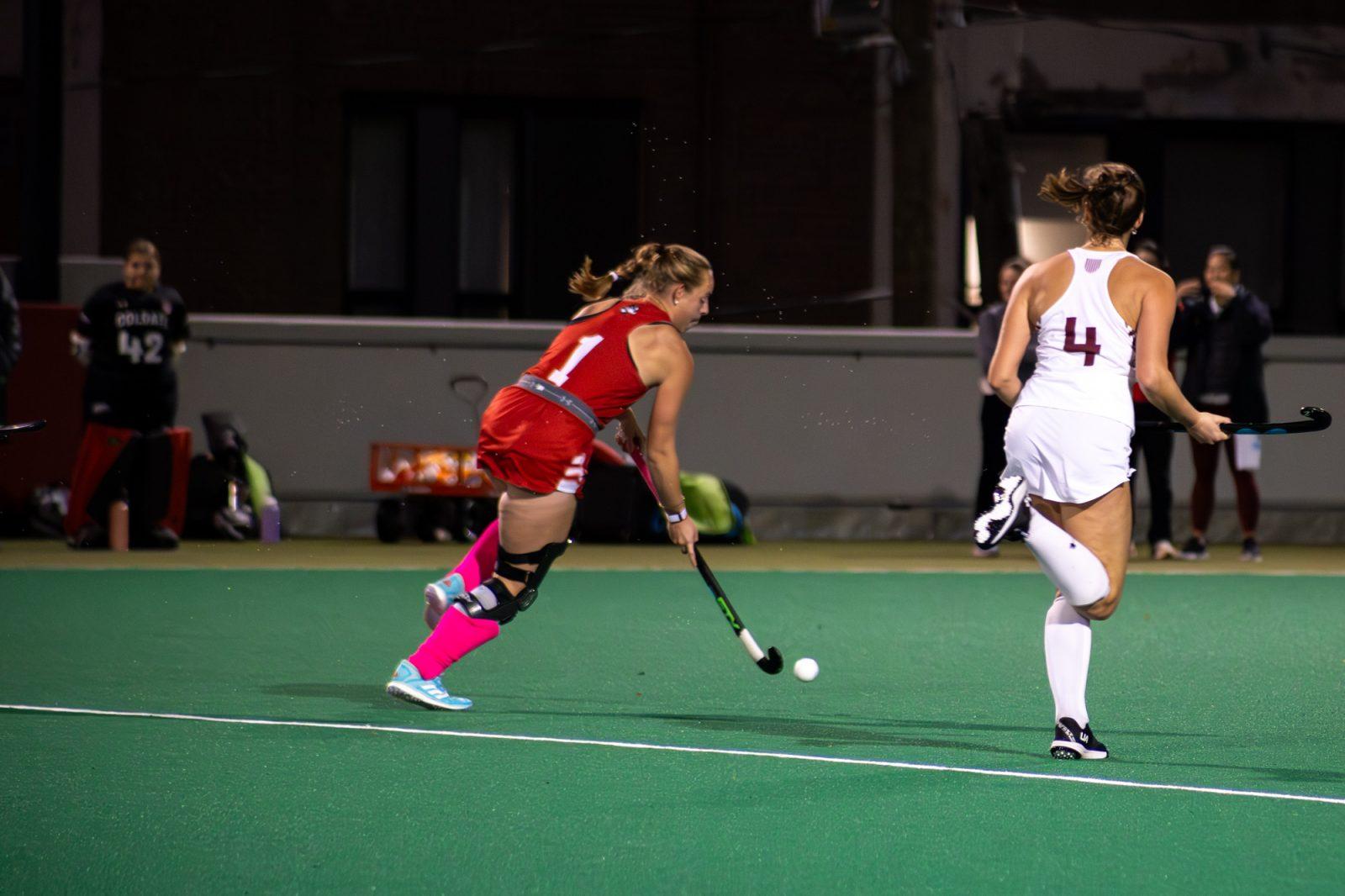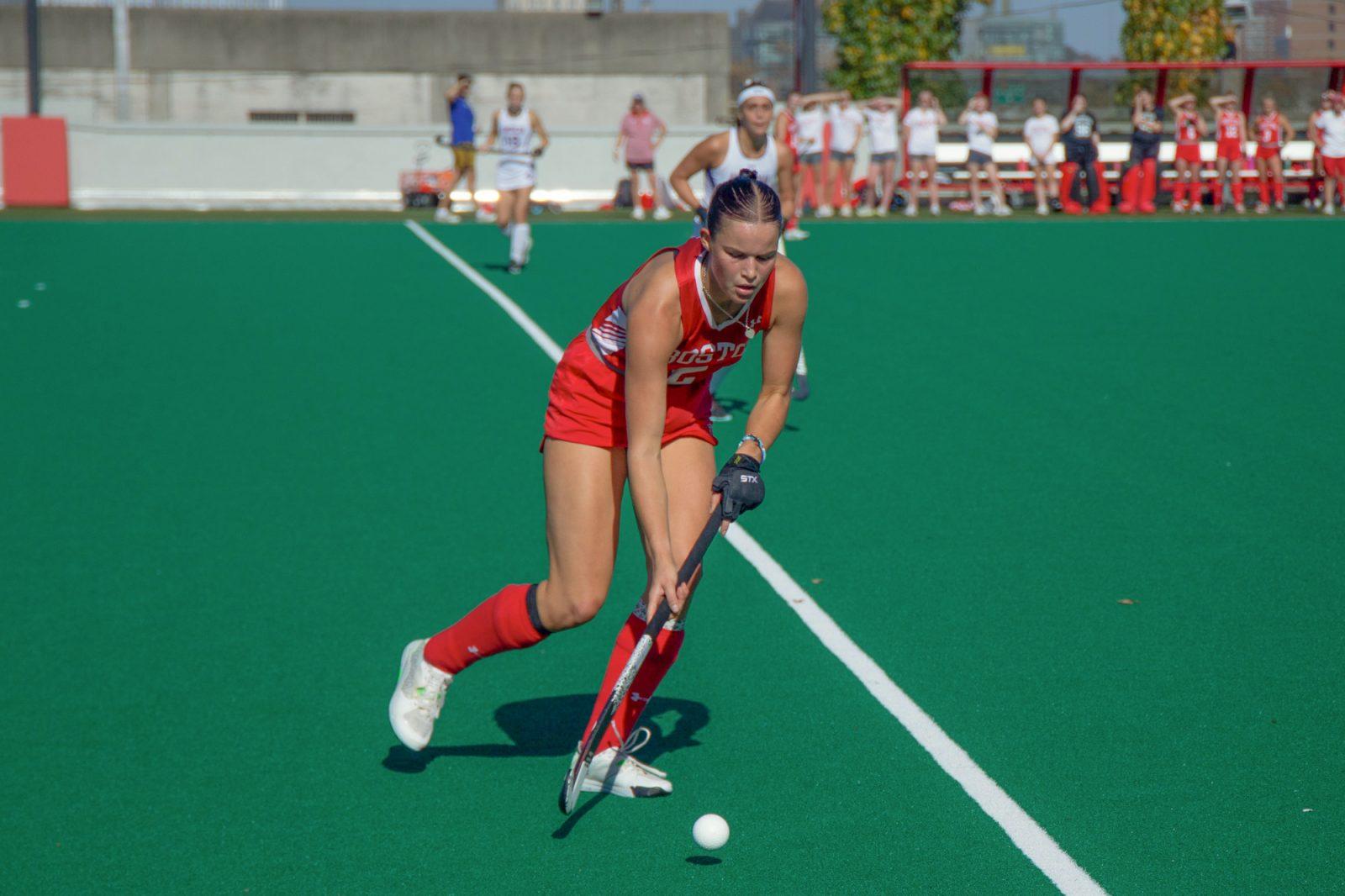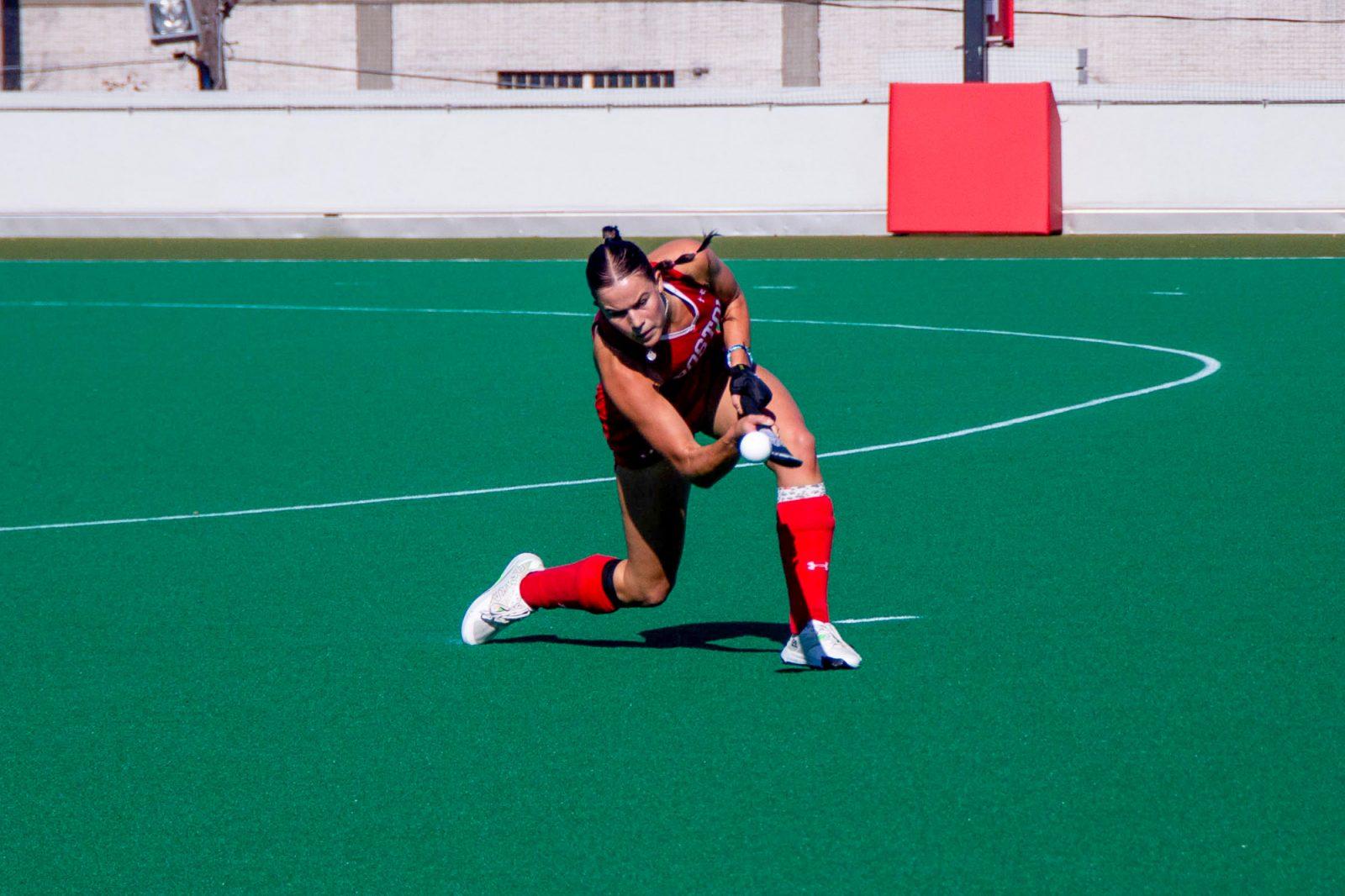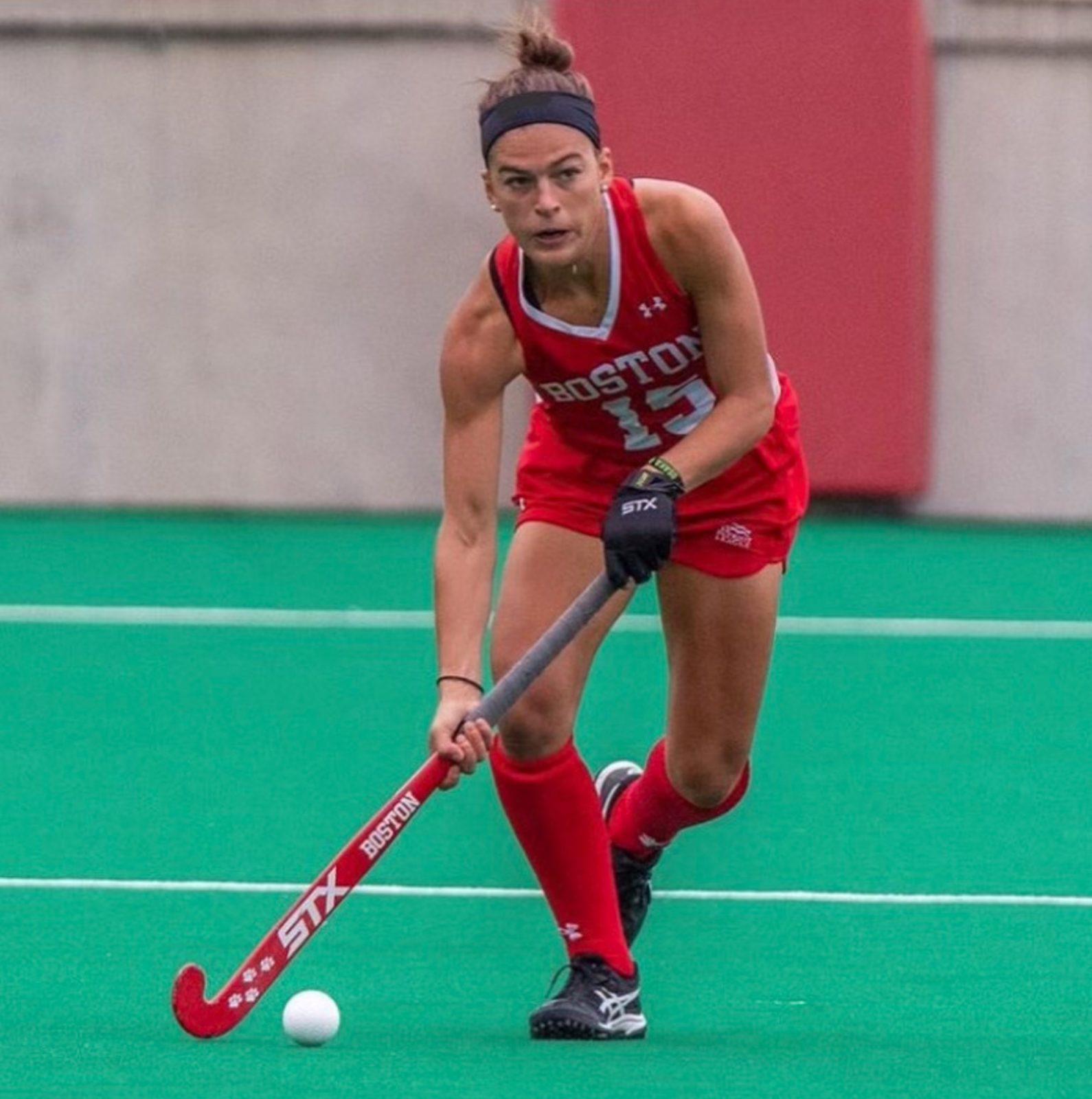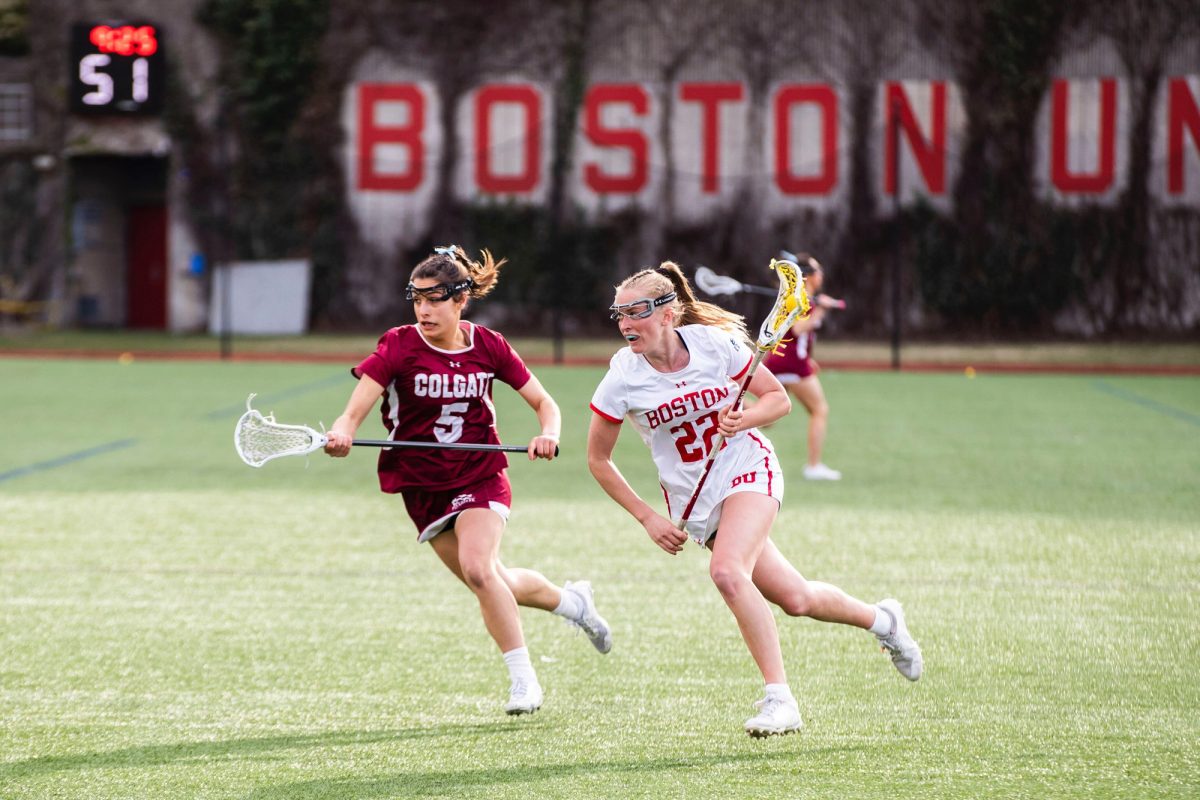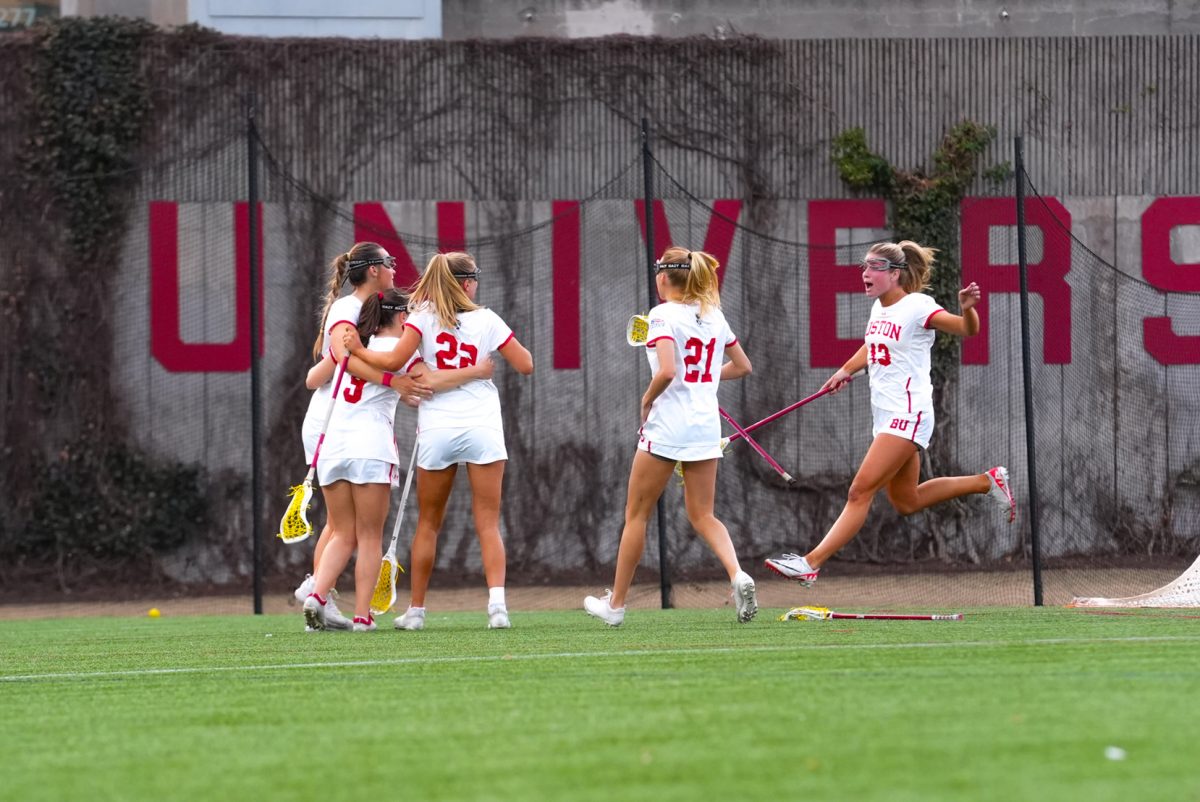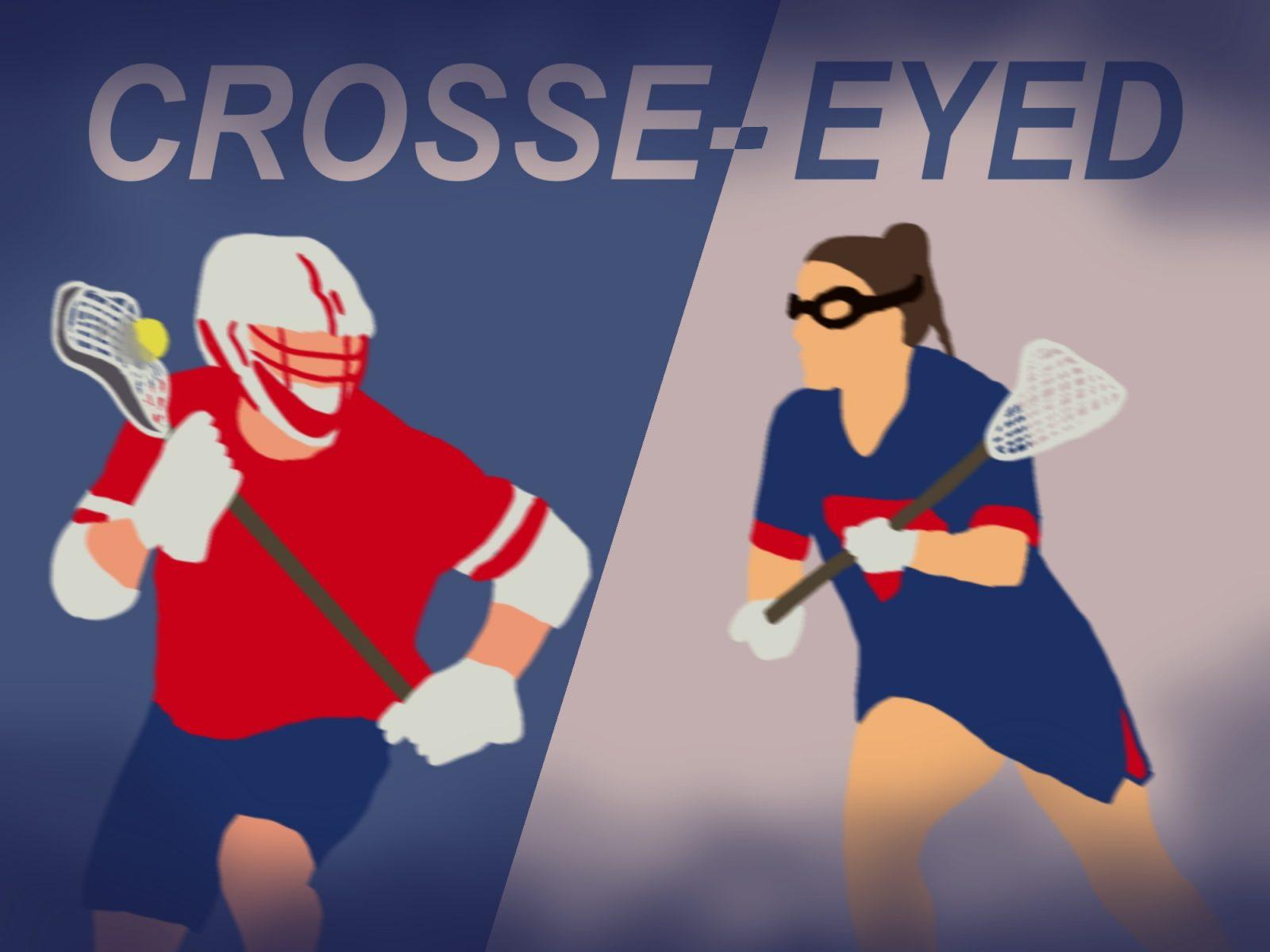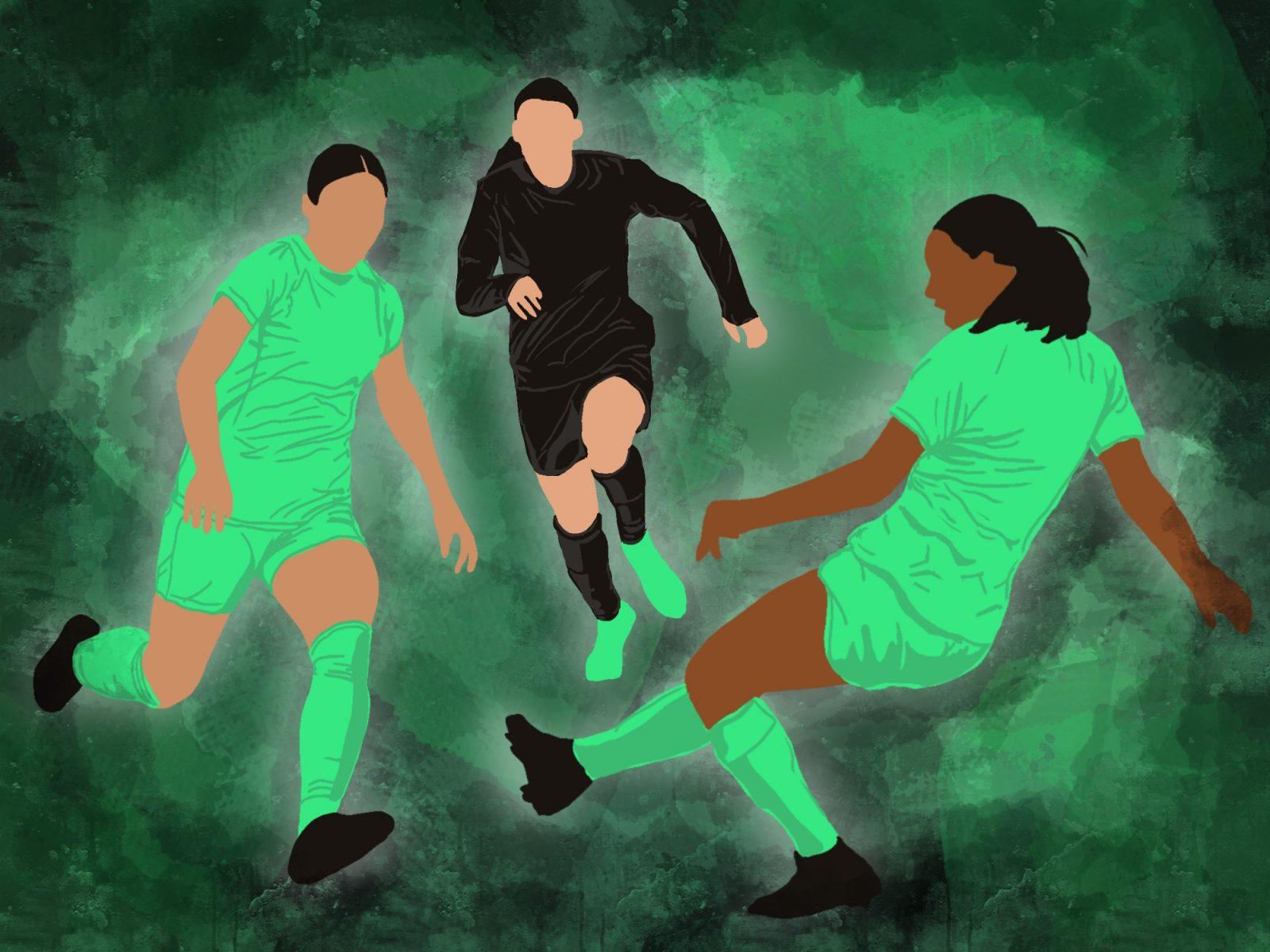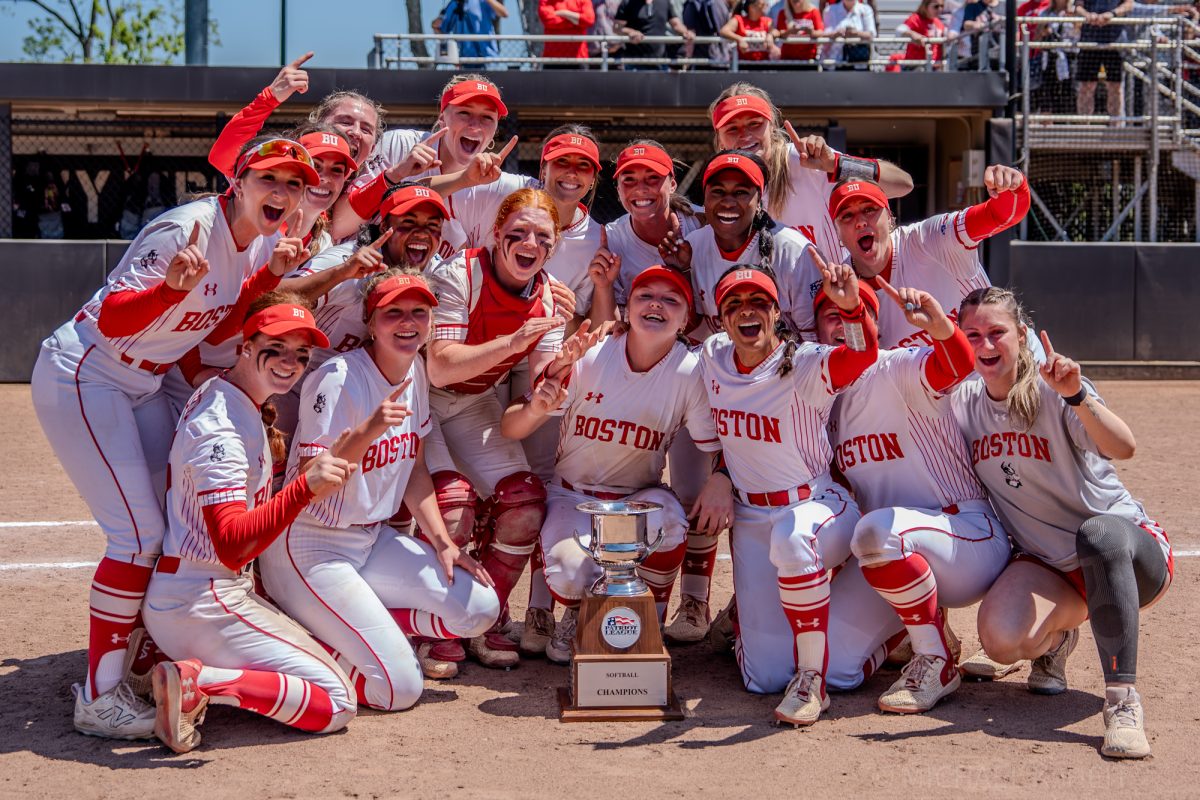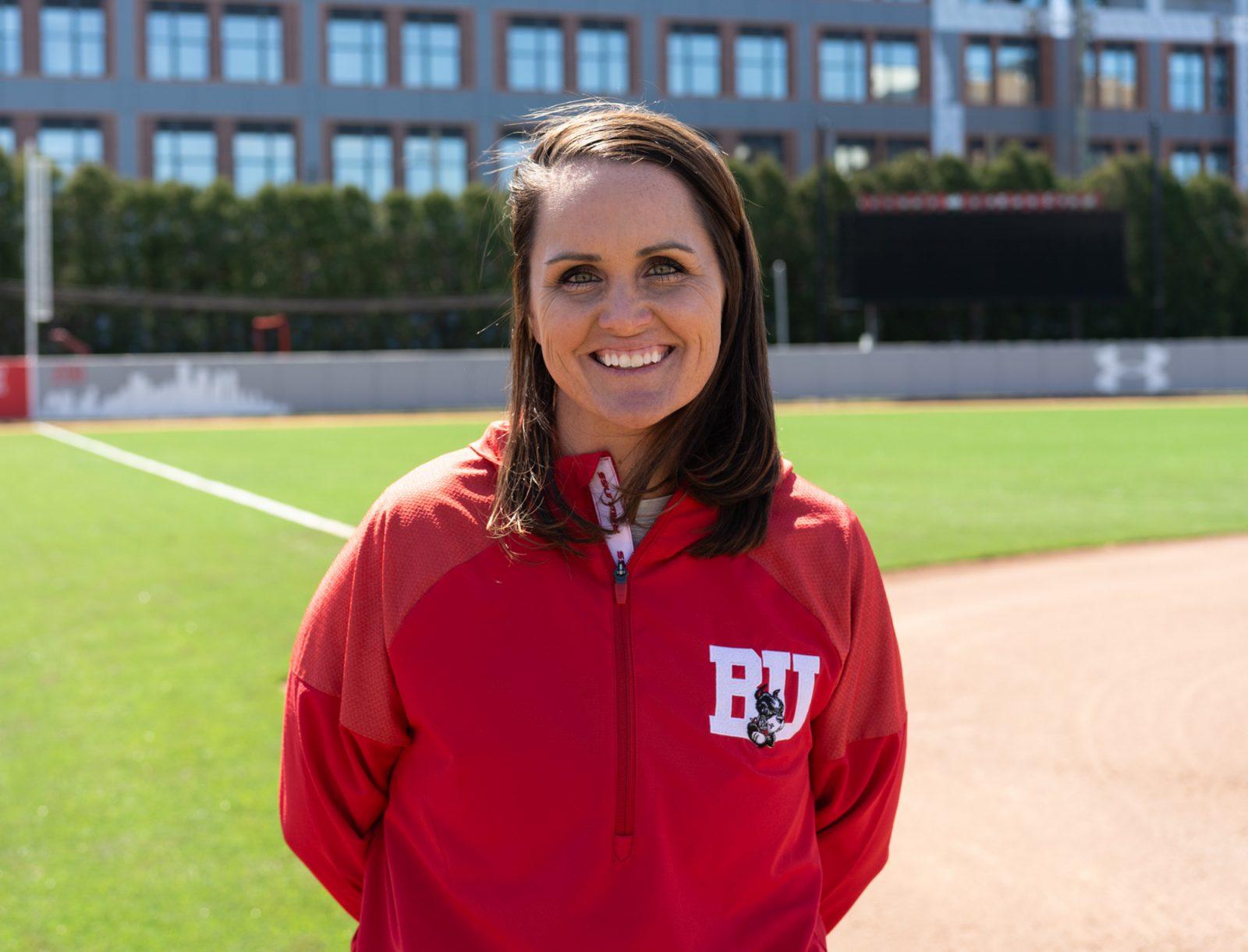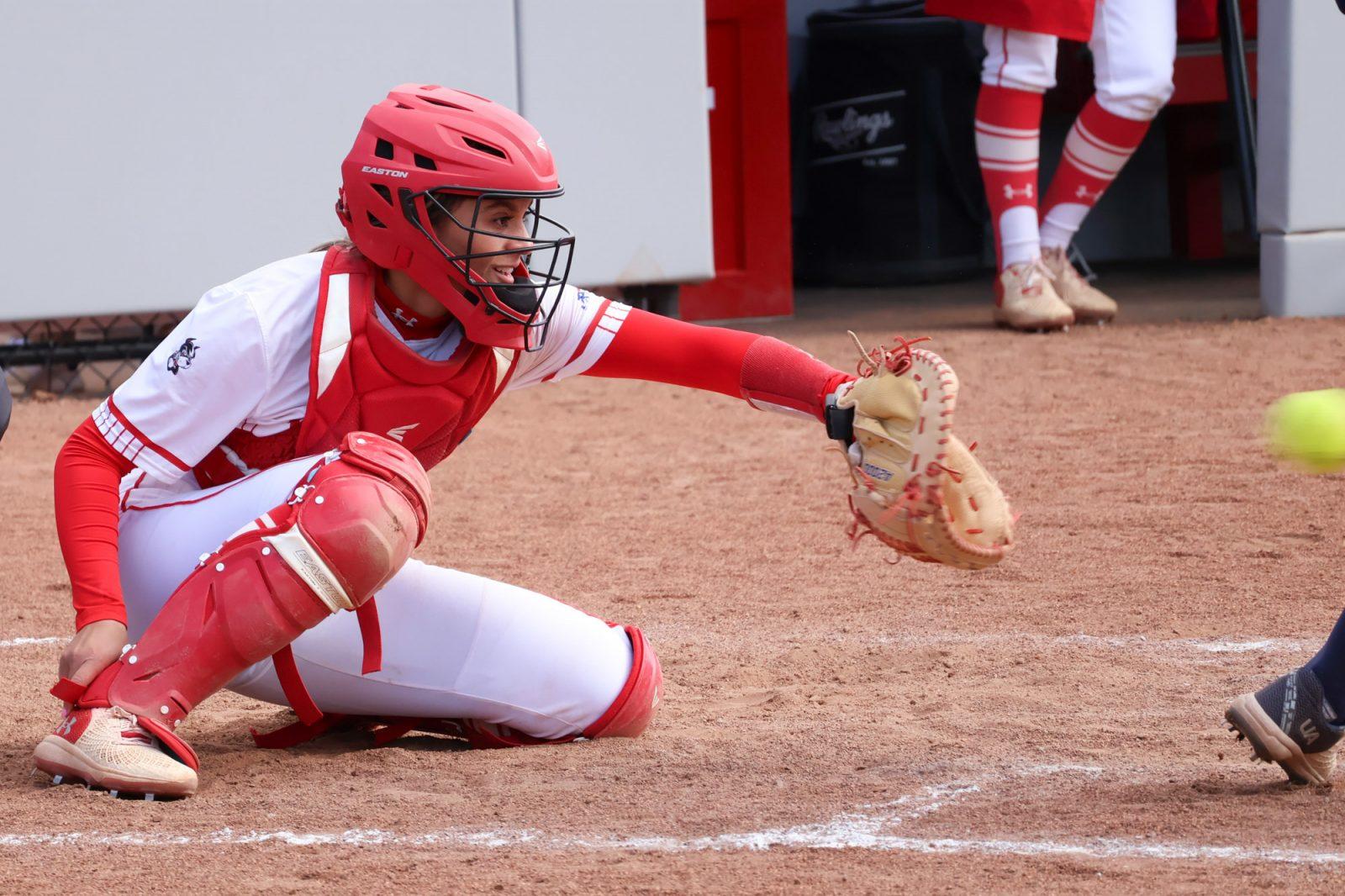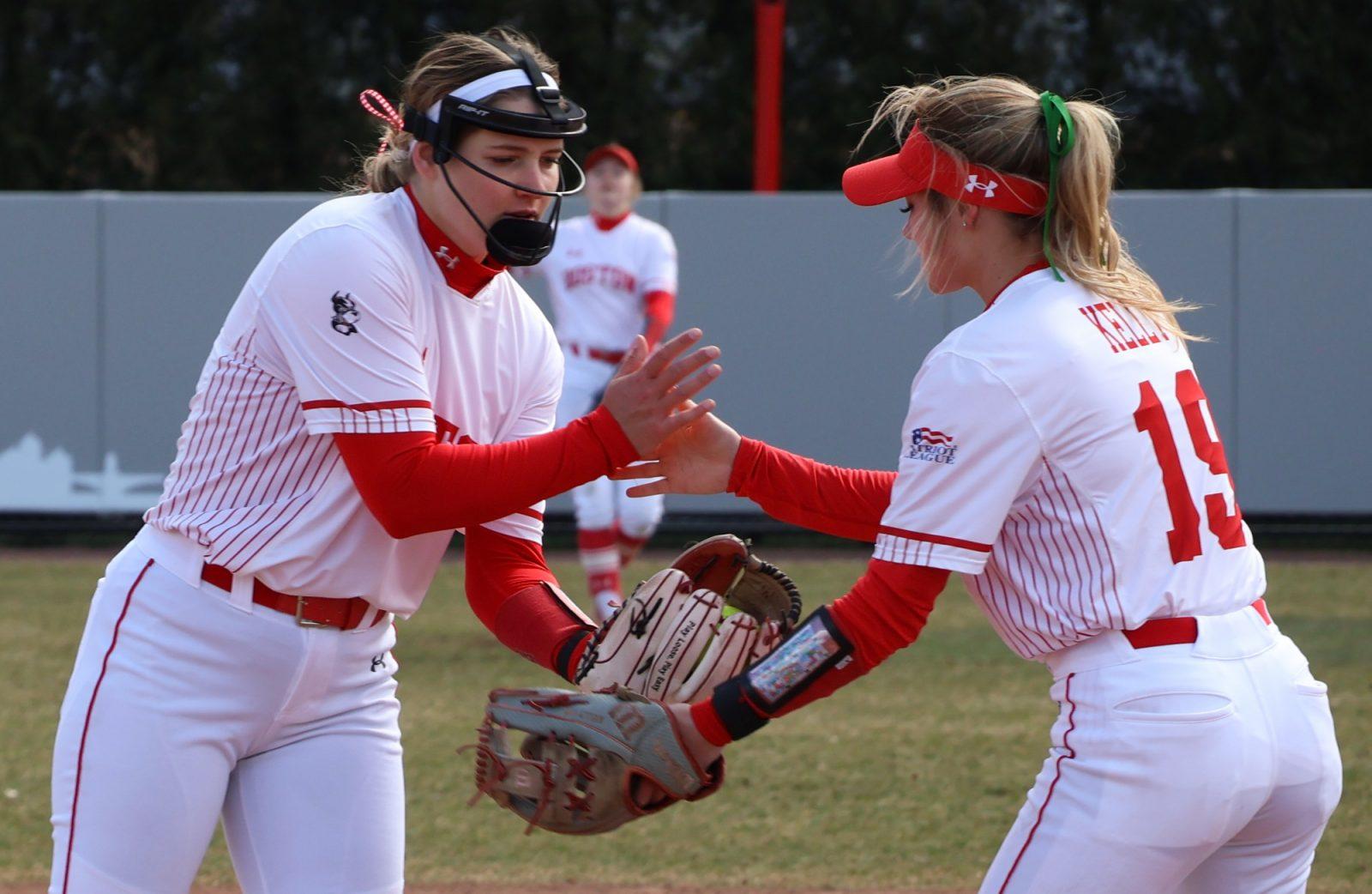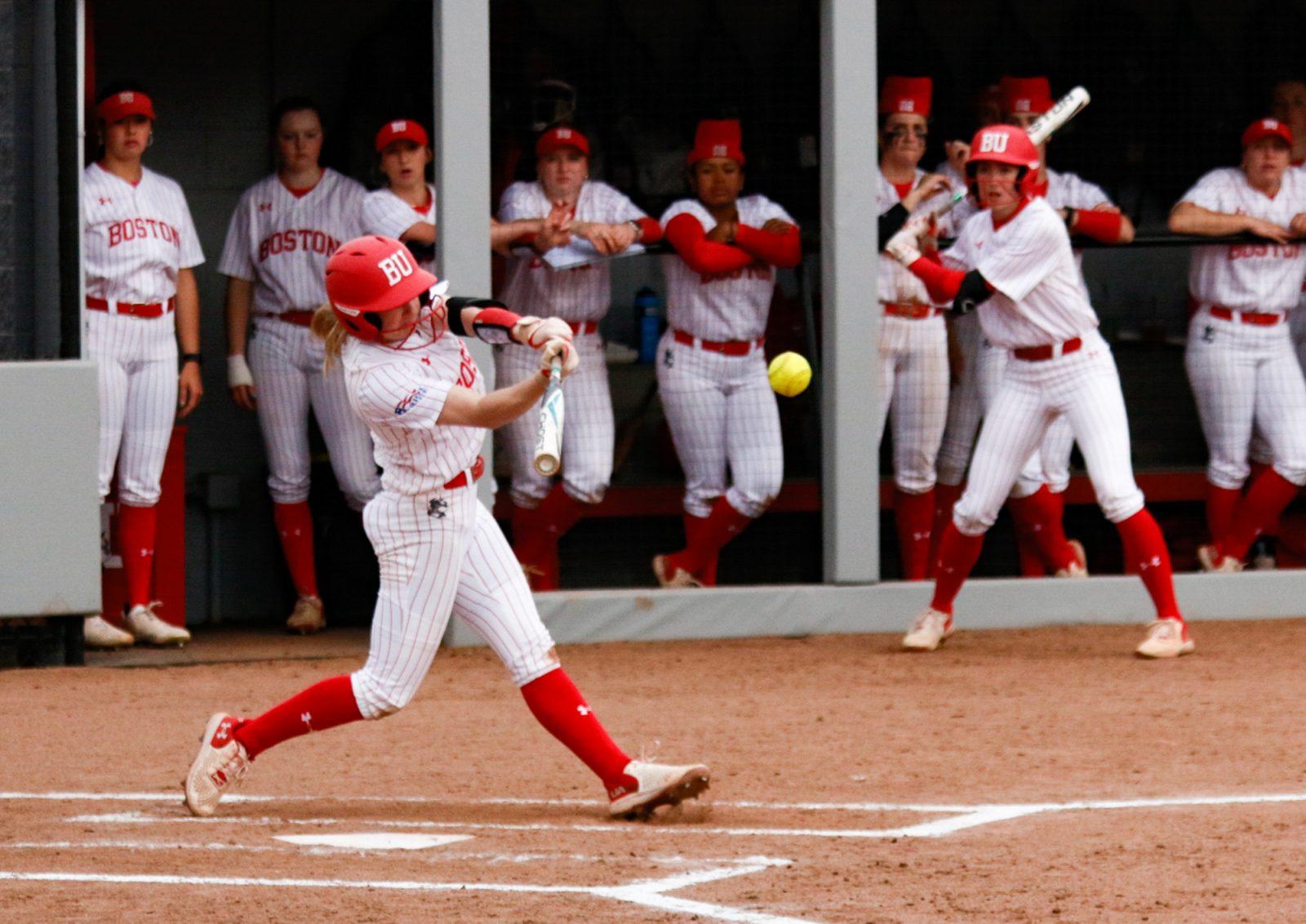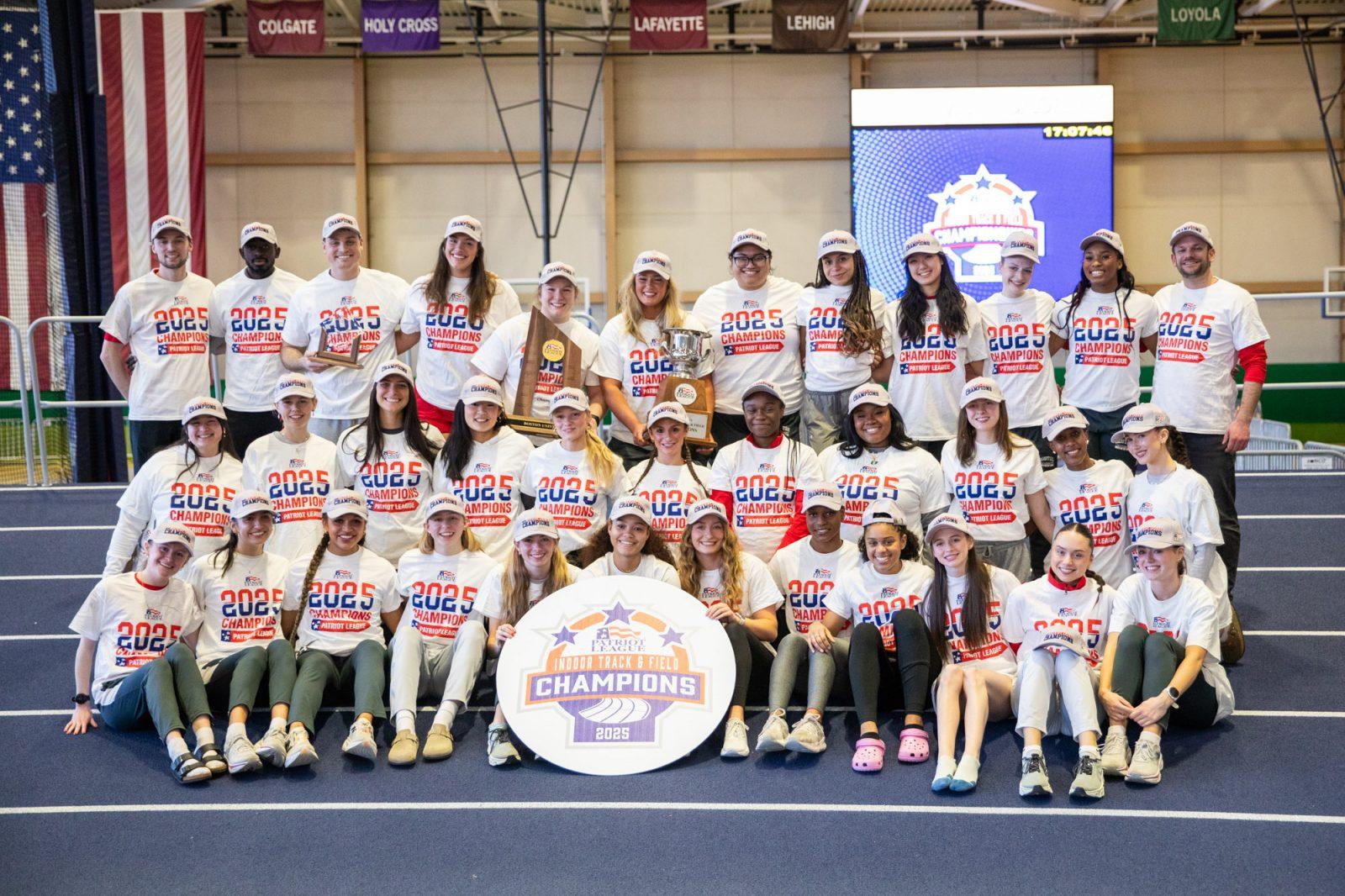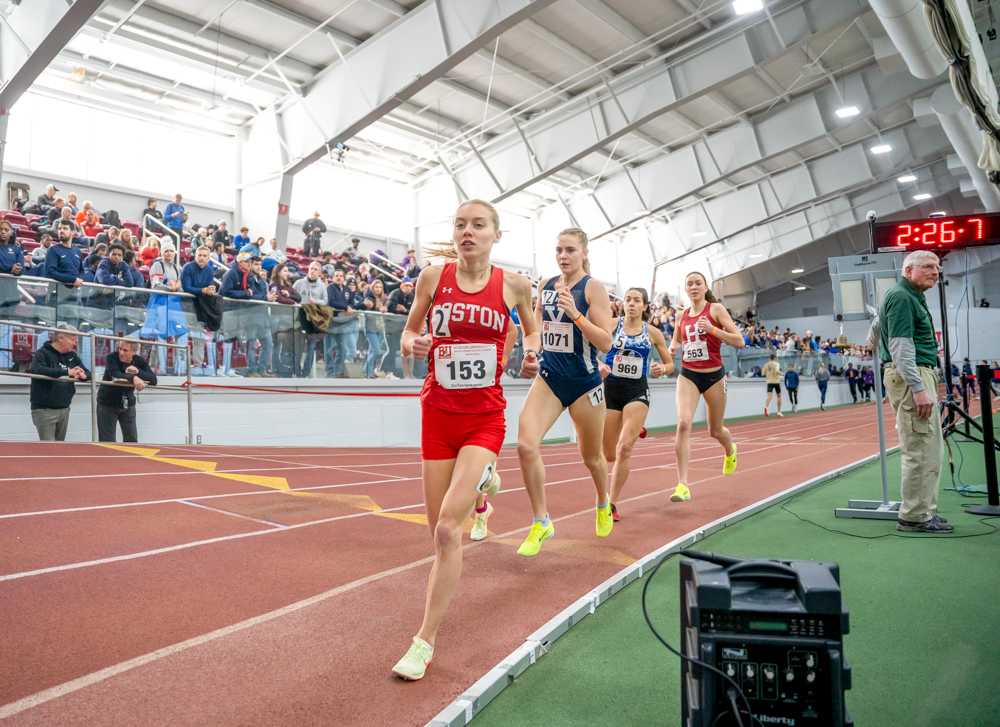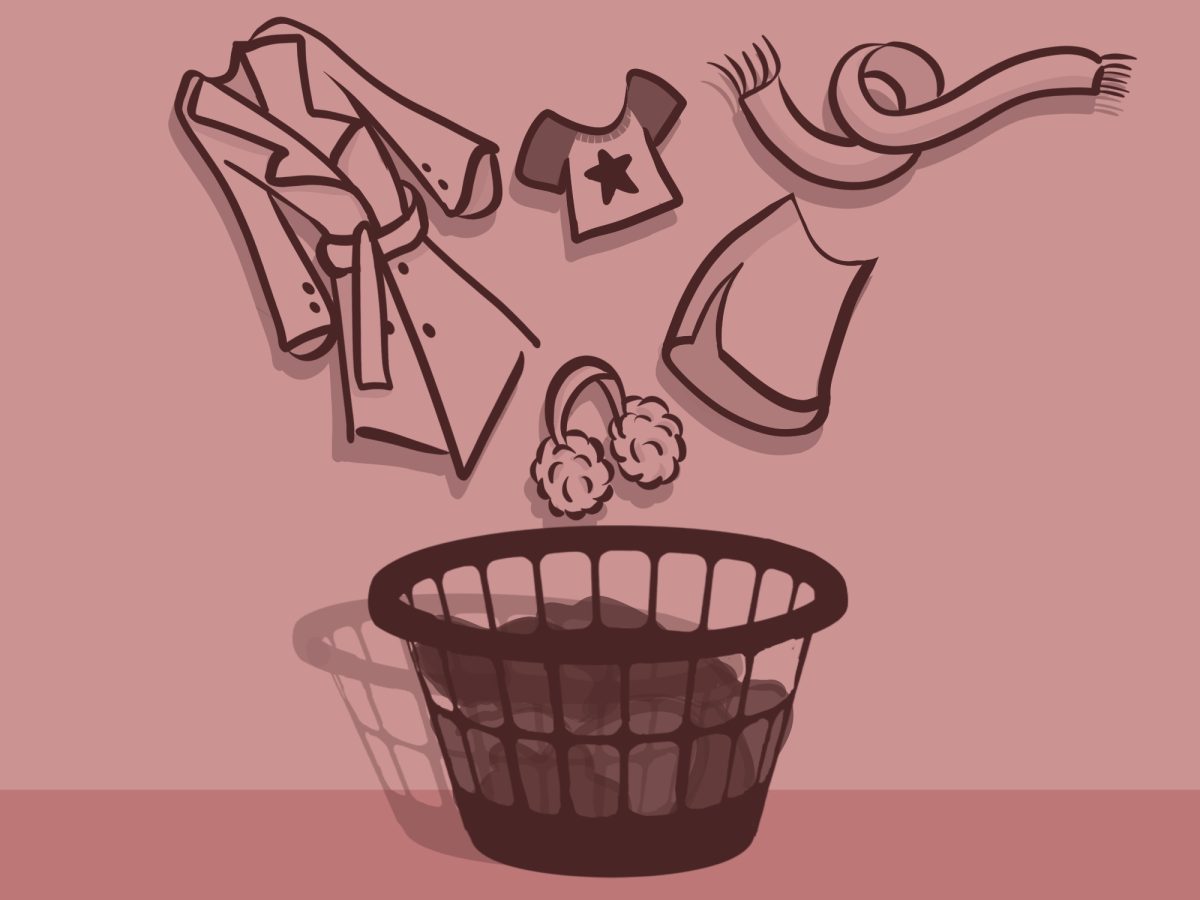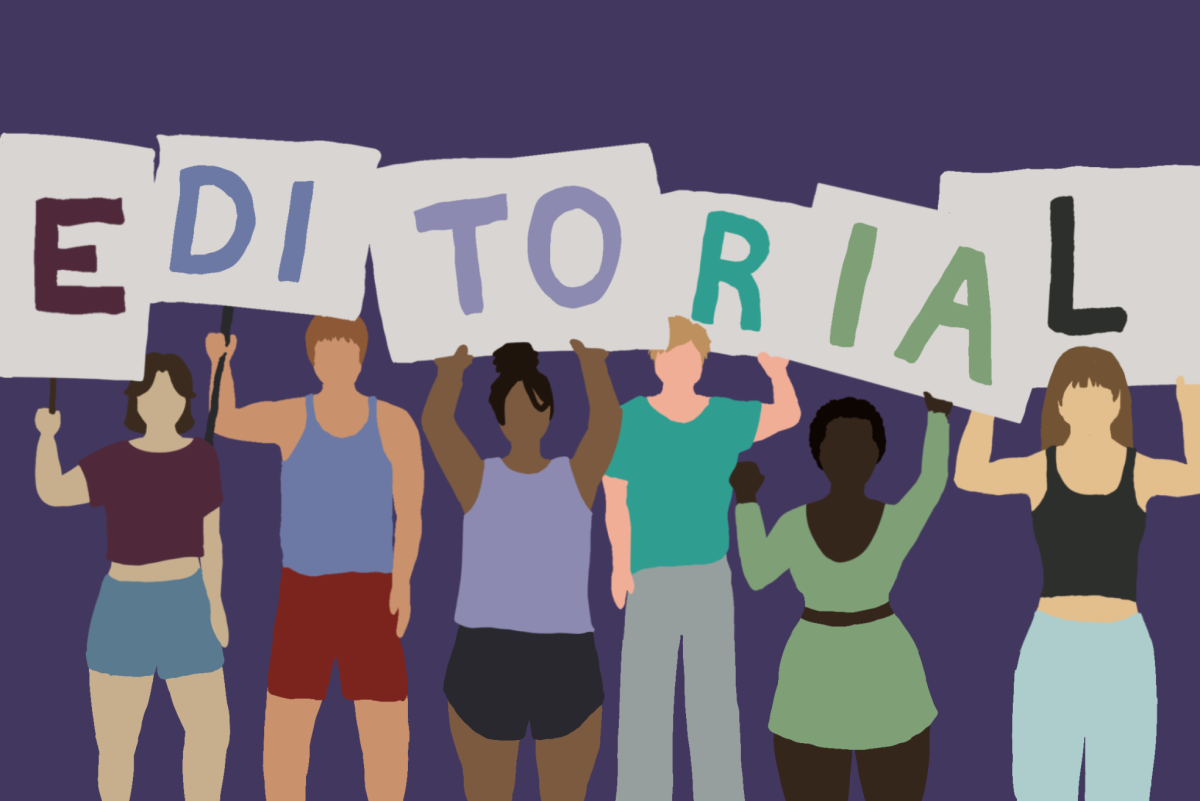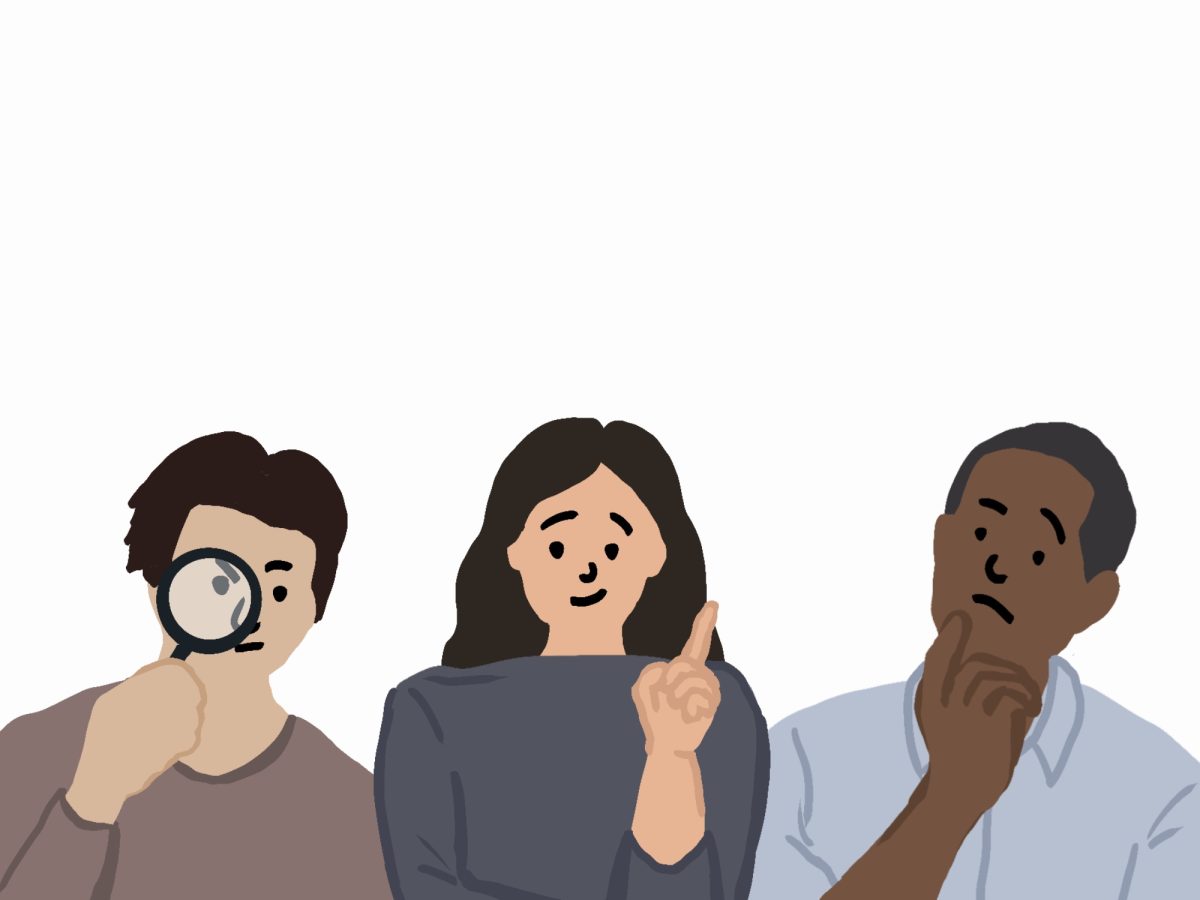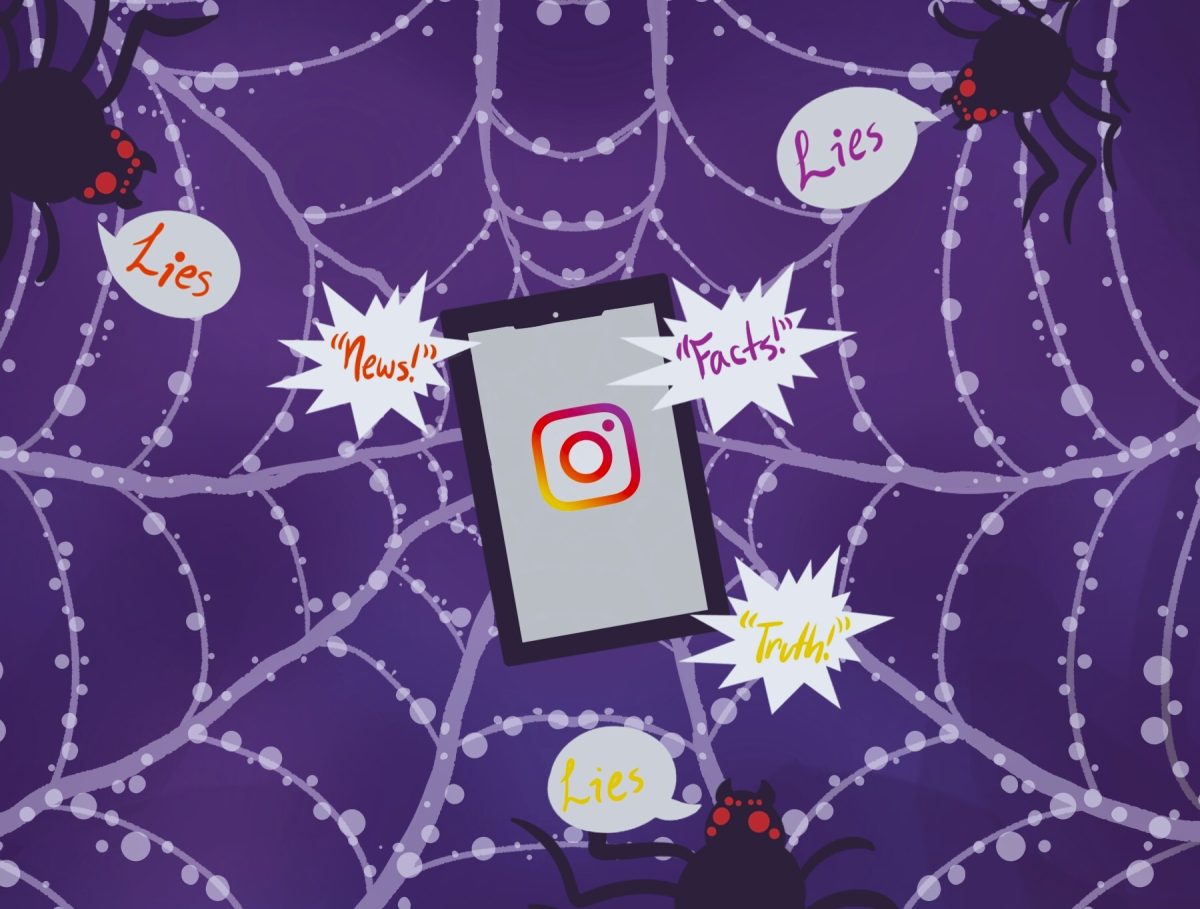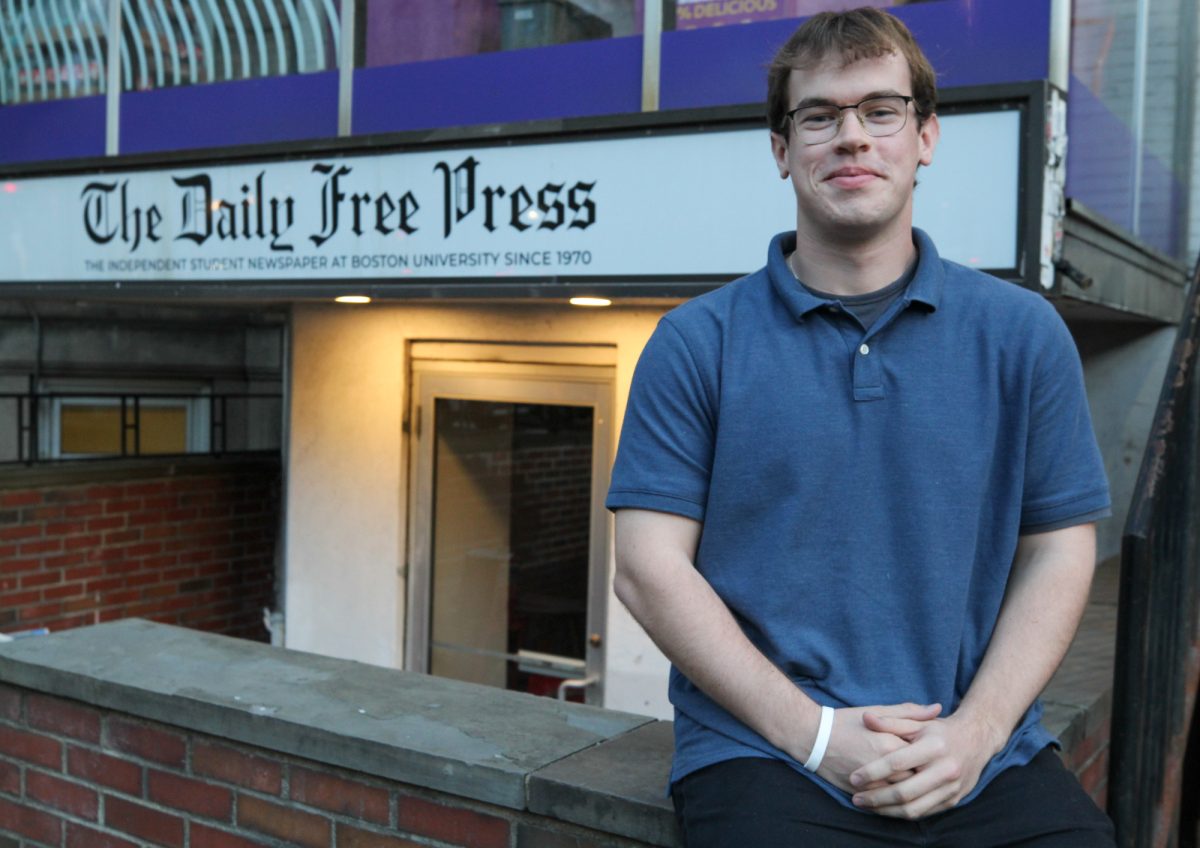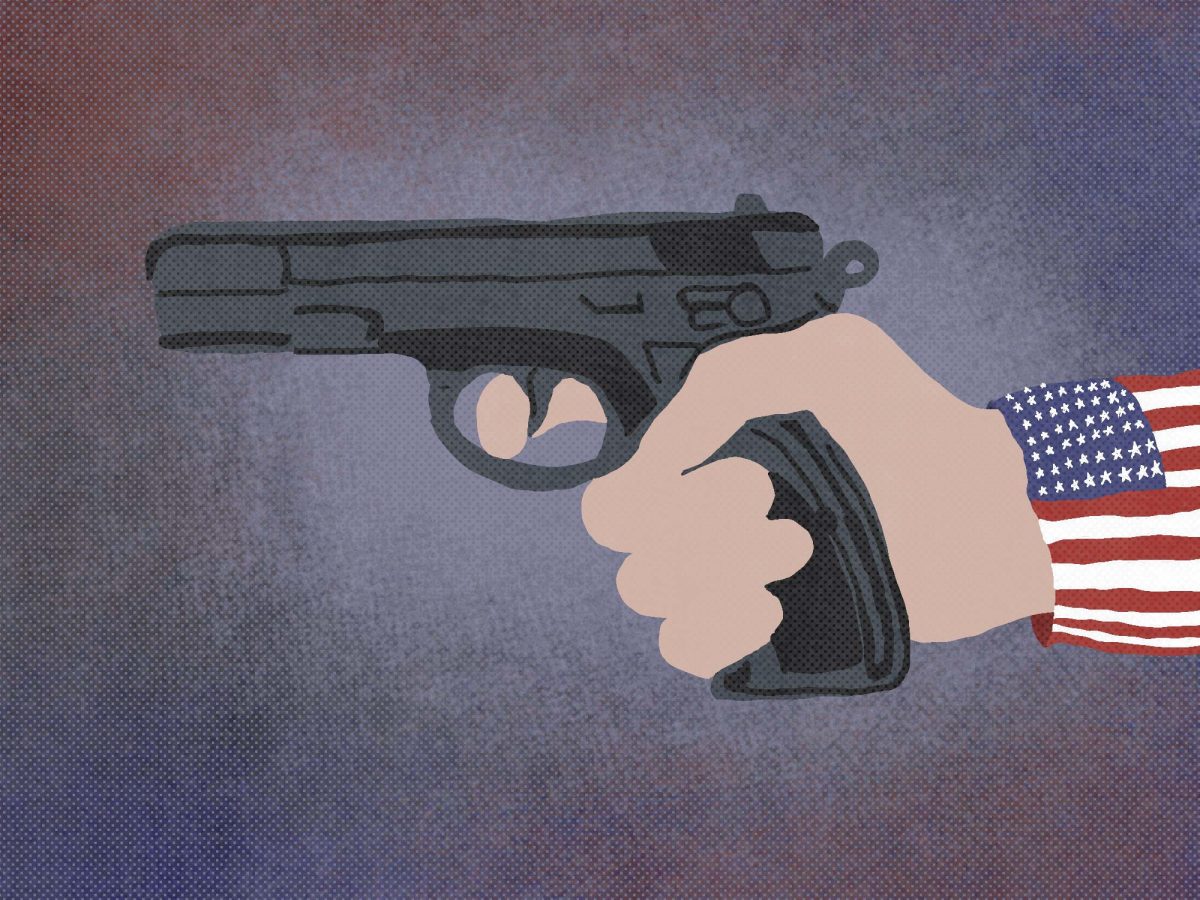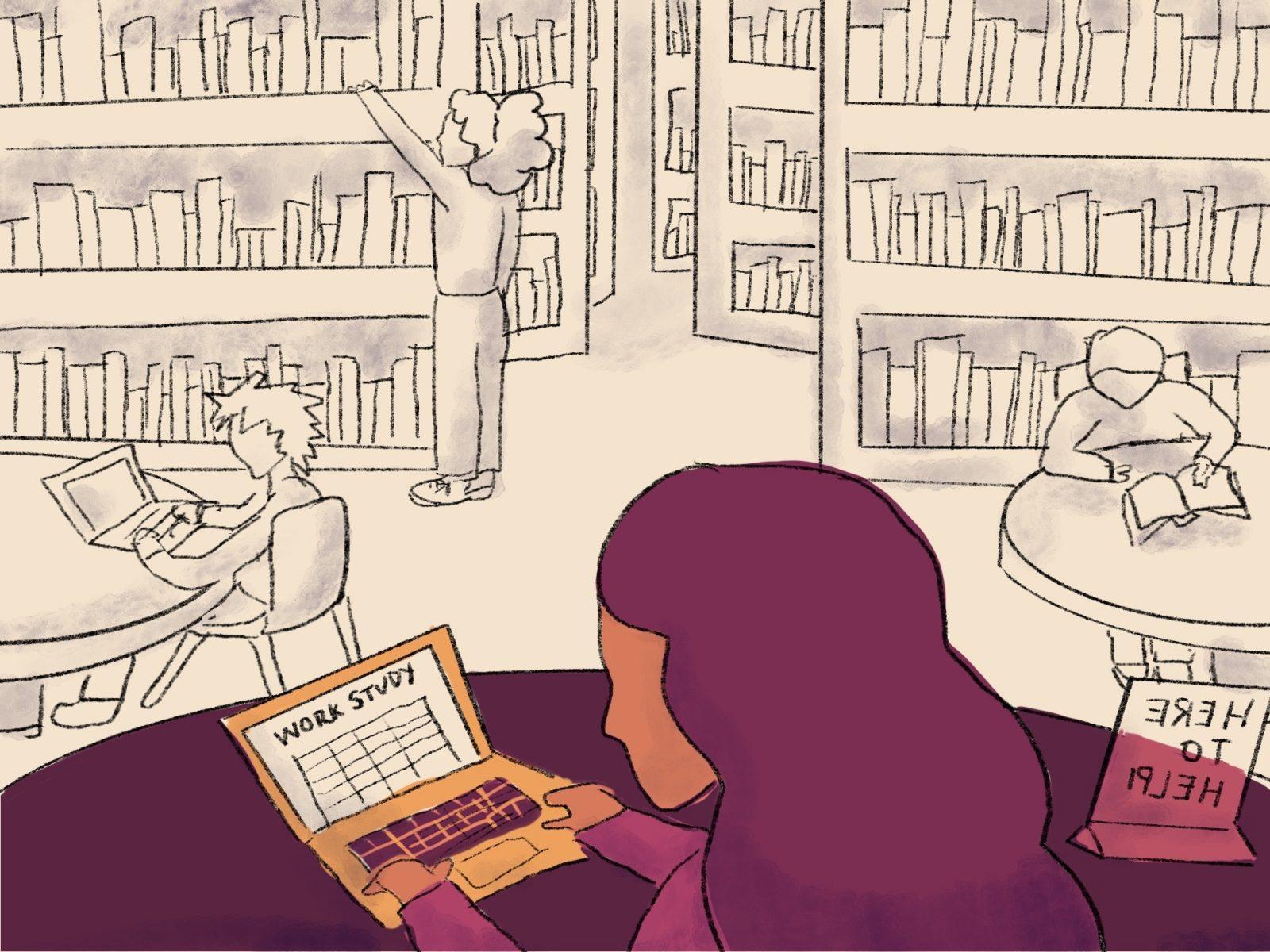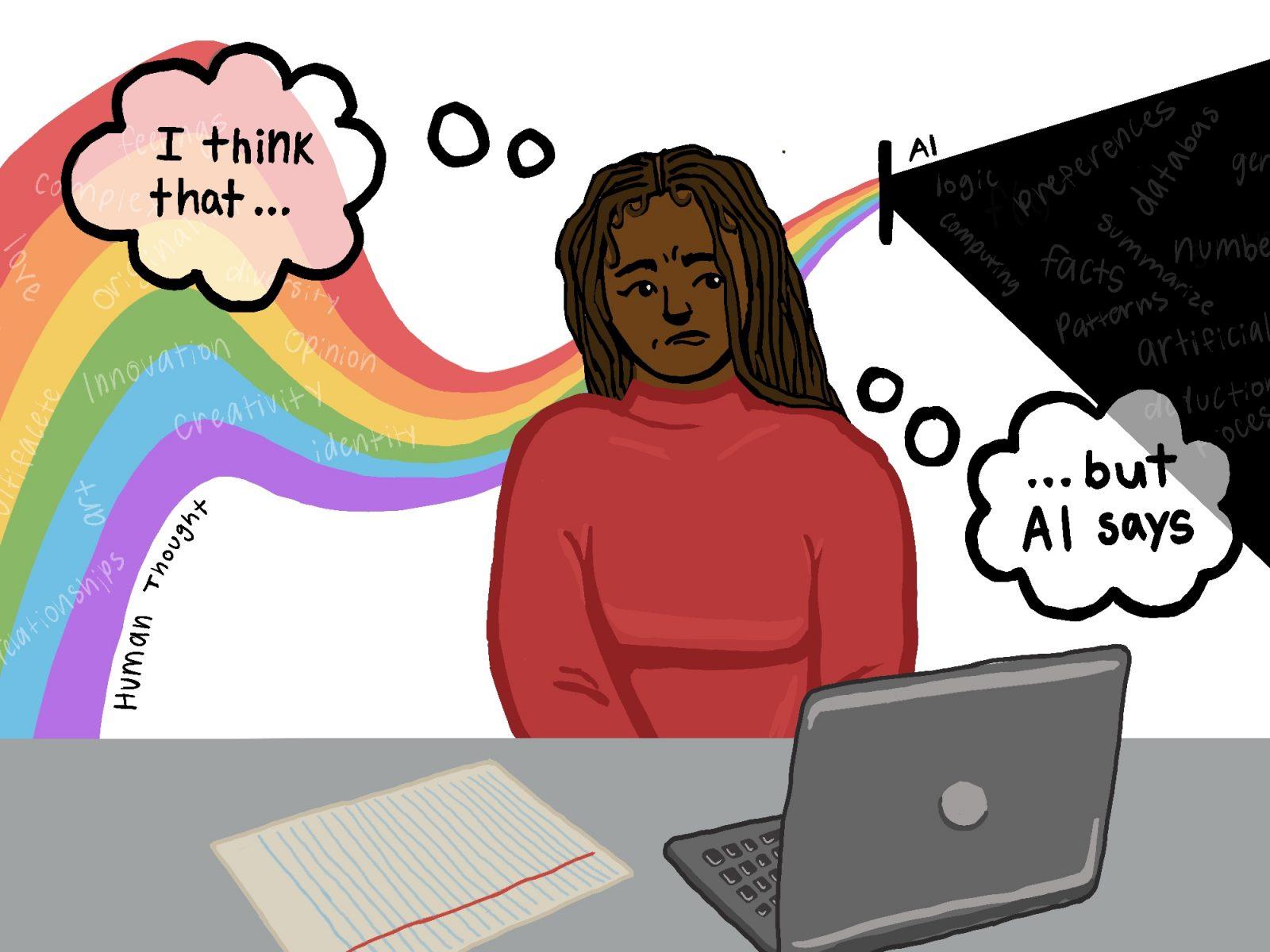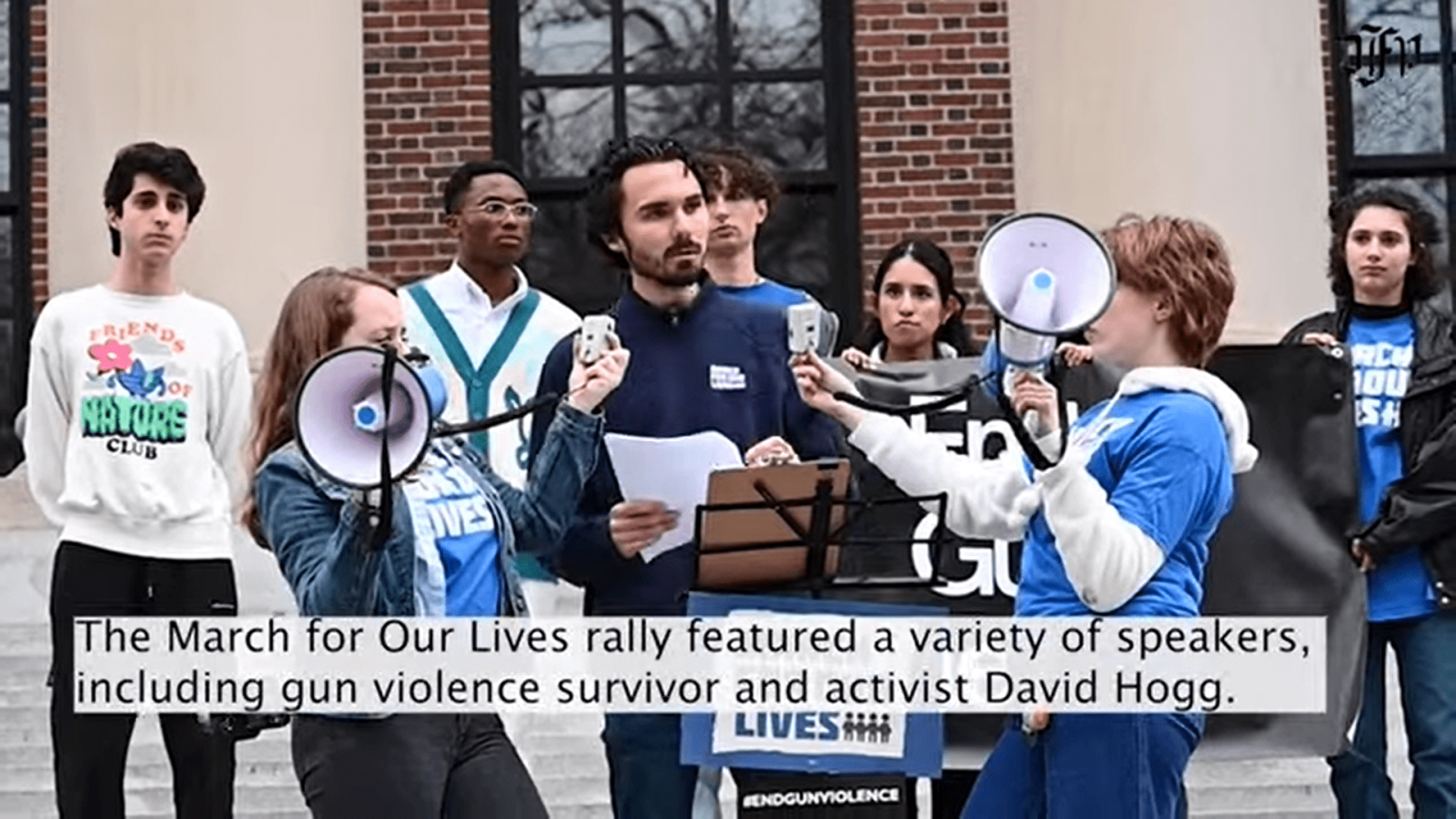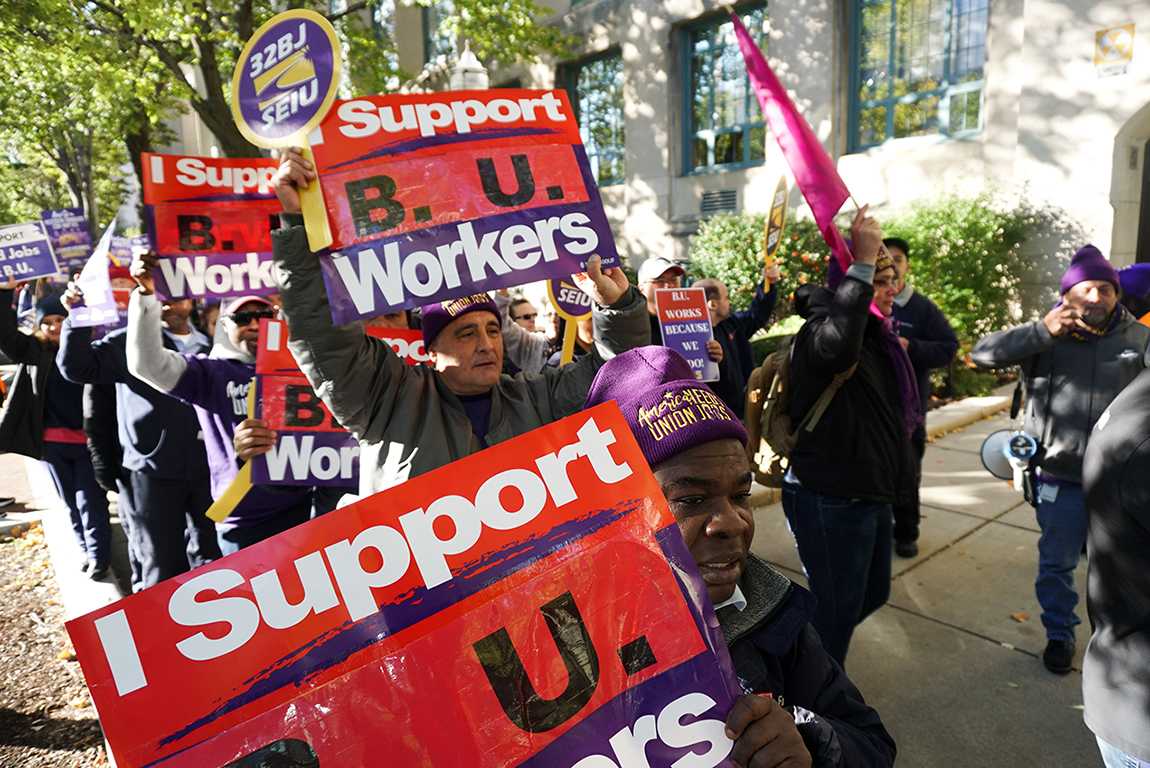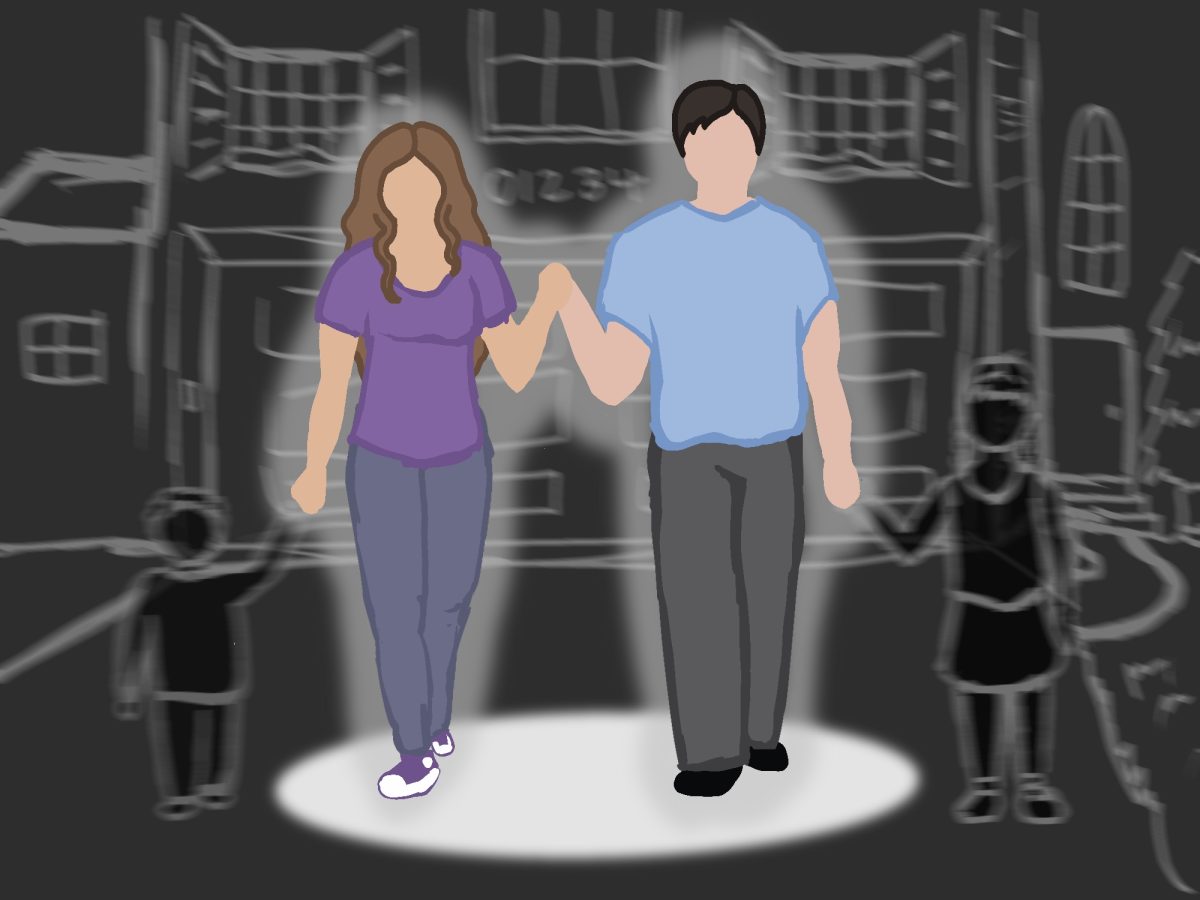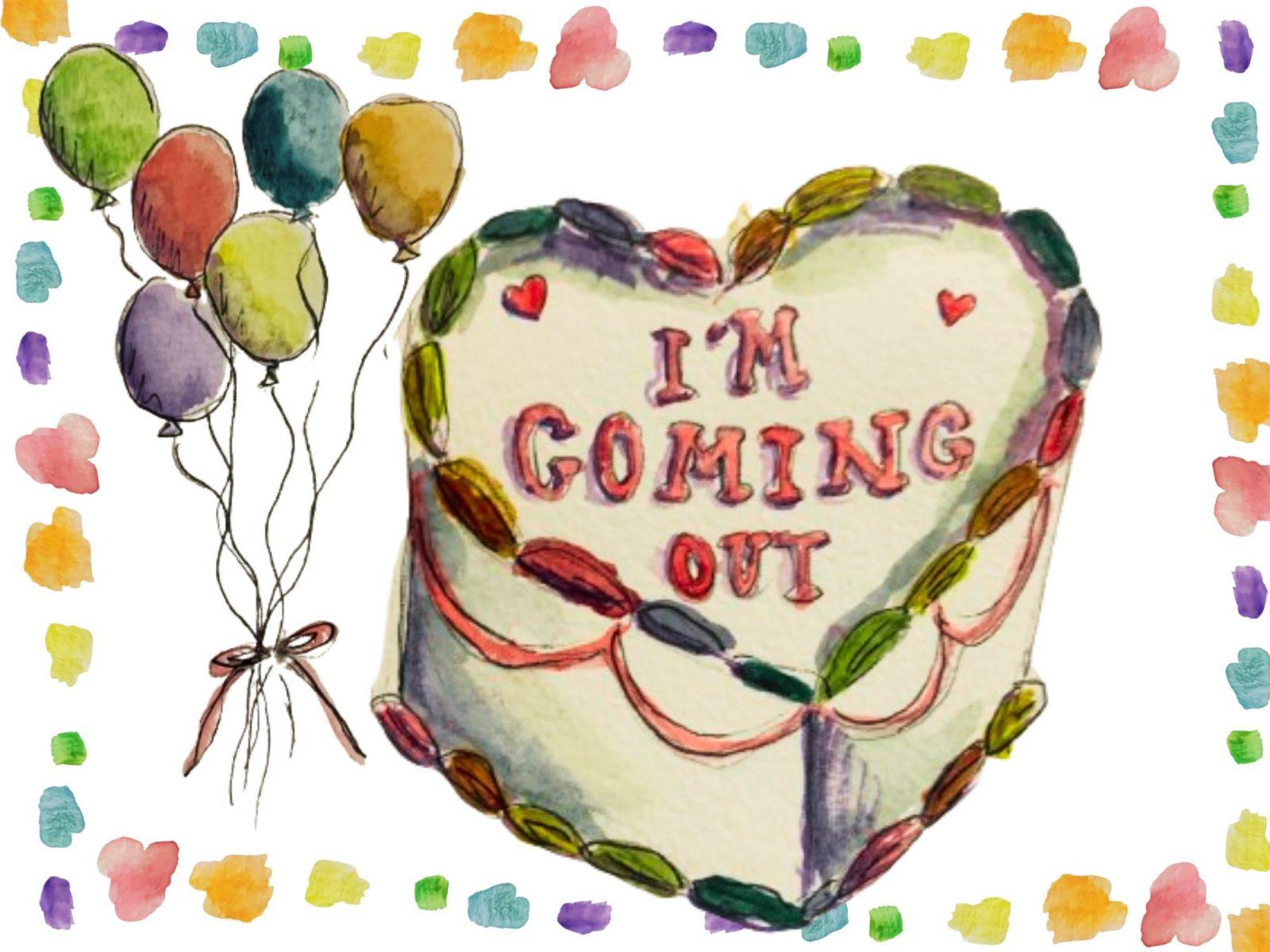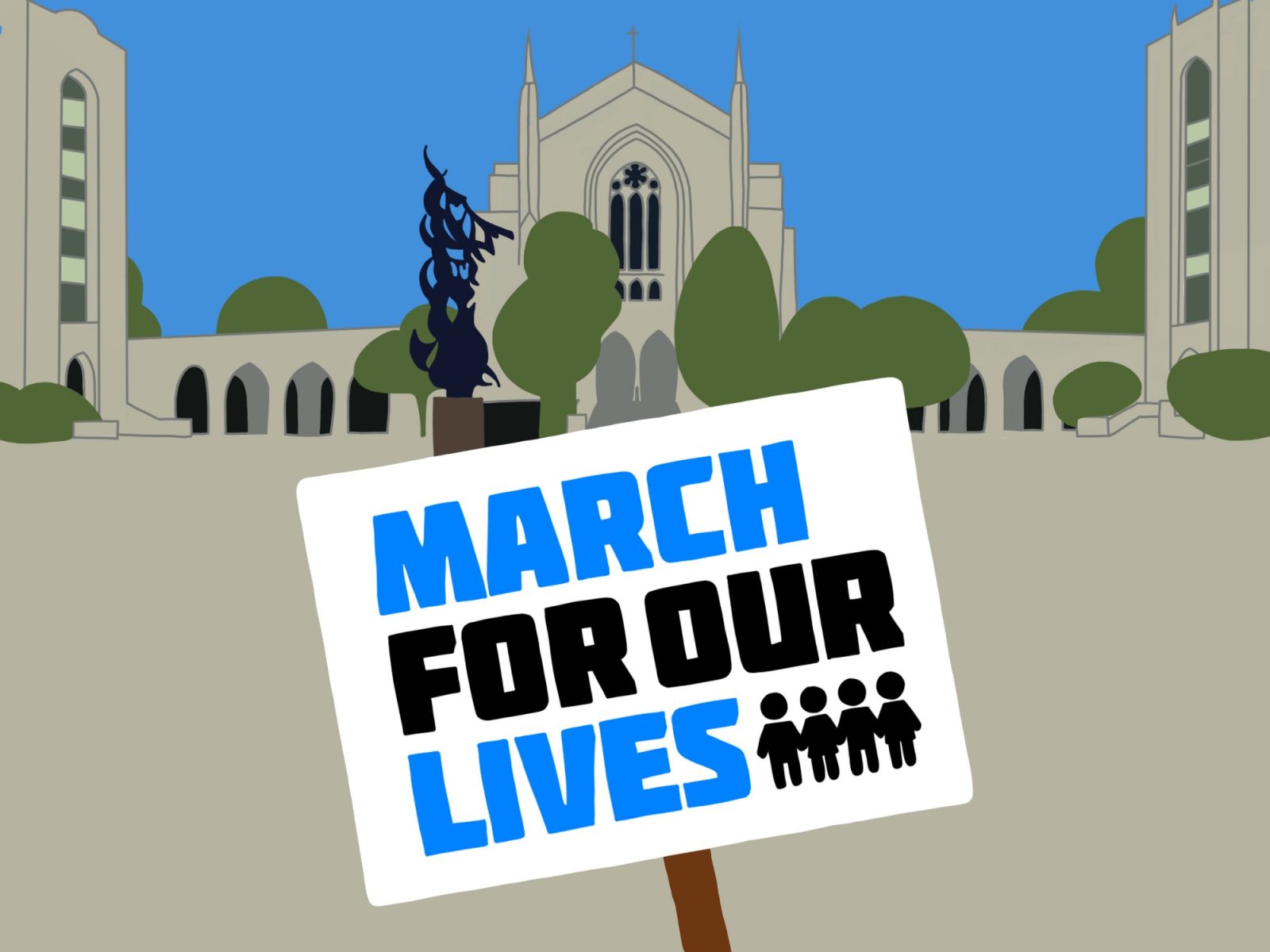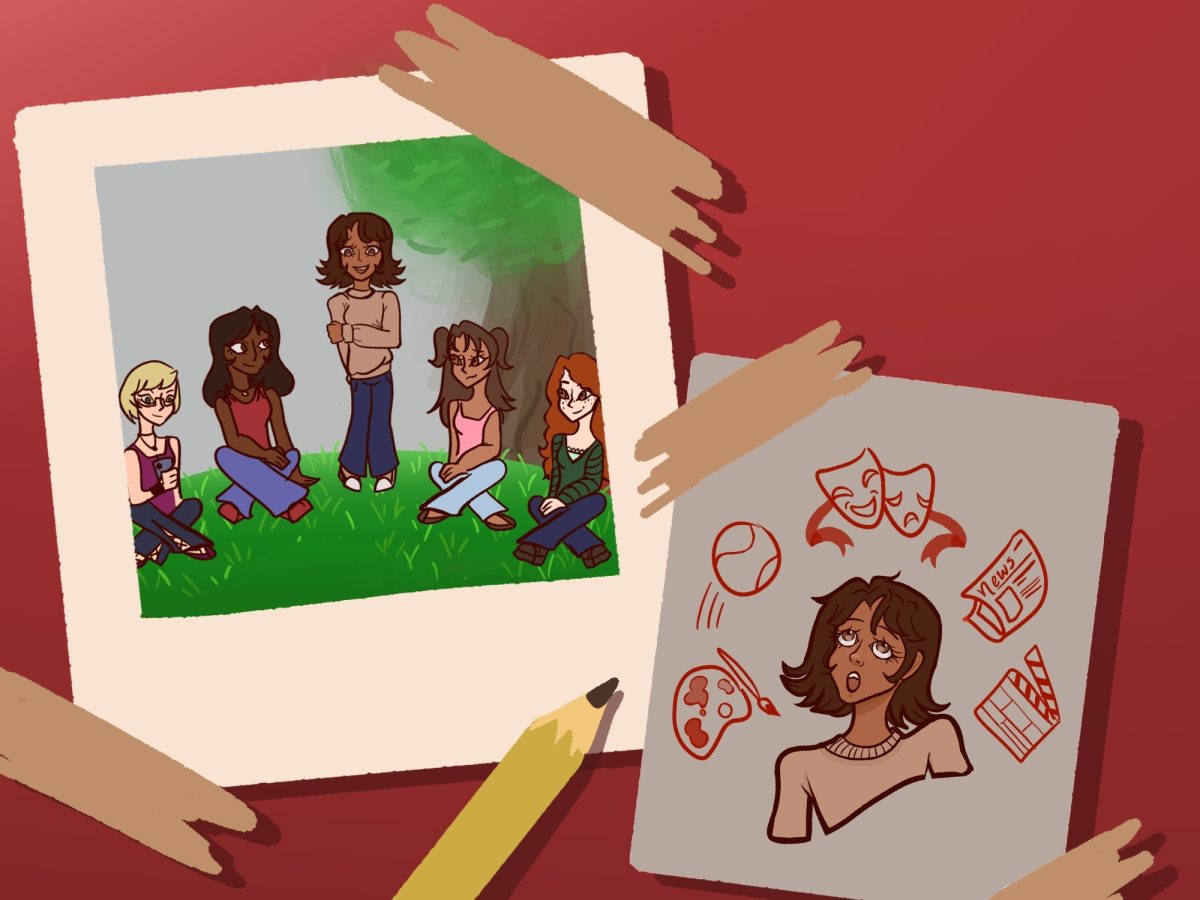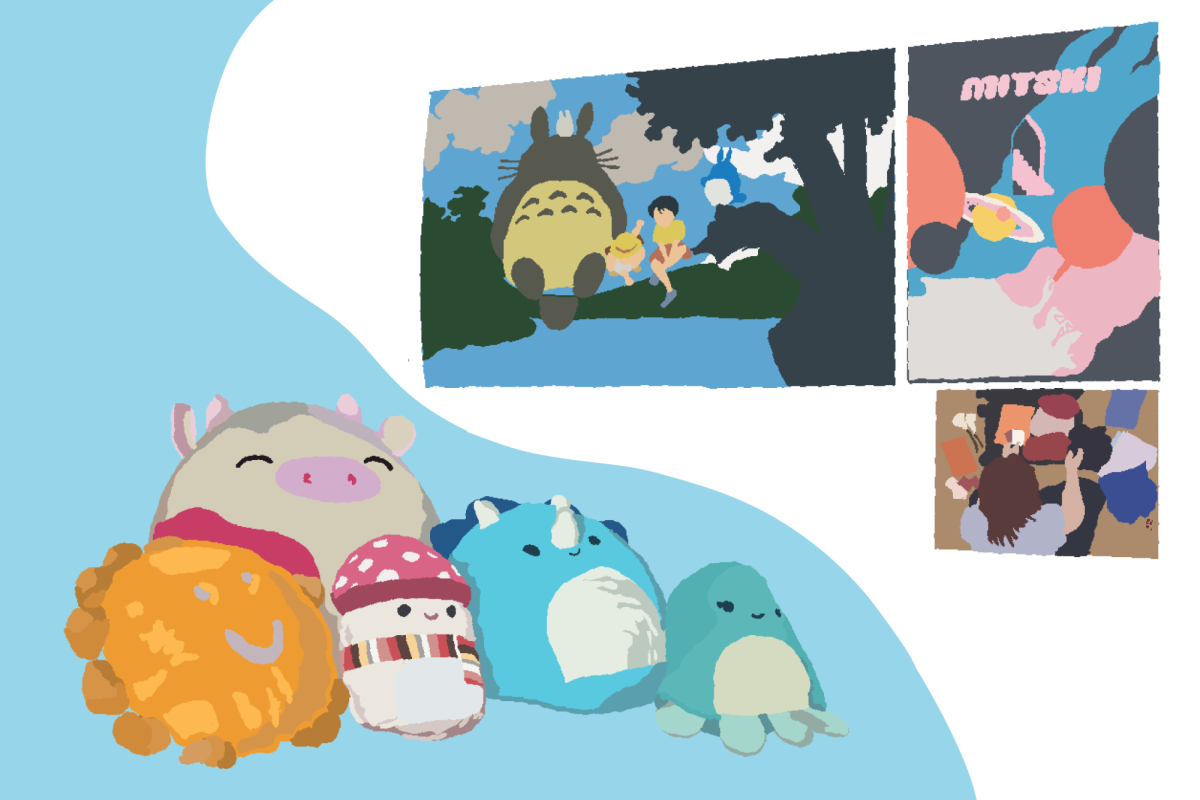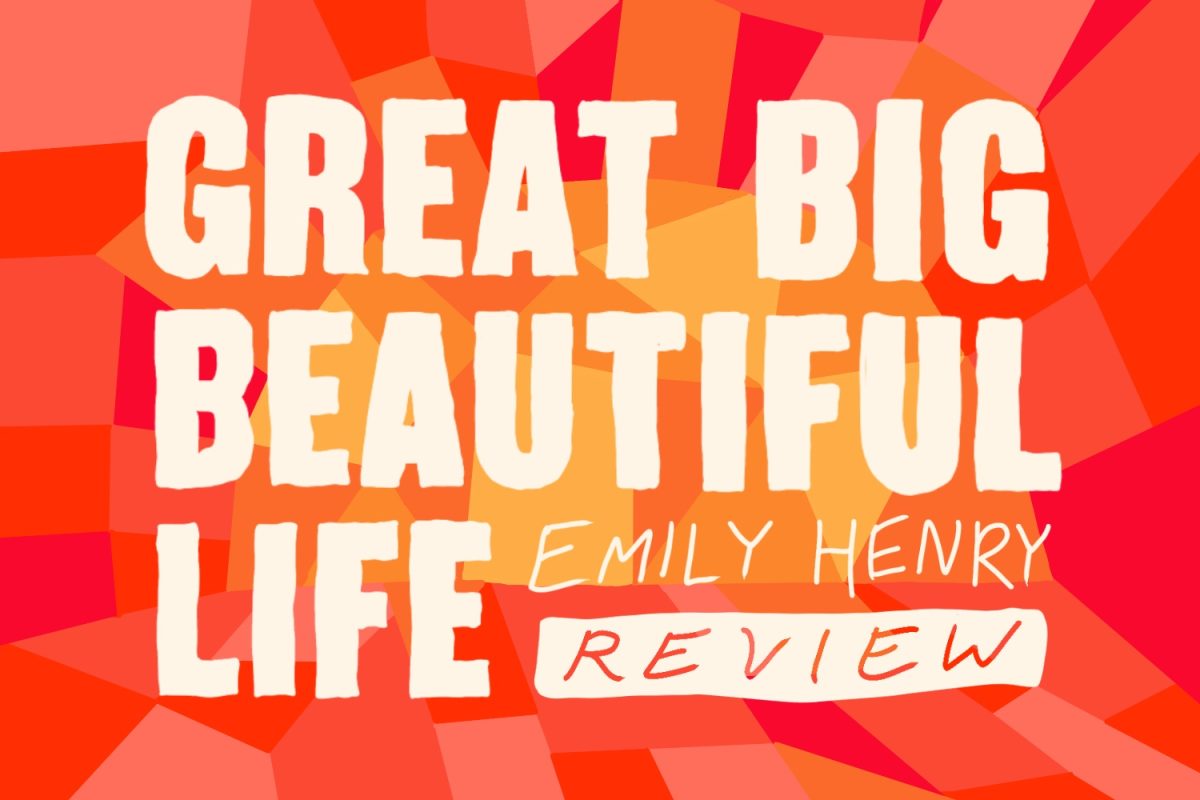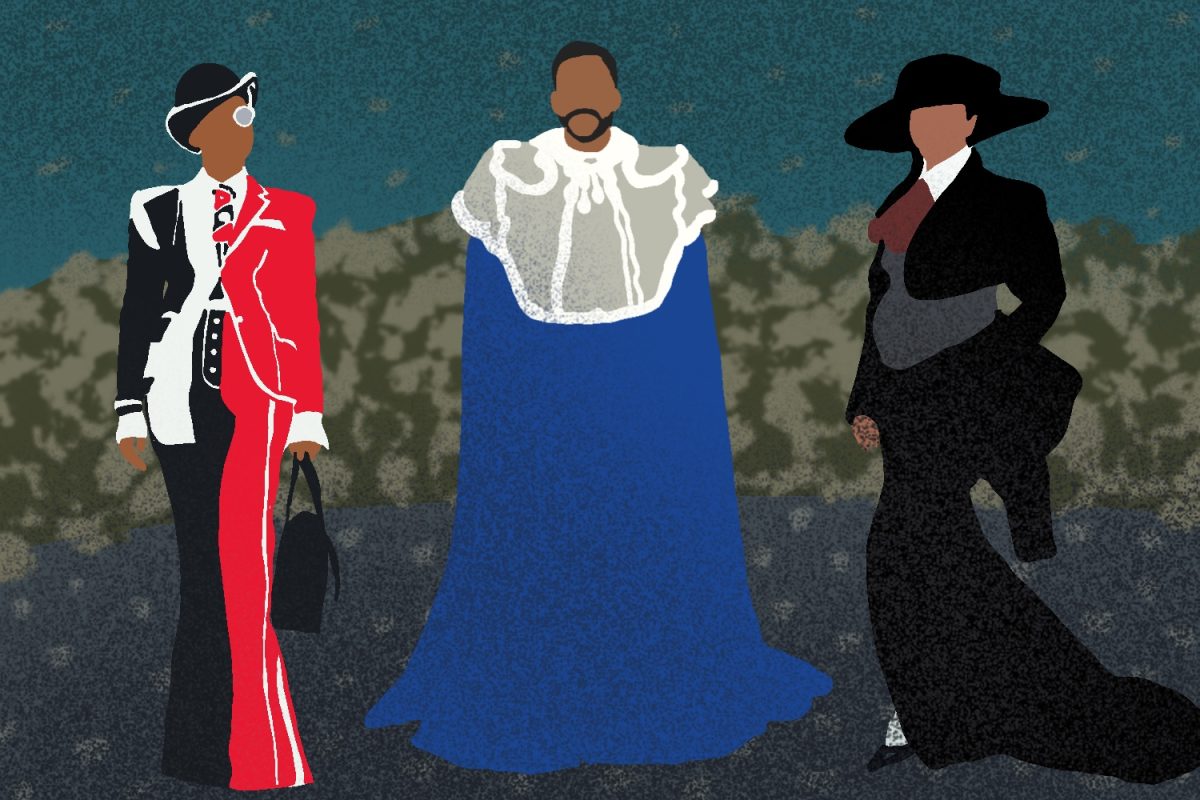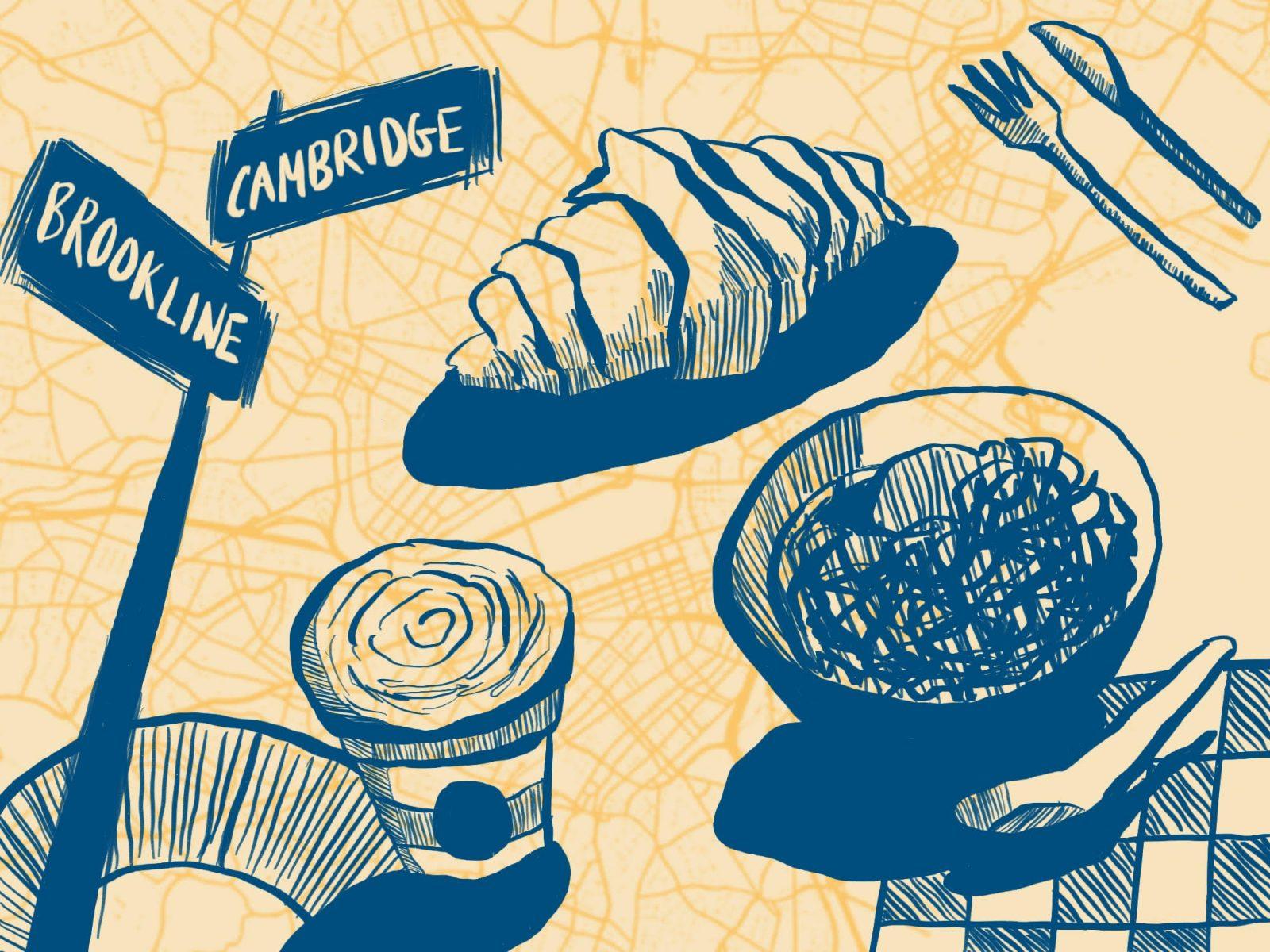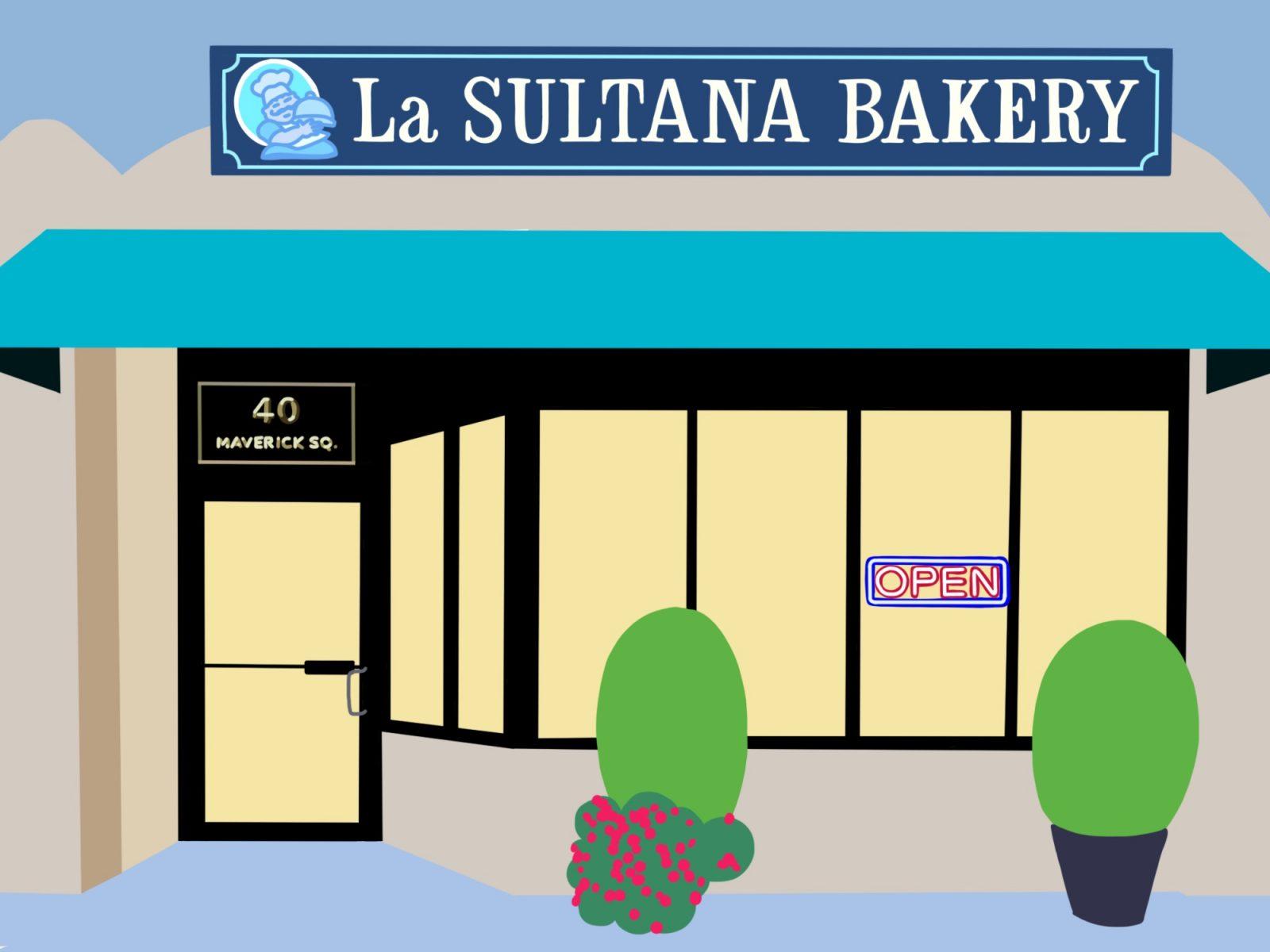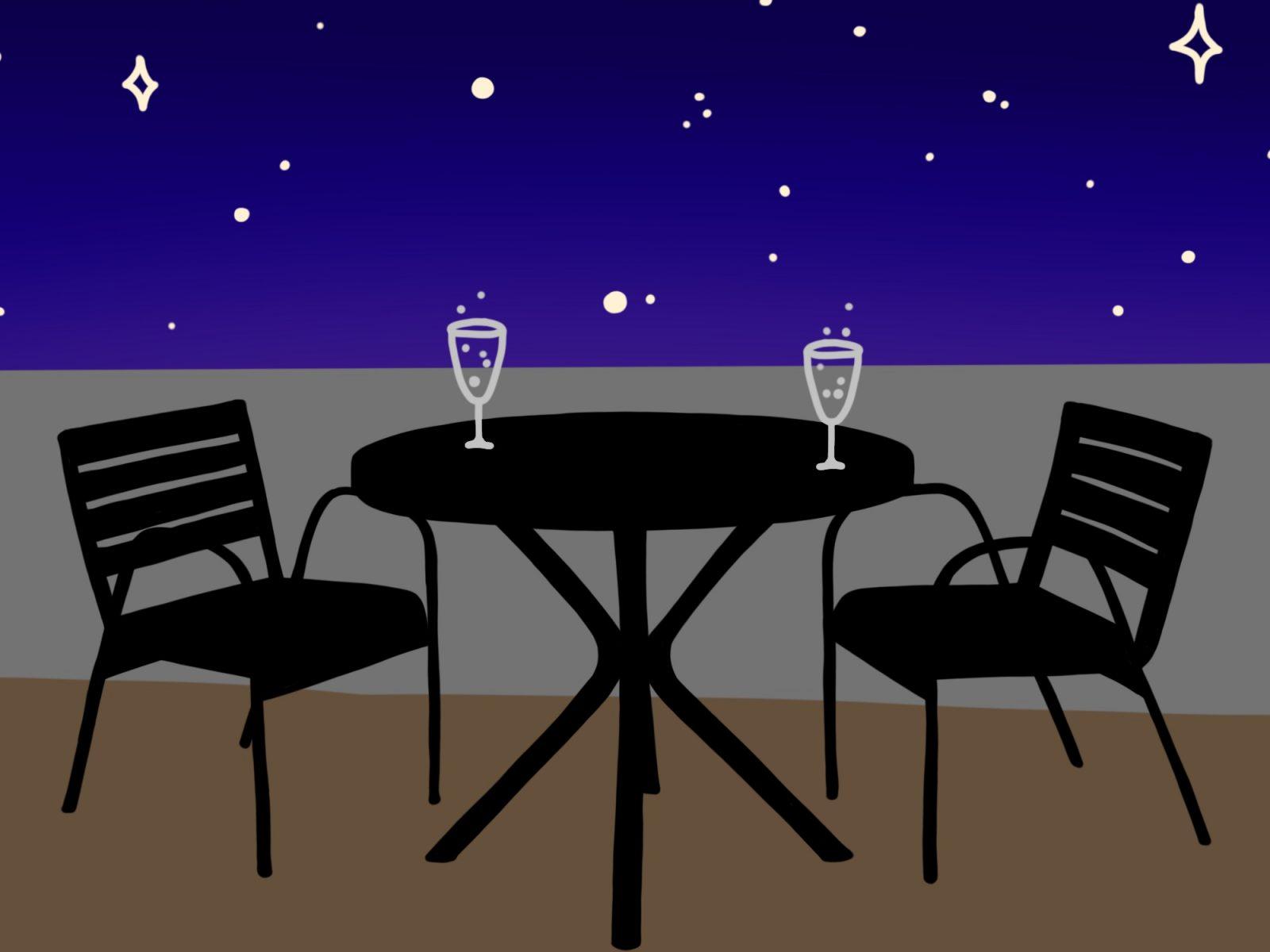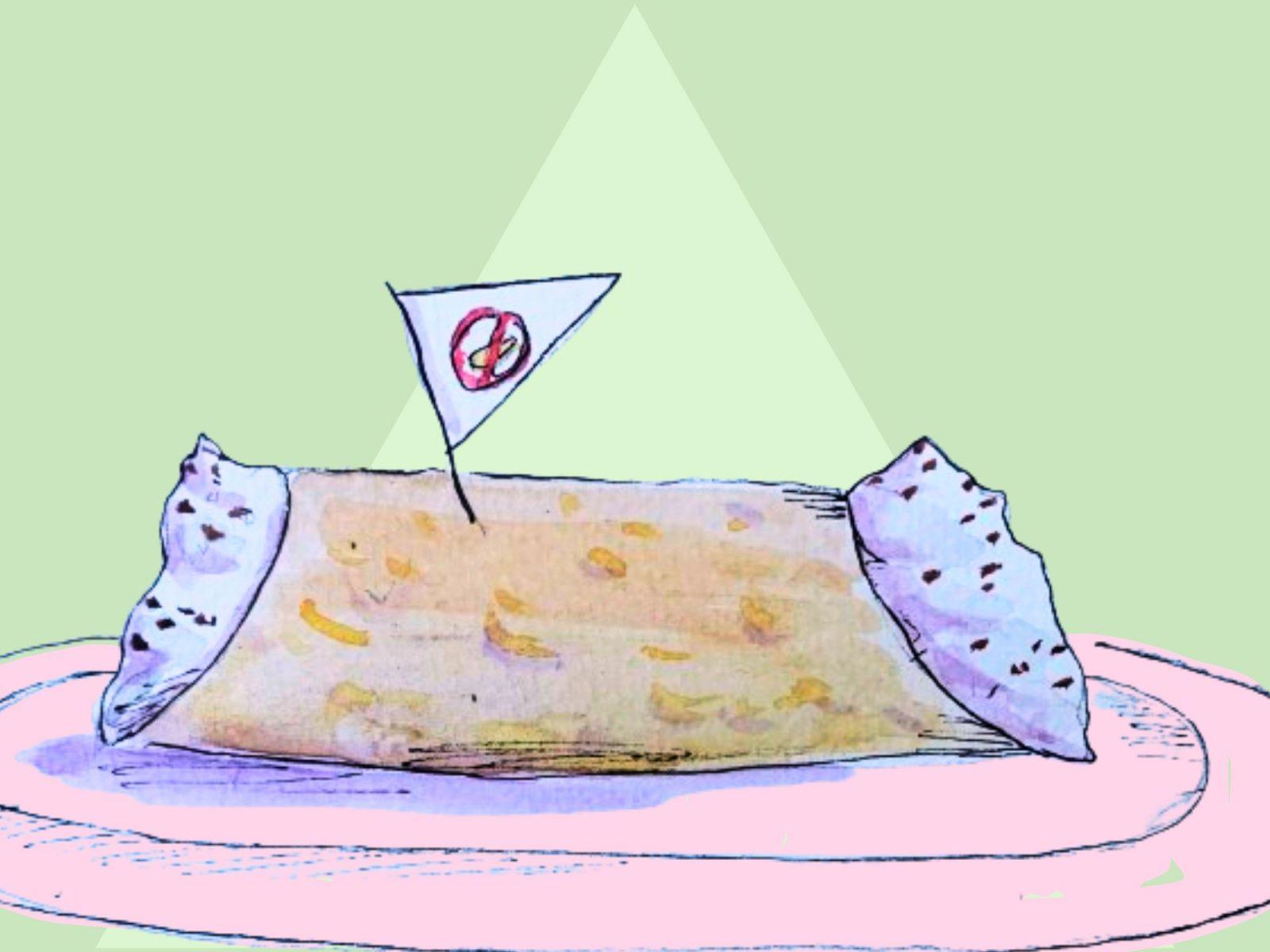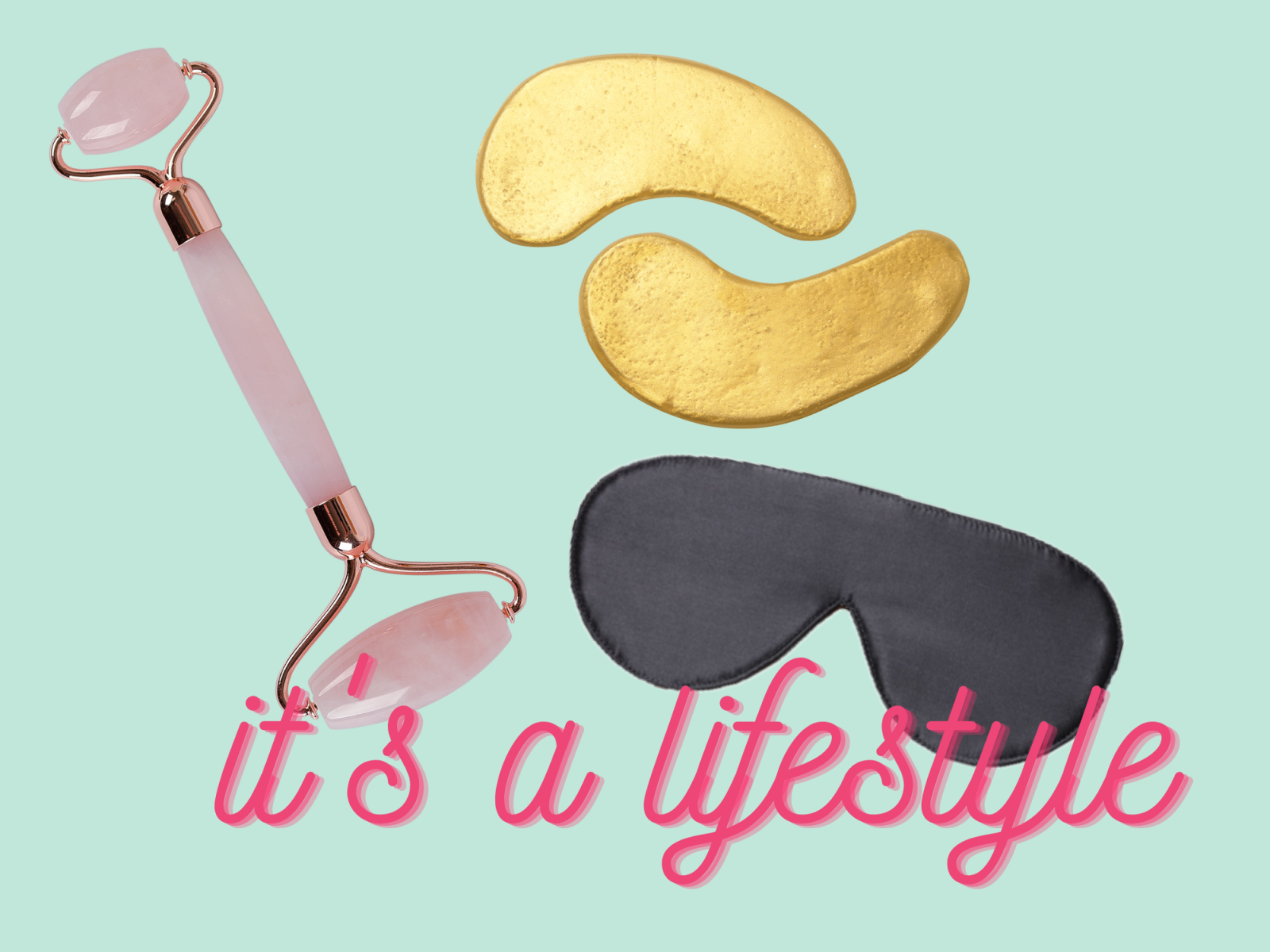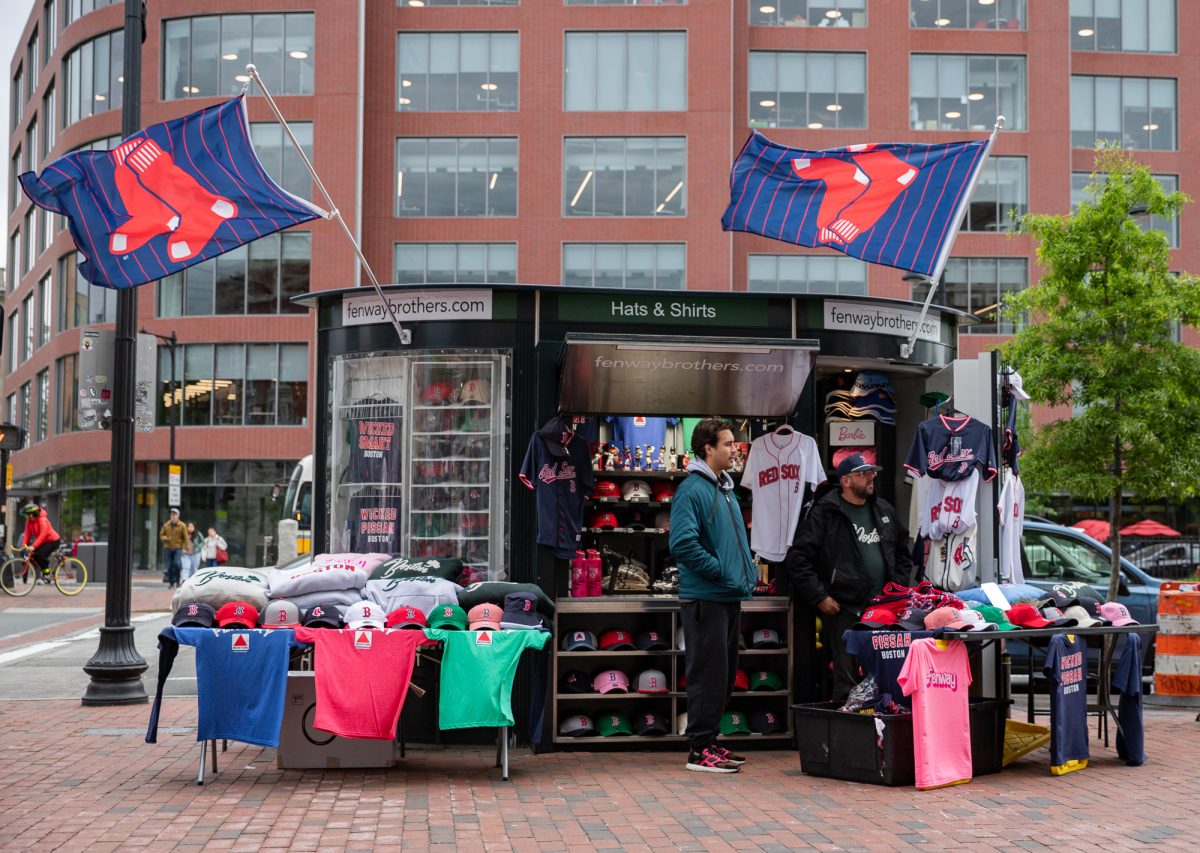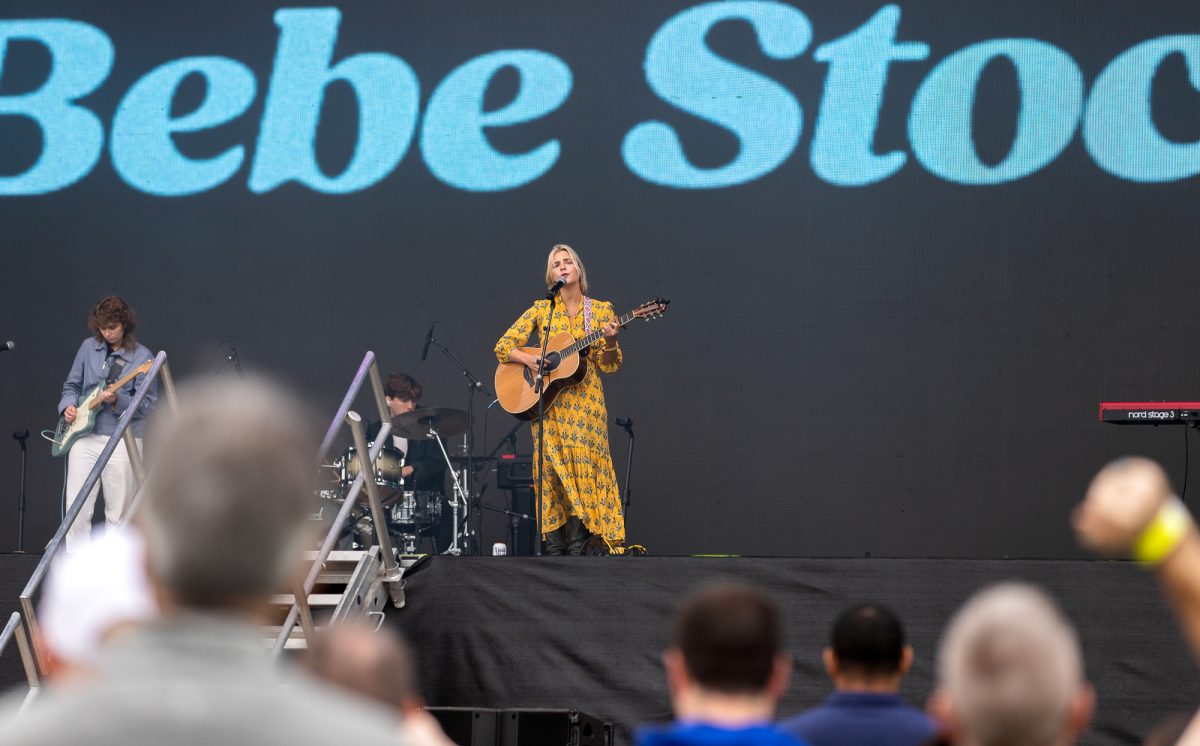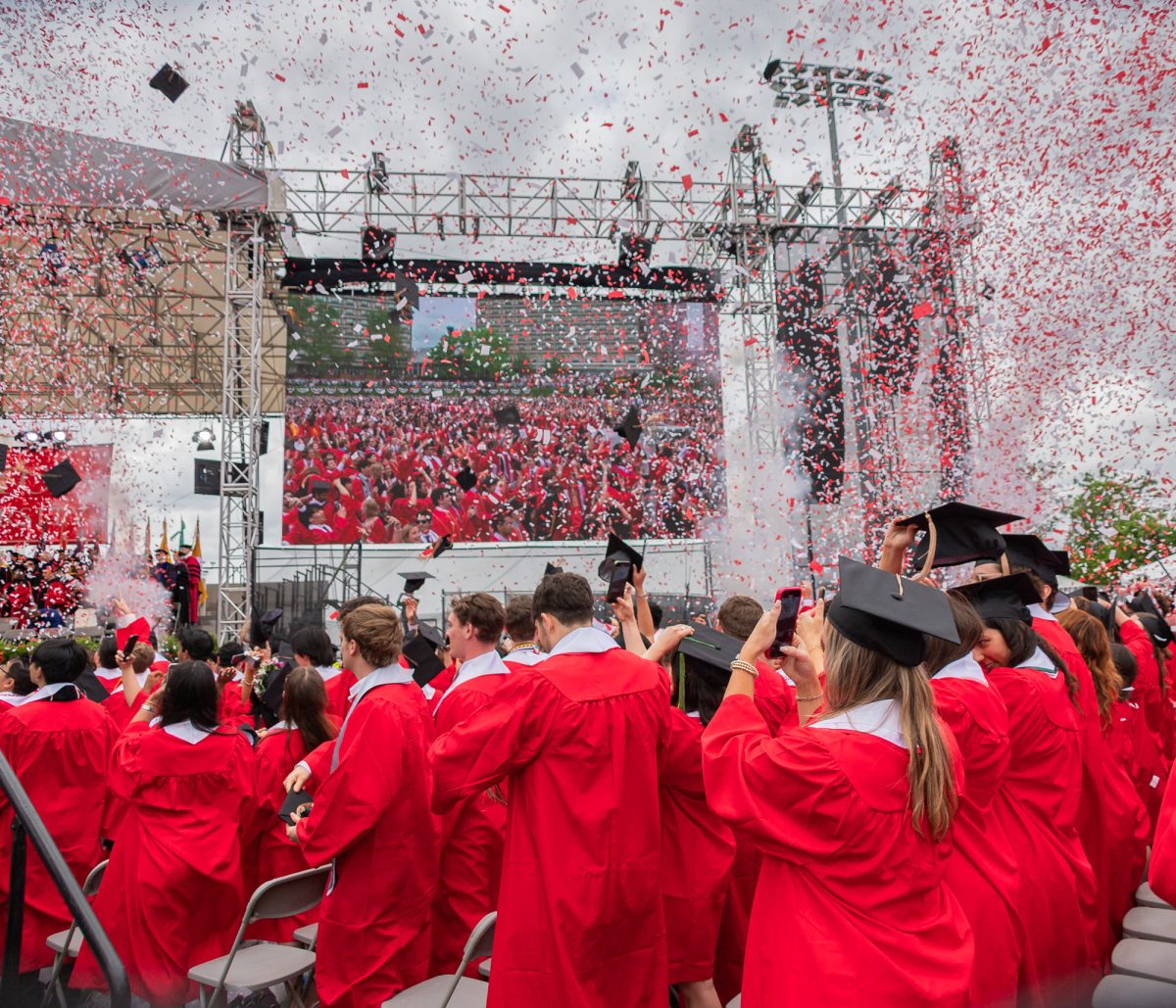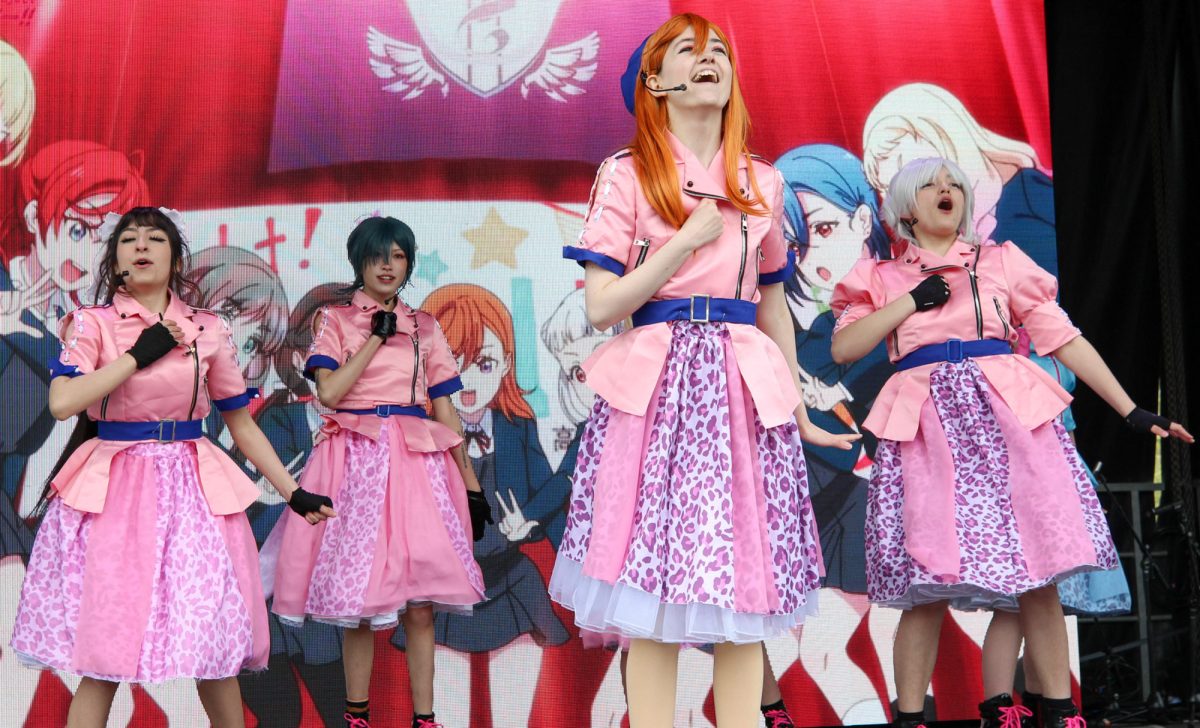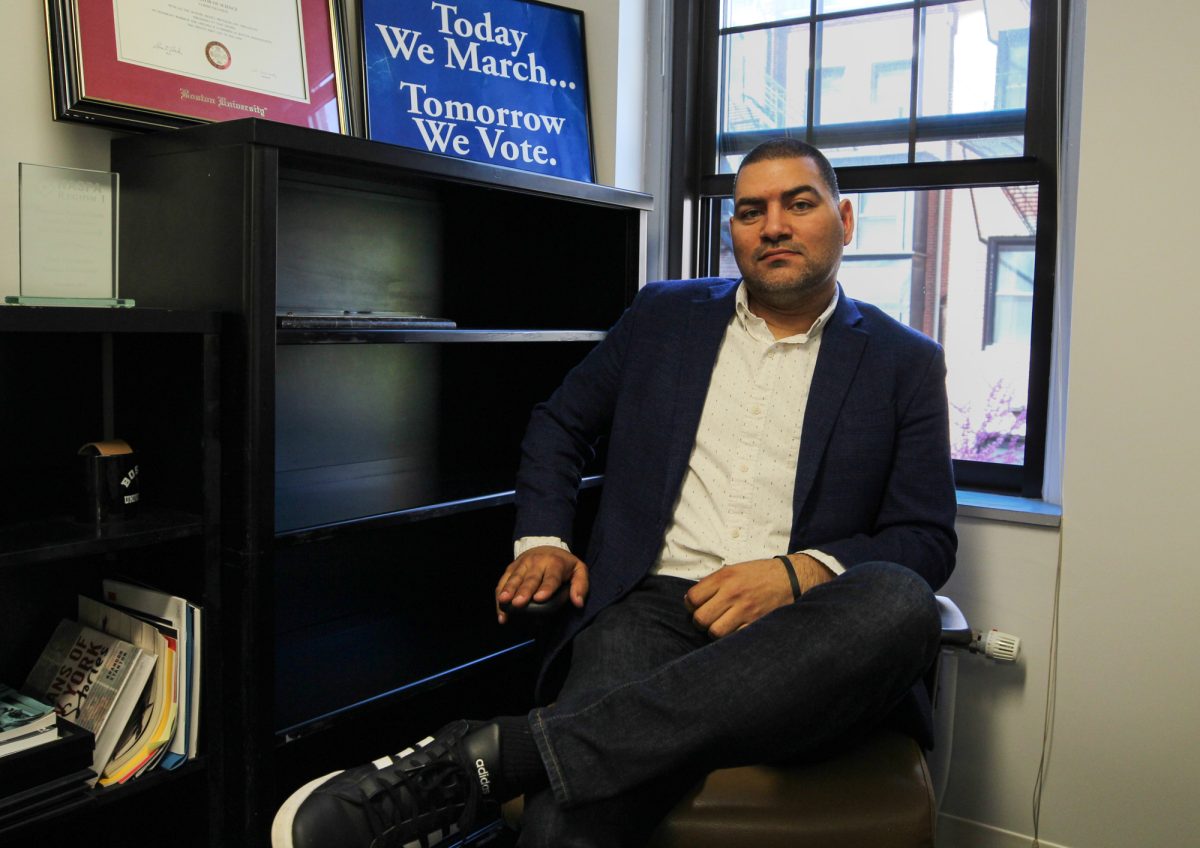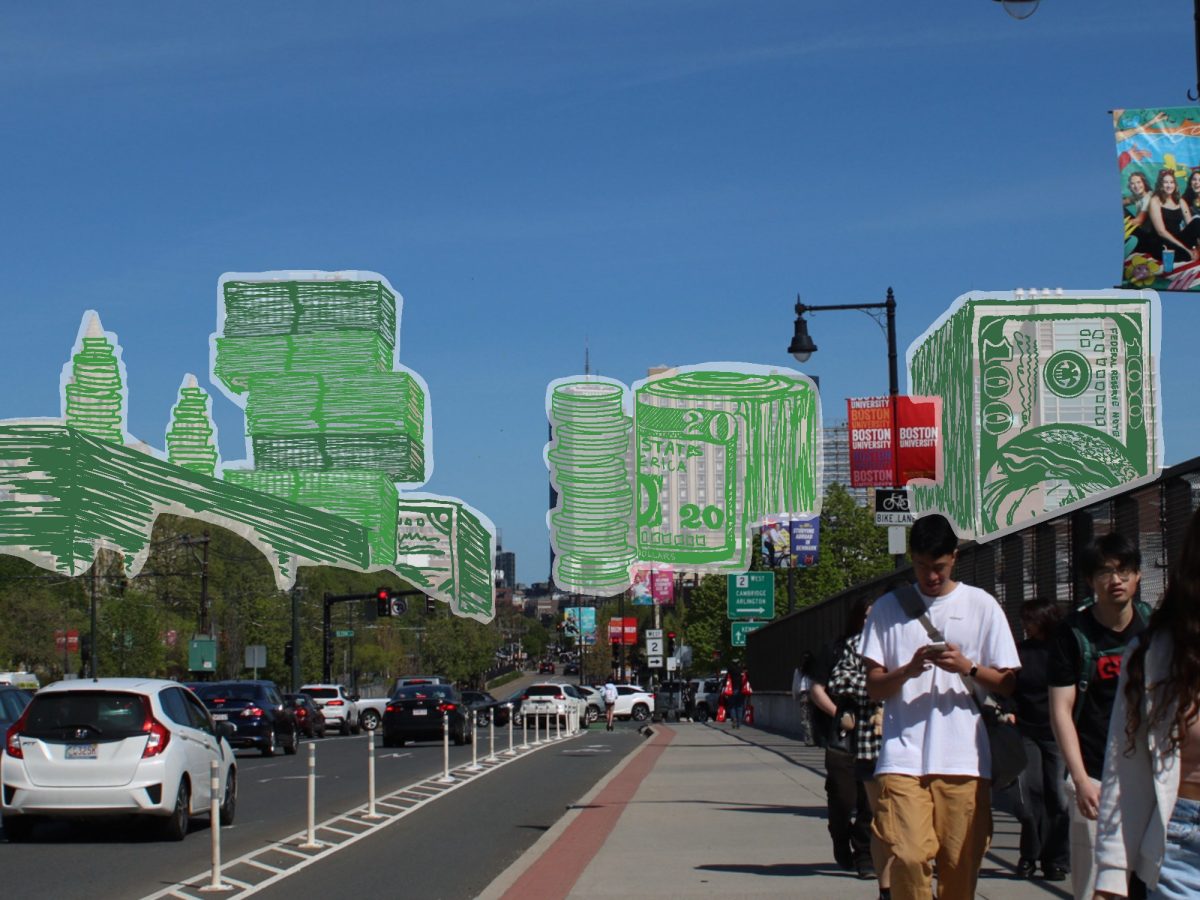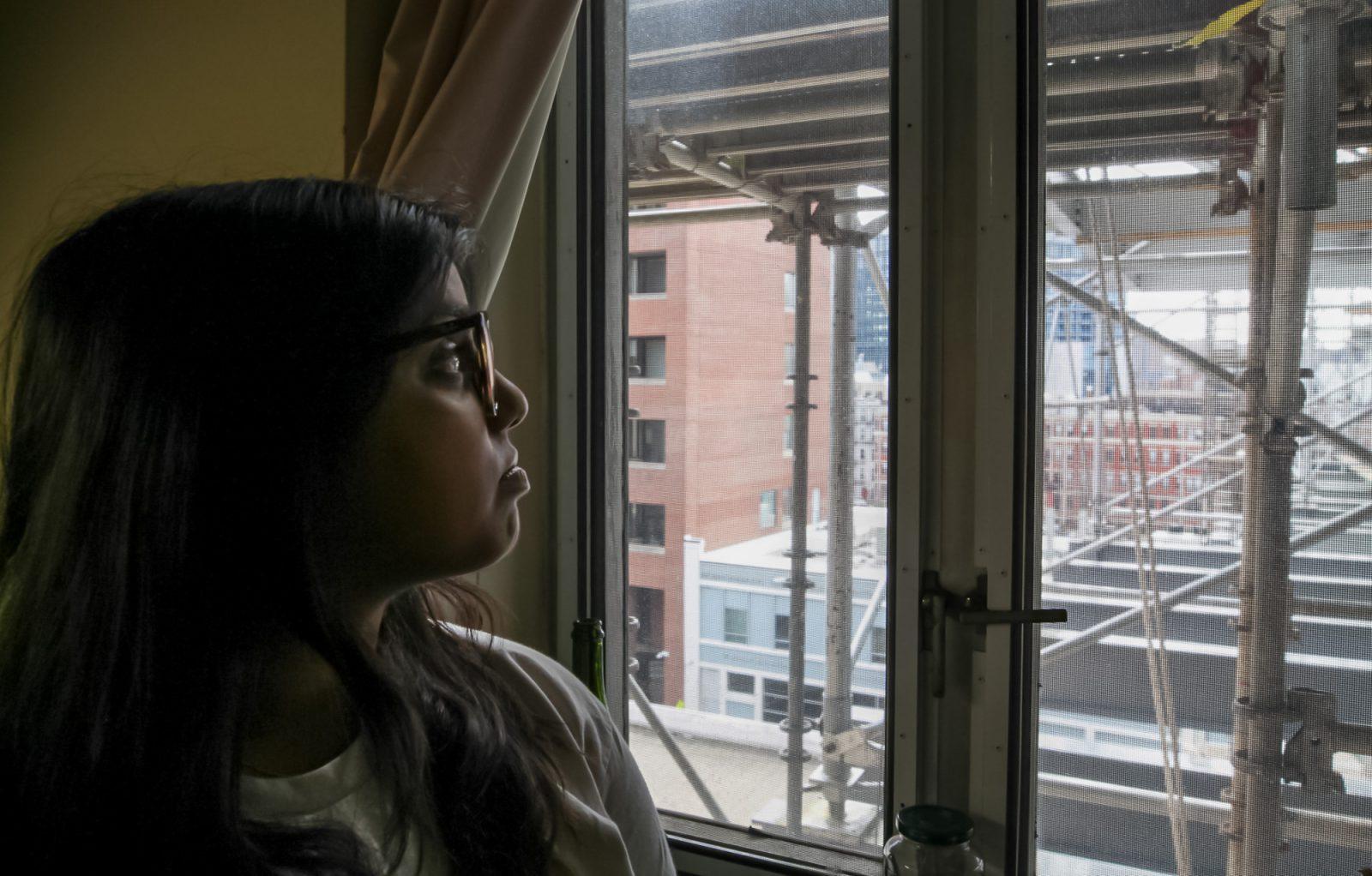The past three months have been an International Relations major’s dream. My spring semester on the International Honors Program consists of studying public health and community in the United States, India, China and South Africa. Though at times I feel like I’m living in a UNICEF ad, I could not ask for a better semester.
With our massive resources and aid organizations, the concept of “saving the world” is common in the United States. This idea has always kind of irked me, because many people seem to pity those living in what we call “extreme poverty.” Even Captain Planet used to run around saving the world with his posse rather than giving communities the chance to work problems out on their own.
In February, I had the chance to go to a slum on the outskirts of Bangalore, India called Ullalu. This particular slum was made up of people who had been forced to move from the city to a very rural area with no support, except for one lonely, under-funded nongovernmental organization. I admit my biases got the best of me. I was expecting to find an expanse of shacks, children with sad eyes and adults looking despondent without jobs. At this point in the trip, I was in fact looking for a UNICEF ad.
Saying that the slum was “thriving” would be naive; the community shared one public toilet, many of the homes were in disarray and respiratory illness rates were high because of incense rolling. I guess I just didn’t think I would see the kind of joy here that I did. The kids were happy, despite running barefoot through dirt roads. I met one woman, clothed in a beautiful indigo sari, who took my hand and guided me toward the schoolhouse. A pack of yelling kids encircled us as we walked. Once at the schoolhouse, the woman gently lifted a young girl whose legs did not work and seemed to have some problem controlling her muscles. The schoolteacher, who spoke English, translated for me. “Selma is her daughter,” she said “and her mother does not have any photos of her.” I had been taking video and digital camera shots throughout the slum, and every kid wanted their own. Taking one picture of a mother and her child was nothing for me, but meant everything to the mother. I couldn’t be there when she got the photo, but if her smile was anything compared to what it was when she saw the image on my LCD screen, nothing could be better. She did not ask for money or food — only a photo.
People in “extreme poverty” know their own needs. A lack of technology like cameras or computers does not necessarily indicate that they are poor. Time and again we see computers donated to schools that need books. Expensive equipment is donated to hospitals that just need latex gloves. Why do we try to “help” what we call struggling communities by handing out advanced technologies, when they only need help with basics? Maybe by working with communities, rather than deciding for ourselves their needs, we could ask them what they need and if they want it from us. In fact, some of these communities are content. We don’t see a dirt floor as ideal, but as a woman I spoke to said, “This is all I have known. I am happy. Why would I want to leave?” Our idea of poverty tends to be based on our culture. Some people don’t want a tile floor and a kitchenette. On the other hand, people do want the basics. Clean running water, a roof over their heads, waste disposal and access to medical care are essential, whether you’re living in New York City or rural India.
Ullalu was in what most would consider poverty. However, those of us in the “developed” world should reconsider what this means and reevaluate our idea of giving aid. Life can be improved for people living in what we call extreme poverty, but perhaps we should ask these people if they want our help before we offer it to them. For all of those who are out to save the entire world (I used to be among them), reconsider your motives. The world cannot be saved by one person, but one person can certainly help the world save itself.
Kate Joyce, a junior in the College of Arts and Sciences can be reached at [email protected].

